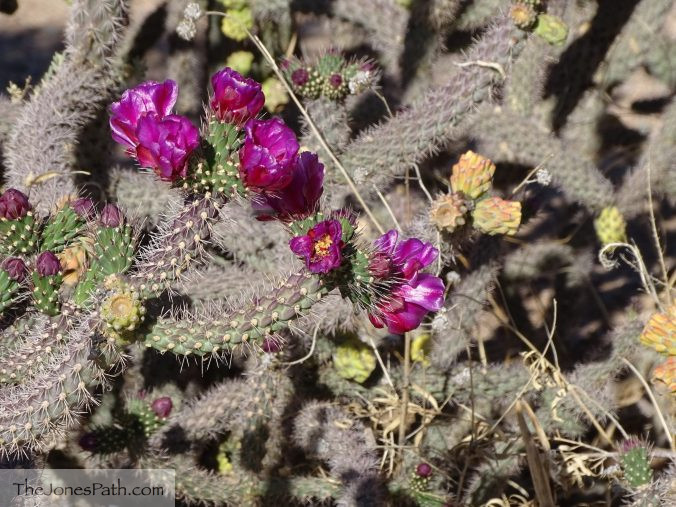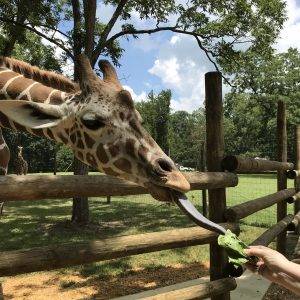Monday, May 2, I was up early to get a good walk in before we hit the road. I’d be lying if I said I wasn’t thinking about that wild boar from the last post as I walked around the deserted park roads alone in the predawn light. Since we’d been hearing so many coyotes in the early mornings, I also kept an eye out for them. I don’t really think they would bother me, though. I caught sight of a deer crossing the road up ahead and a LOT of rabbits, but no boar…thankfully. We got on the road before 8 AM, first heading north on TX-208, then west on US-180 at Snyder. It started out as a cloudy day, but things broke up fairly early and ended up being beautiful. The landscape was mostly flat scrub with mountains way off in the distance. In Seminole, Texas, we passed one of the arrows marking the Quanah Parker Trail. His mother, Cynthia Ann Parker, was a young, white girl taken in a raid on Fort Parker when she was 9 years old. She was given the name Nadua, assimilated into her adopted tribe, and married the warrior chief Peta Nocona or “Lone Wanderer”. In 1860, after Quanah, his brother Pecos, and sister Topsana were born, Cynthia and her baby daughter were captured by Texas Rangers in a raid against the Nokoni Comanche. Brought back to her birth family, she tried several times without success to escape and return to the Comanche. After Topsana died of pneumonia in 1863, Cynthia stopped eating and died. Many years later, the proud Comanche nation that had once controlled a huge area of the plains including parts of what would become Colorado, Kansas, Oklahoma, New Mexico, and Texas, lost its battle with the white man. They were sent to live on the reservation in Oklahoma. In the Comanche system, each band had their own chief elected by their people. There had never been an overall leader, but that changed when the United States government appointed Quanah Parker as the principal chief of the Comanche Nation. A smart leader, he forged relationships with local ranchers, leased grassland on the reservation to provide income for his tribe, and became the primary emissary to the U.S. legislature for all southwest indigenous Americans. He has been called the “Last Chief of the Comanche”, and is one of the most recognizable. These arrows are spread all over Texas, marking significant locations in the life of this great leader.
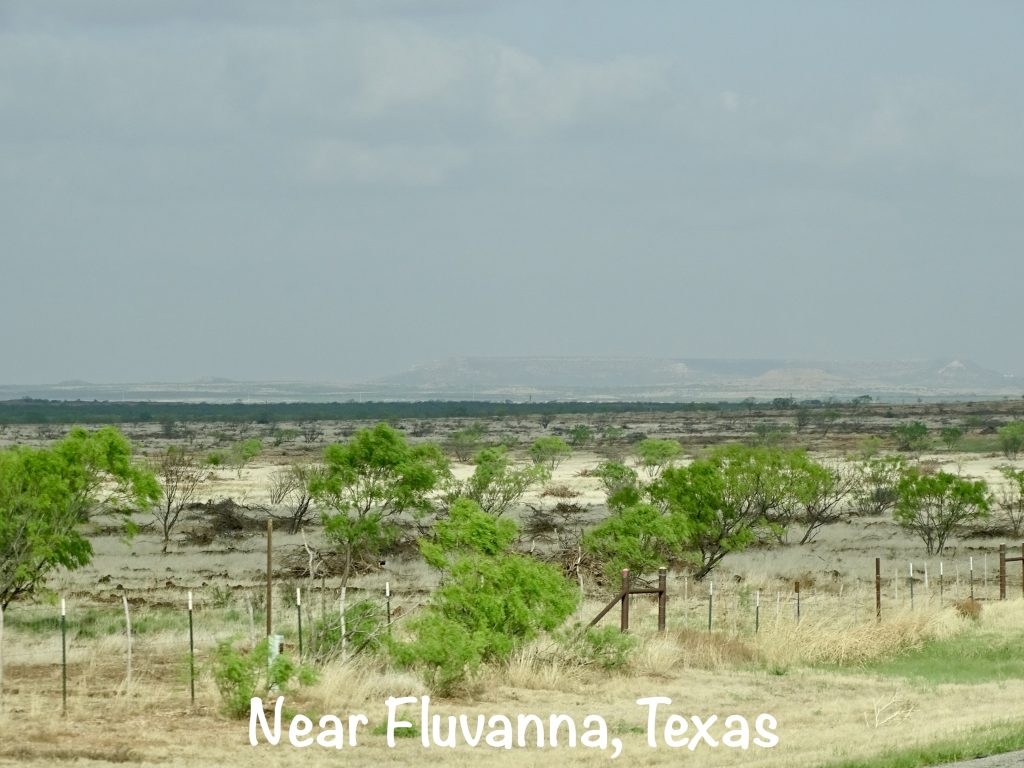
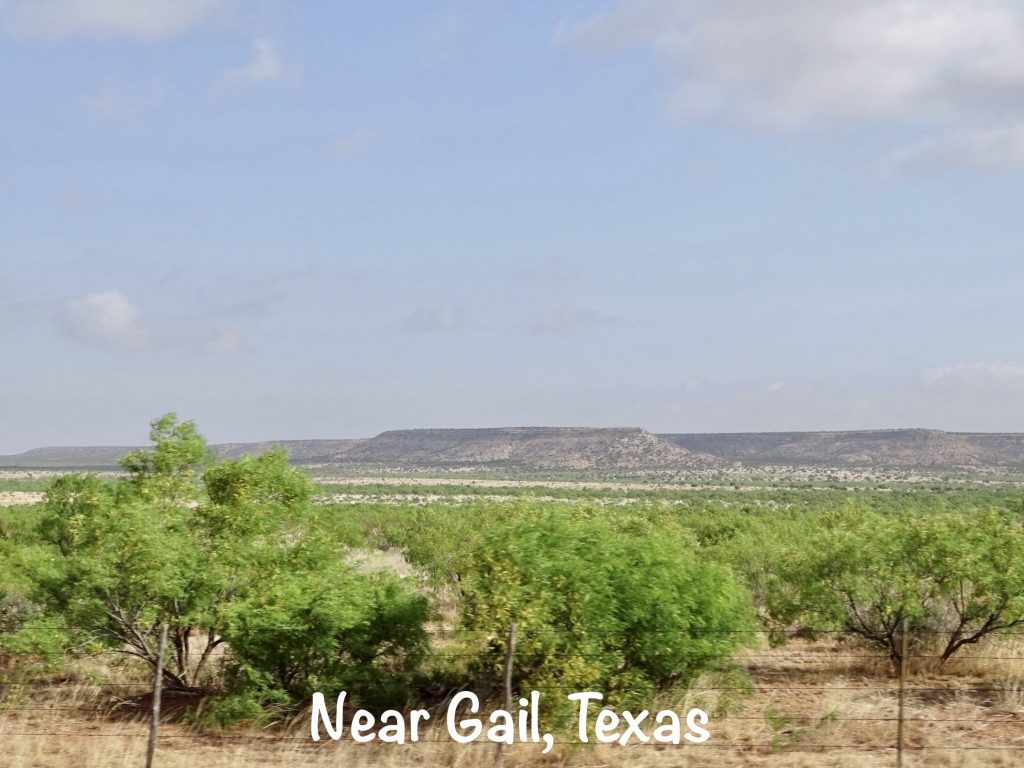
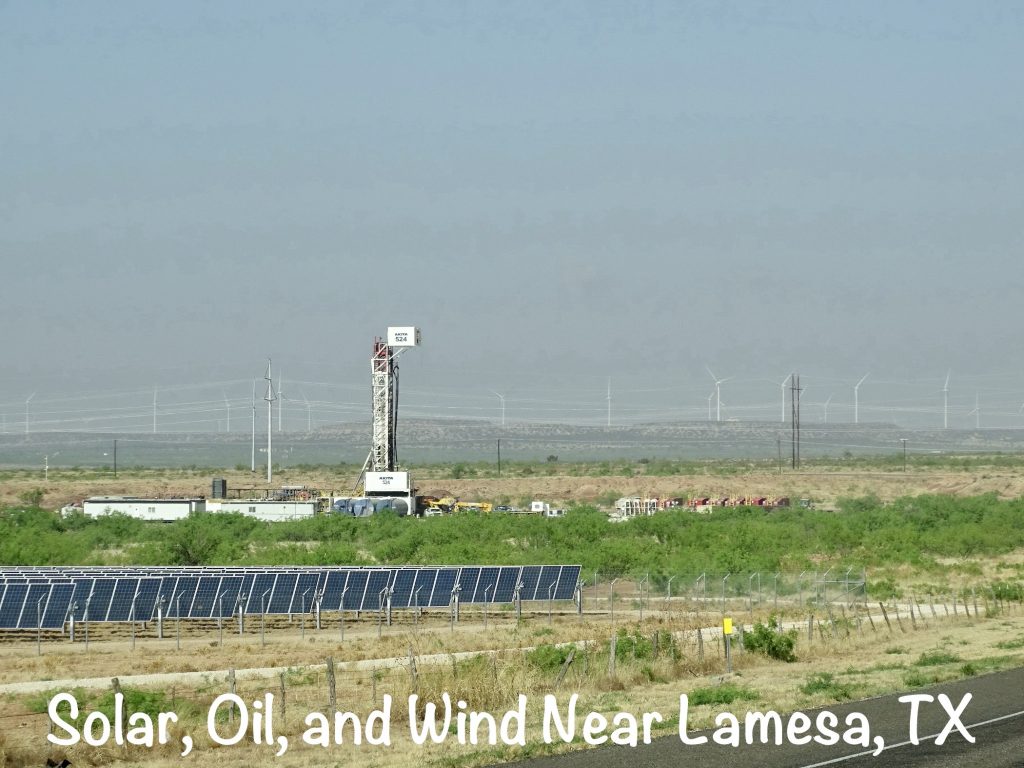
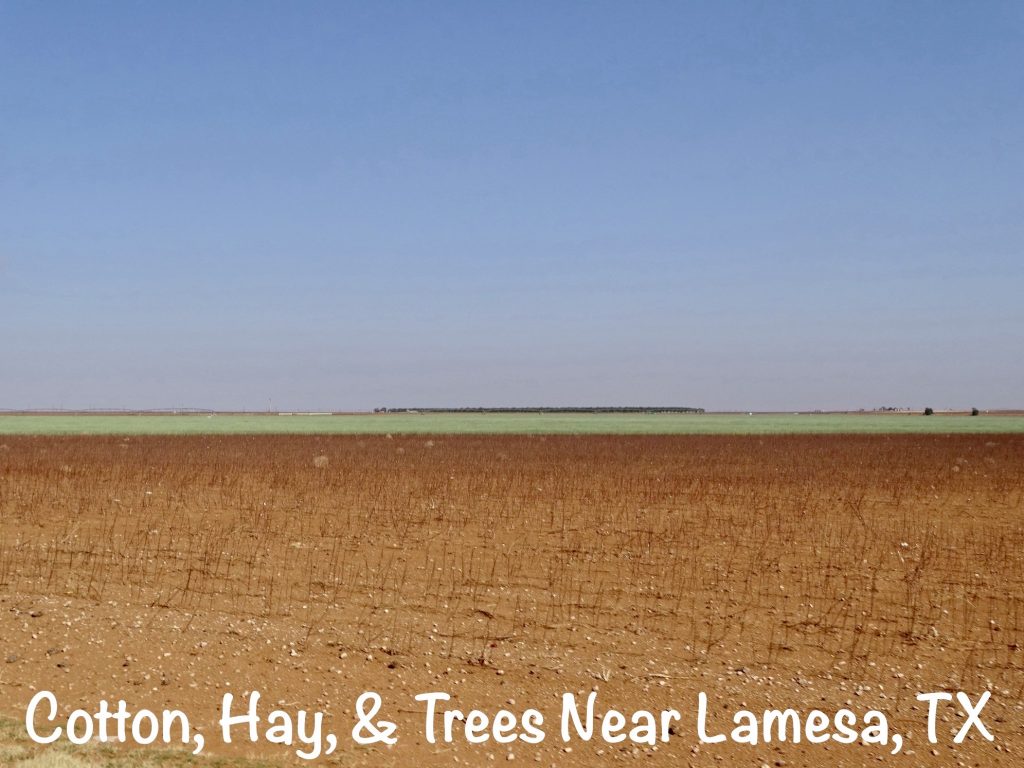
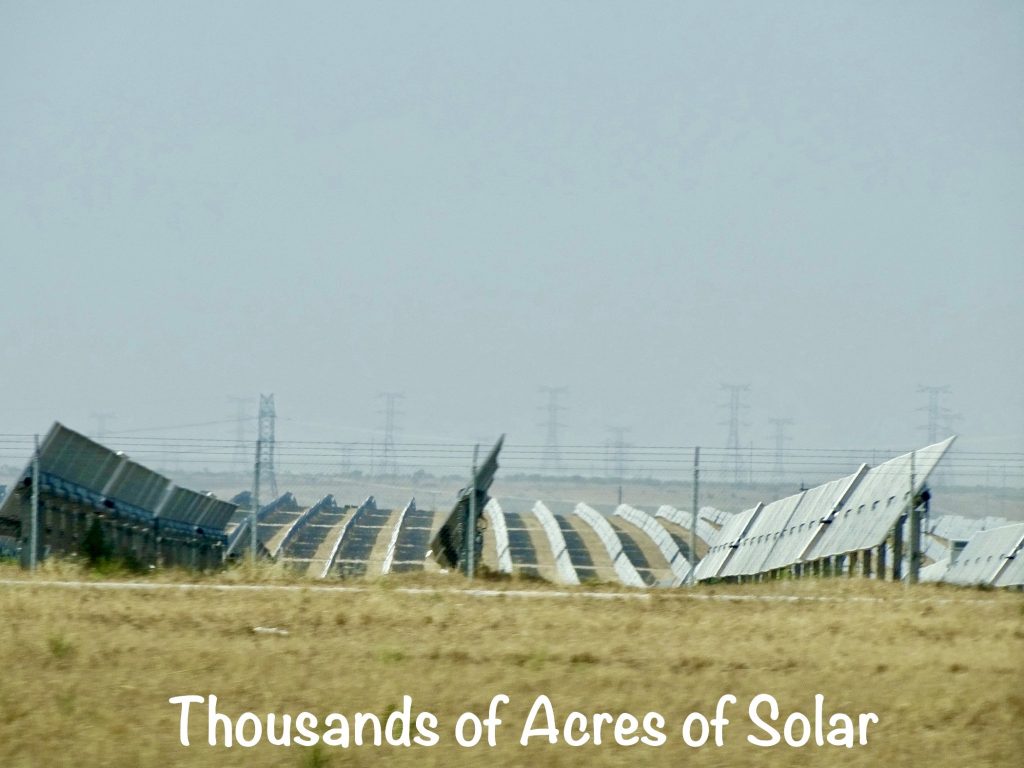
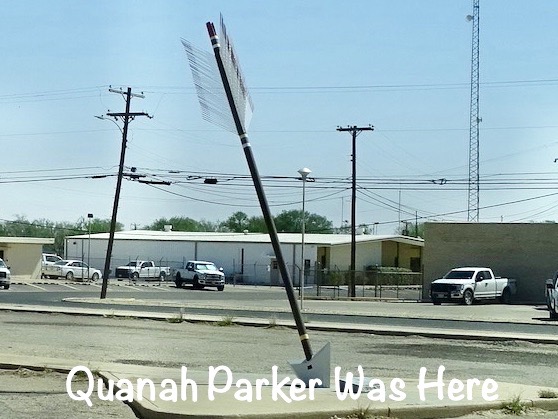
It was time for lunch, so we stopped at Just a Bite in Seminole. We thought that it was a regular restaurant, but turned out to be a home cooking buffet. There were just a handful of people in the place when we arrived, but within a few minutes it was crowded. After trying the food, we understood why. It was delicious! After lunch, we continued west into New Mexico, passing through Hobbs to Carlsbad. We stopped in town to check out a statue honoring James Larkin White, a local raised cowboy who led the exploration of Carlsbad Caverns and is the primary person responsible for bringing it to the attention of the public and the federal government. We can thank his efforts for Carlsbad Caverns National Park. We finally made it to our new home, Carlsbad RV Resort, about mid-afternoon. The biggest crop for the day was sunlight. We passed the largest solar field we’ve ever seen…seriously, miles and miles. After getting Petunia set up, I ran out to find a post office, then the agenda was relaxing for the rest of the evening.
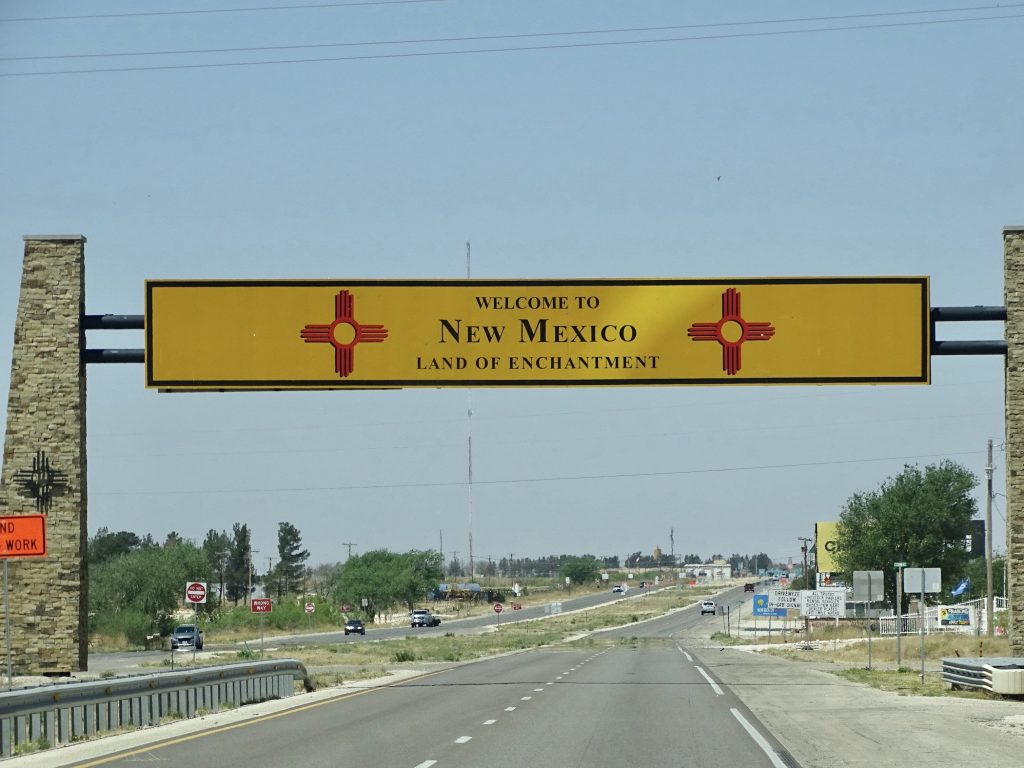
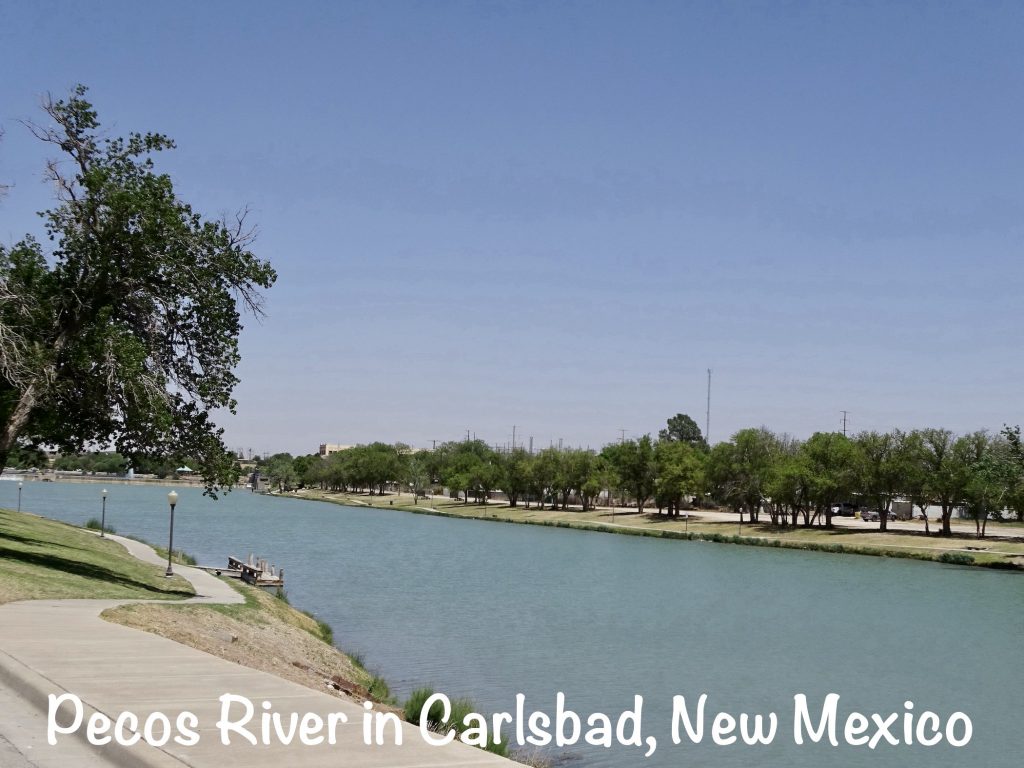
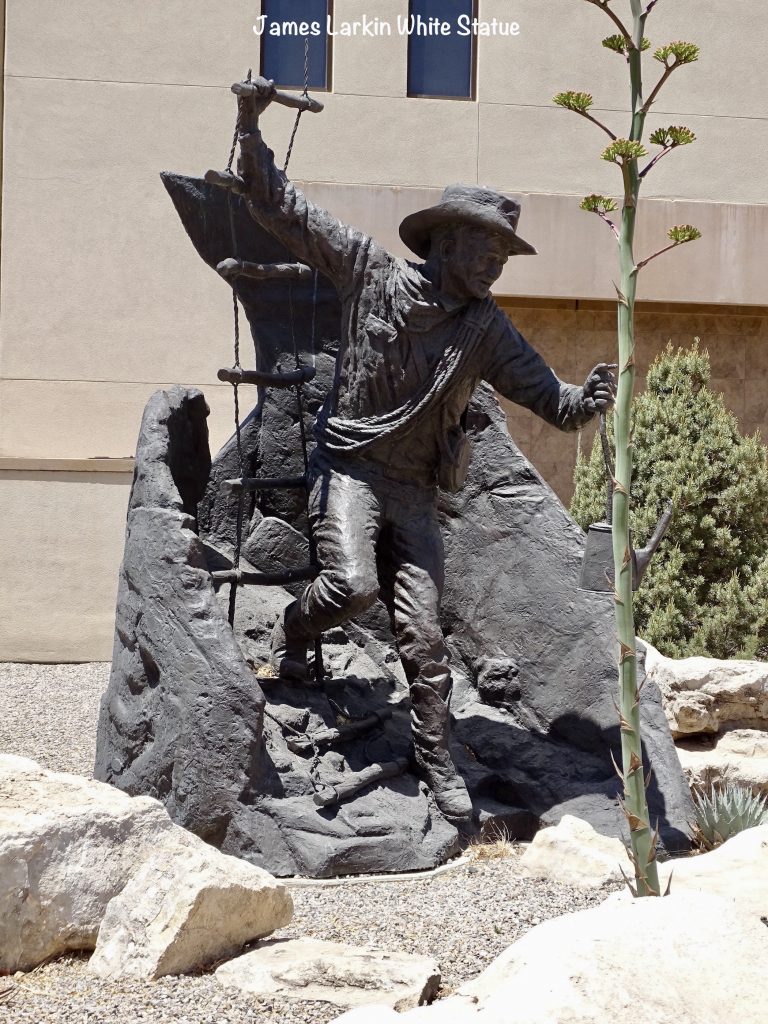
On Tuesday we were up early and heading south to get another pin for our map…Guadalupe Mountains National Park, which is about 40 minutes south and back in Texas. We arrived just as the Visitor’s Center was opening to get information on the park and trails. Covering 86,367 acres, this park is all about the beautiful mountains, including the 8,751′ Guadalupe Peak, which is the highest point in Texas. It is also the location of El Capitan, a landmark for travelers on the route that would later be run by the Butterfield Overland Mail stagecoach. You can see ruins of the old Butterfield Pinery Station, used from 1858 to 1859, a short walk from the Visitor’s Center on a beautiful trail. The park is most known for its vast wilderness, backcountry campgrounds, and over 80 miles of trails. Unlike most other mountain ranges, the Guadalupe Mountains are what remains of the ancient Capitan Reef that formed in a shallow ocean during the Permian Period. The park today has three distinct environments…desert, river/stream areas with abundant growth, and mountain zones with juniper, pinion, and ponderosa pine.
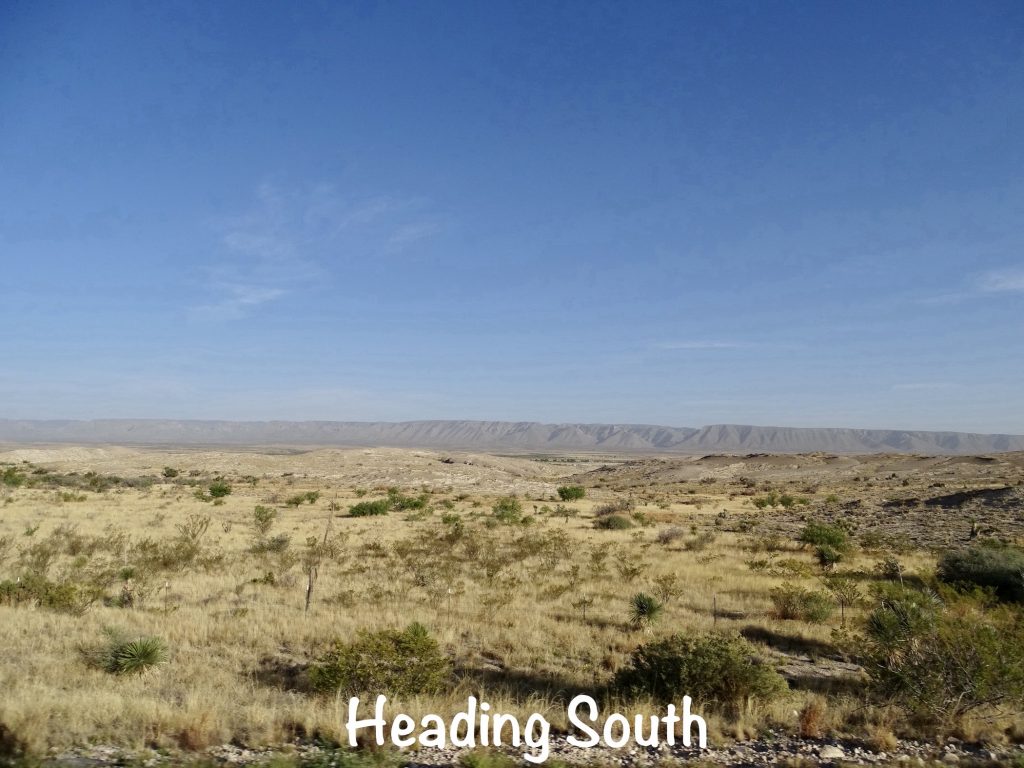
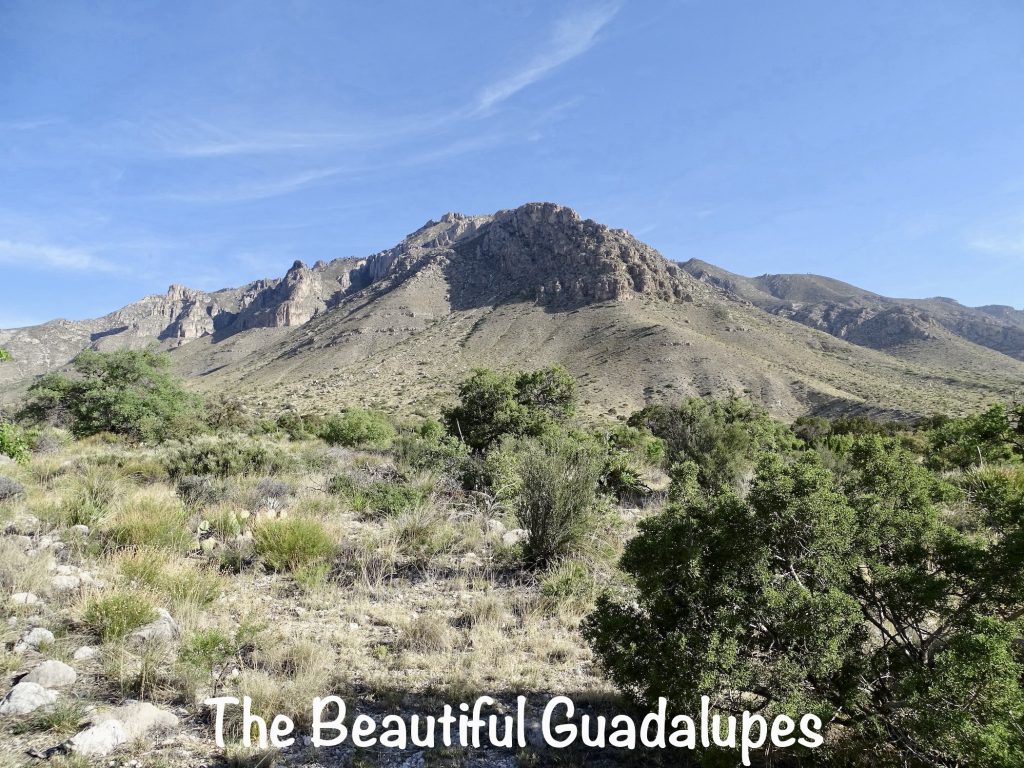
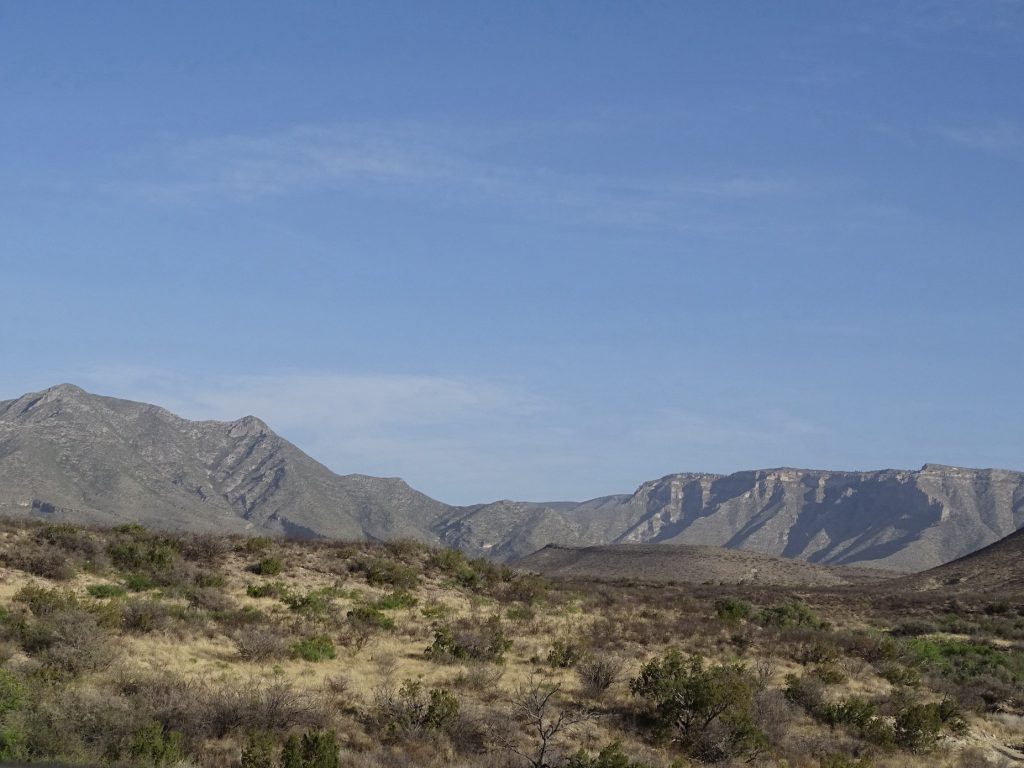
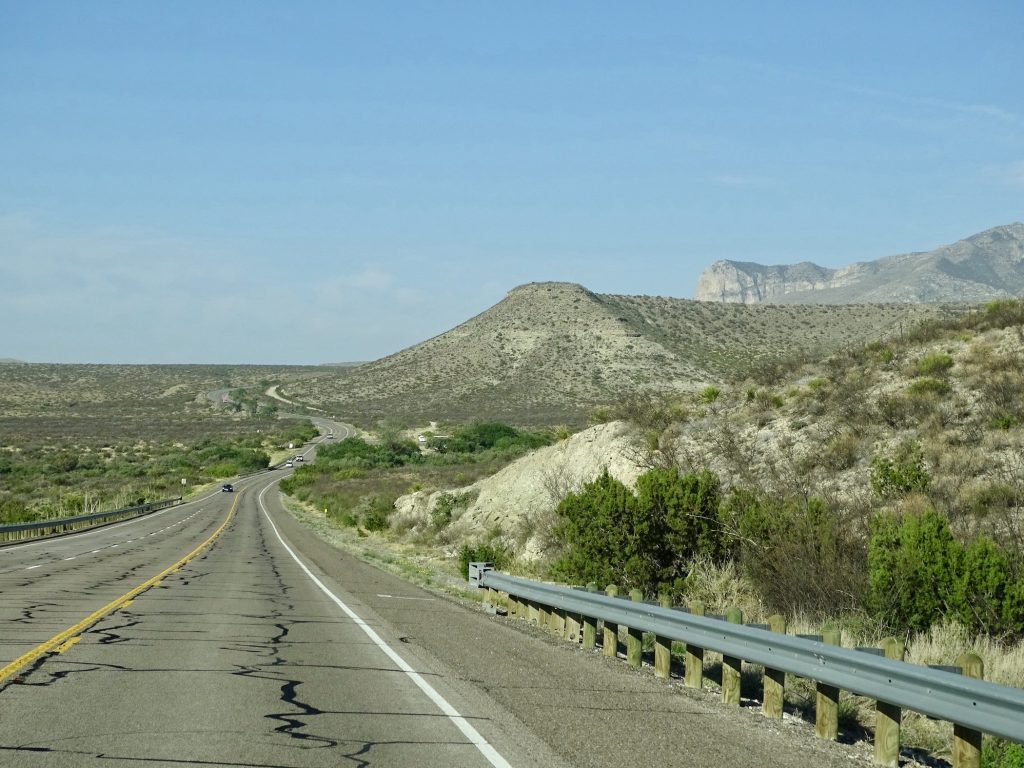
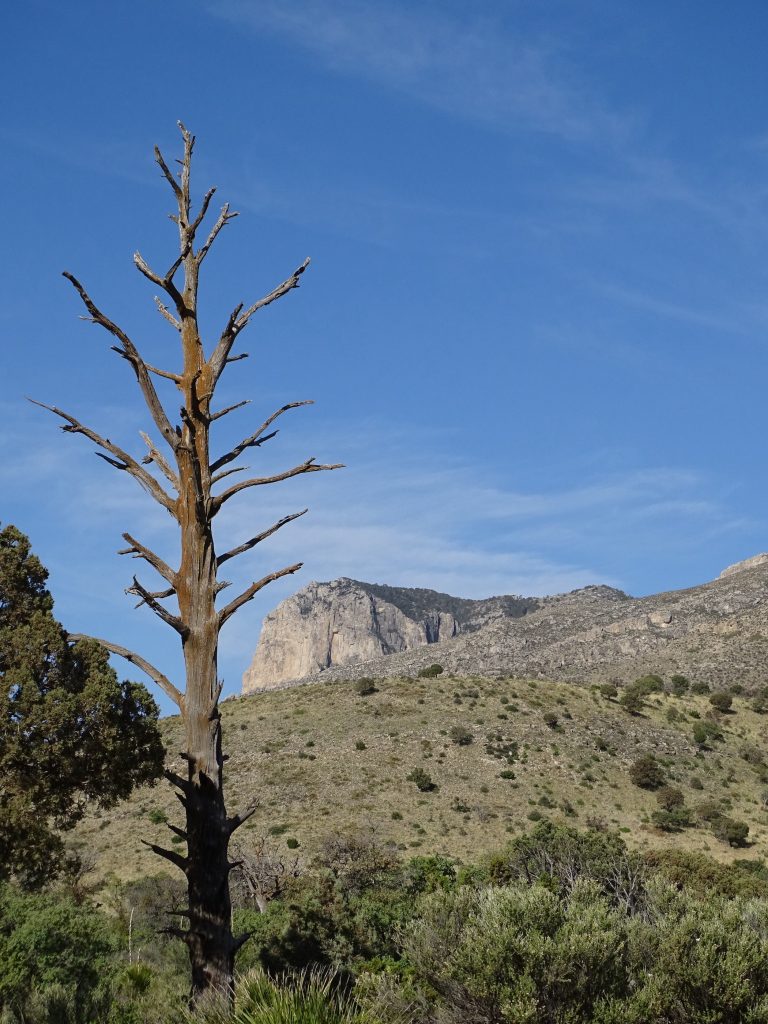
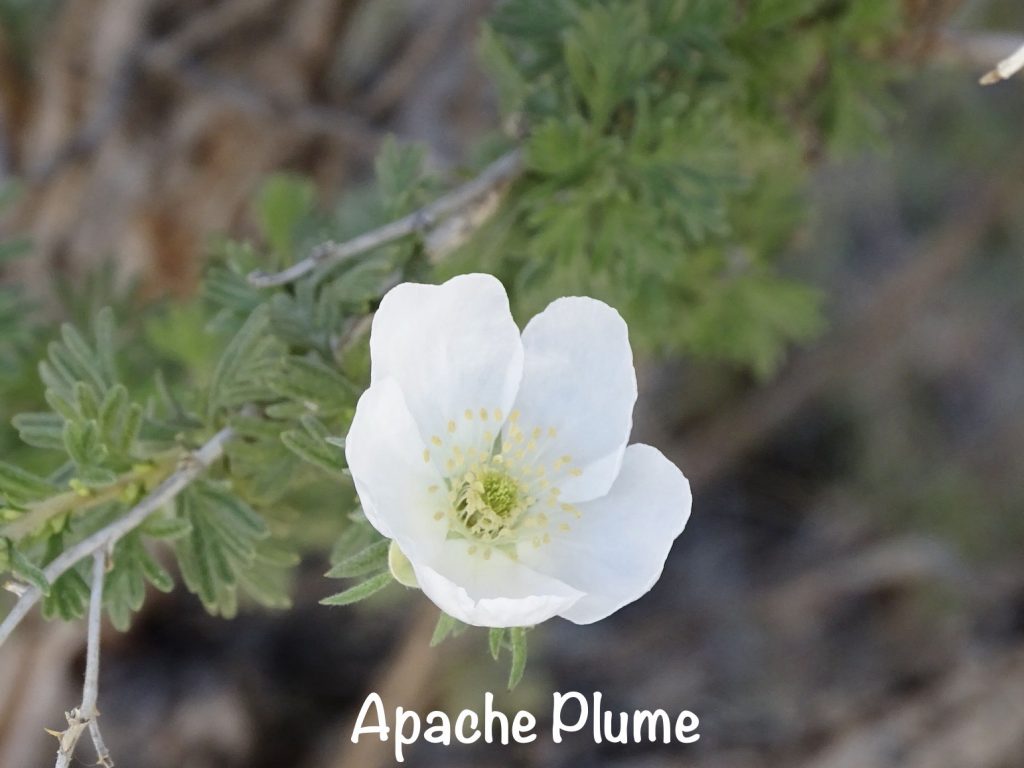
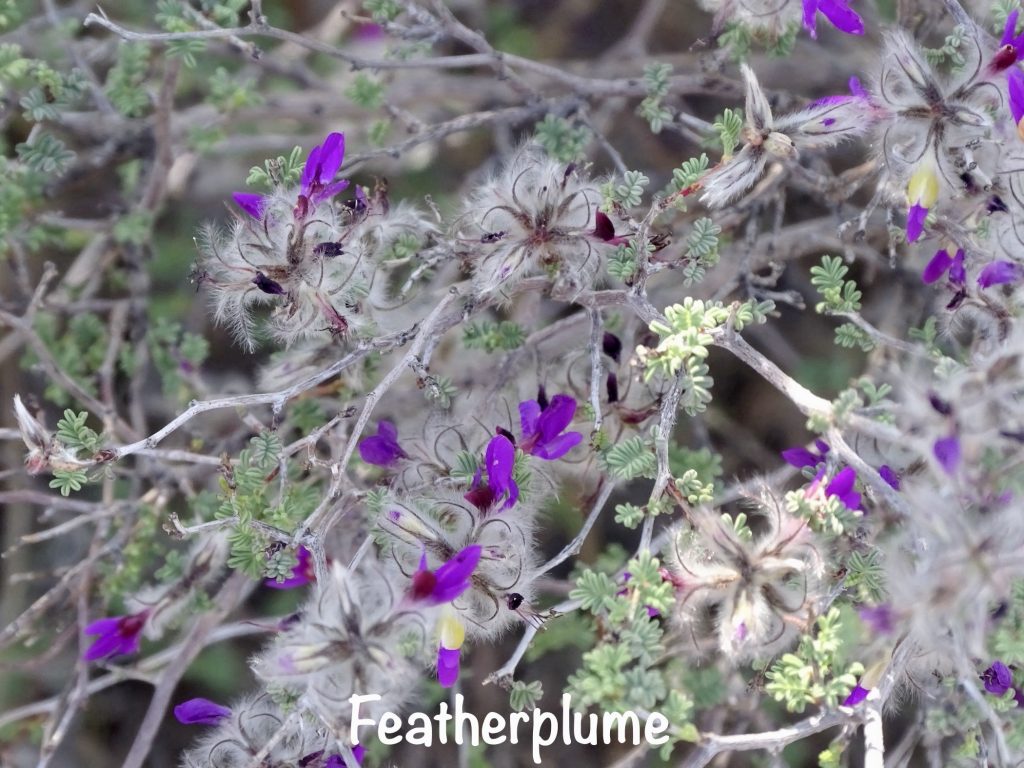
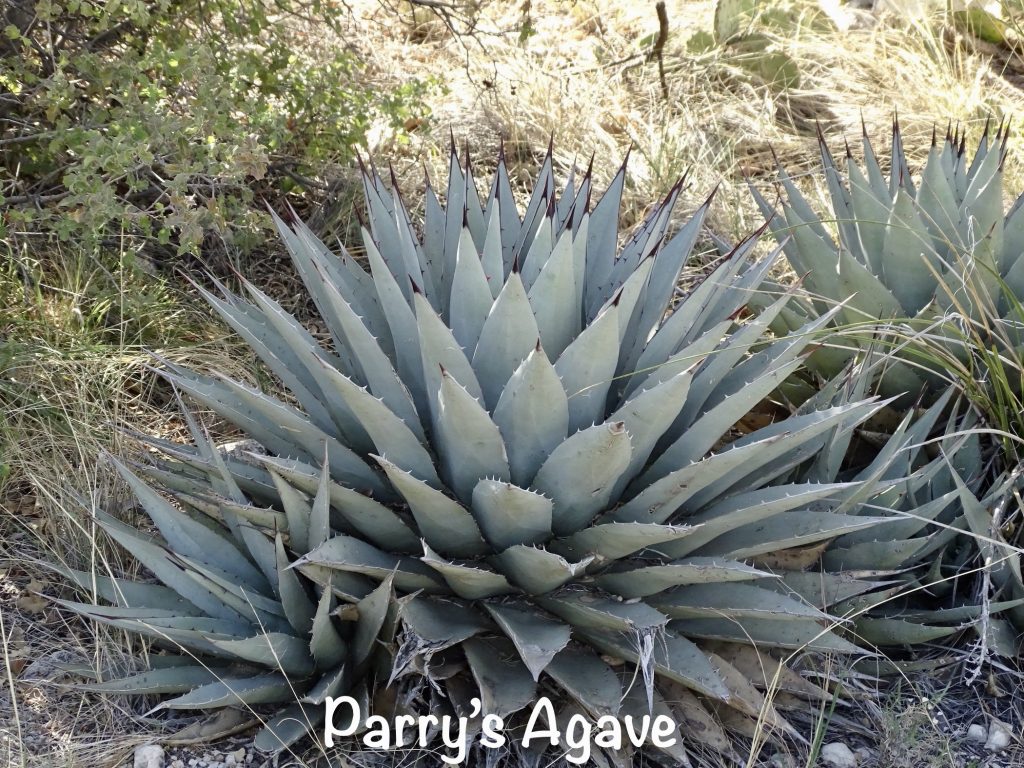

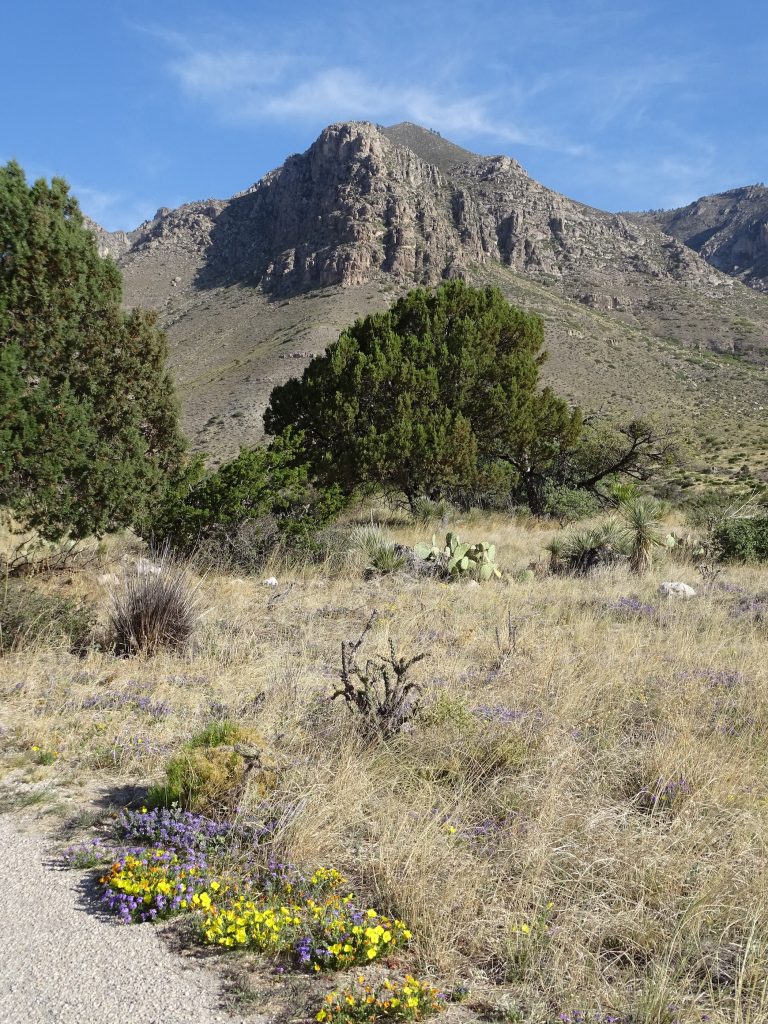
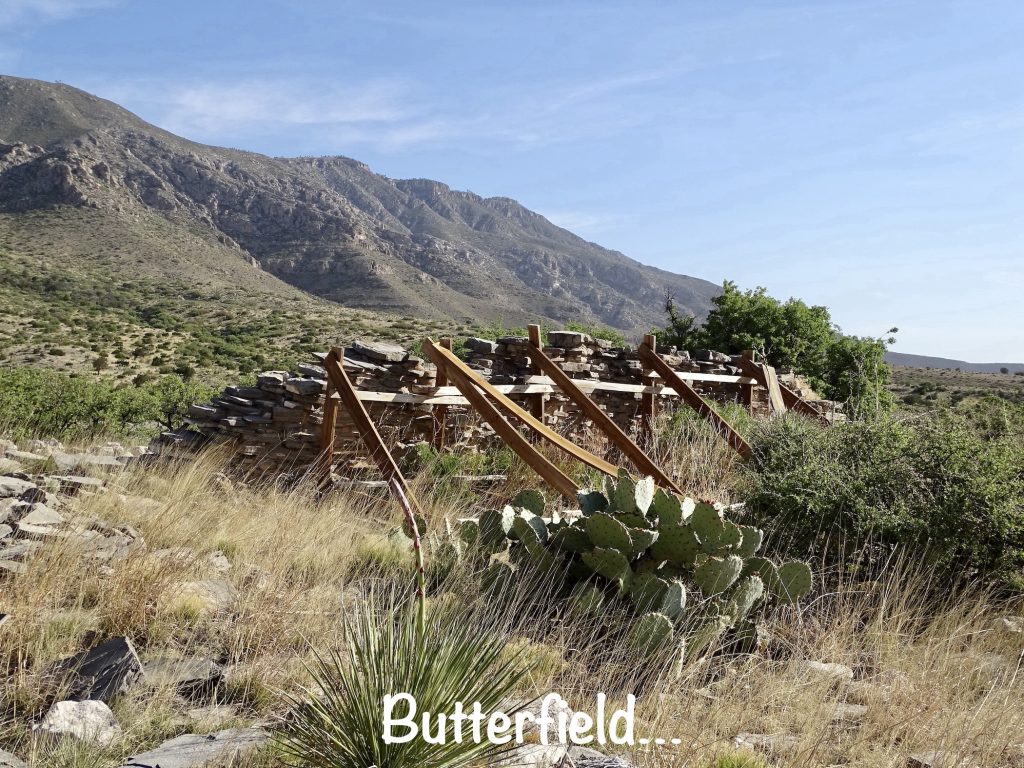
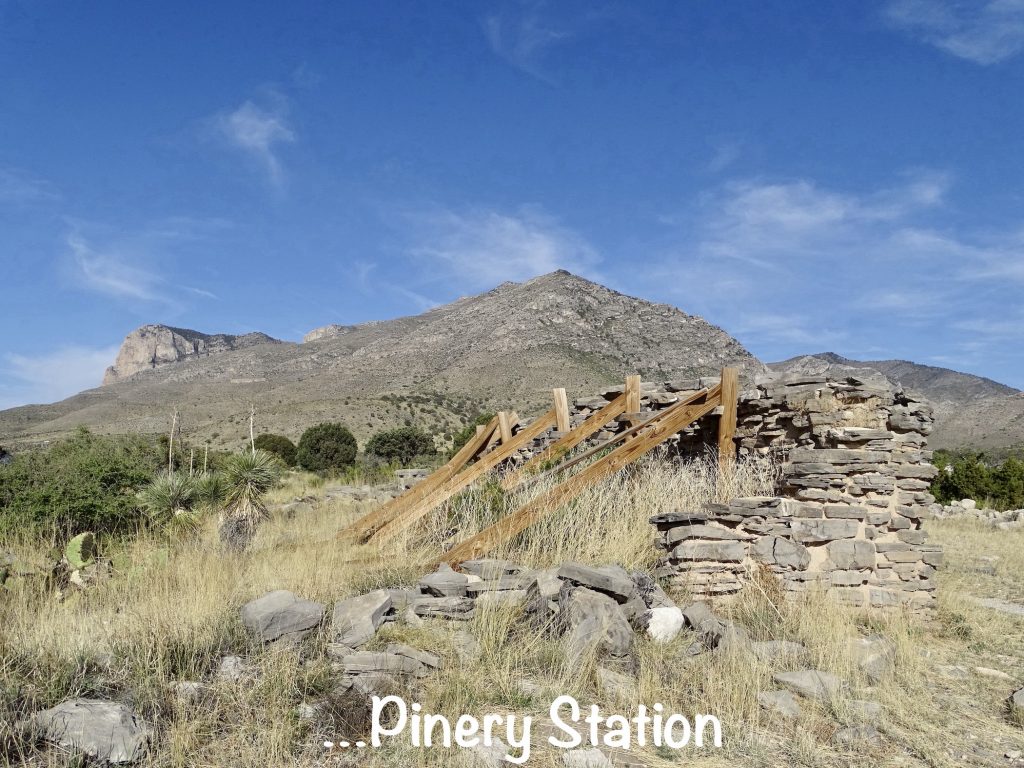
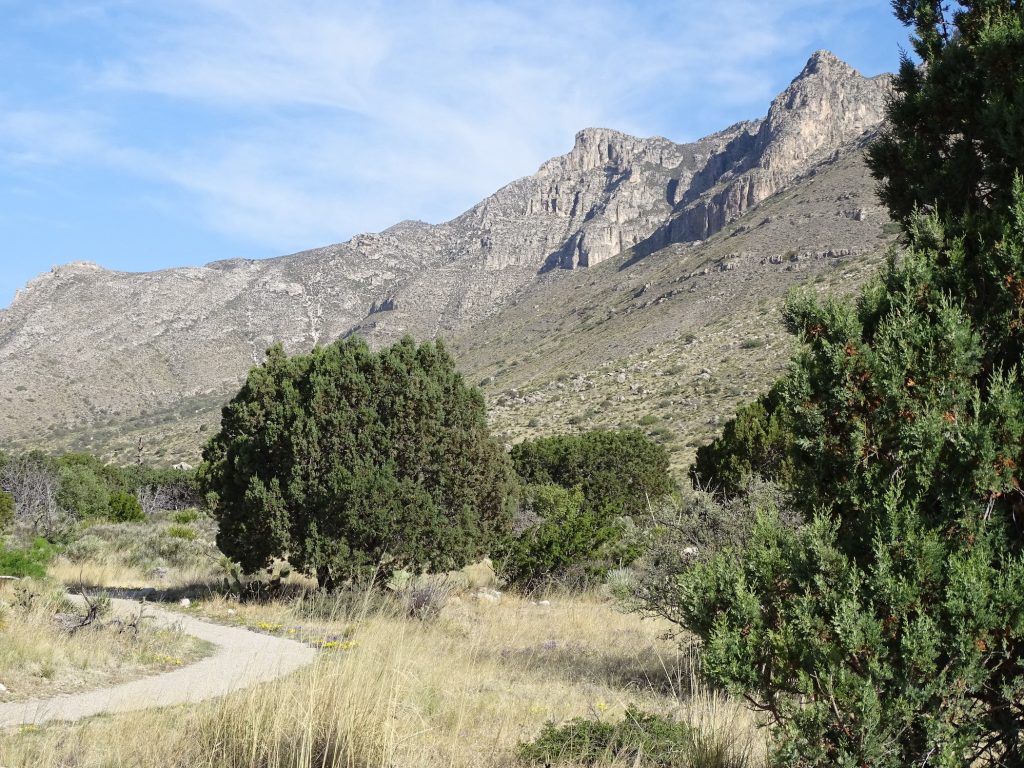
Next we headed over to the Frijole Ranch History Museum. A bit of an oasis, the ranch is located in a low spot with a spring, which allows large trees to grow. The difference in temperature from the parking lot to the house was about 15 degrees! The cool breeze blowing through made it even better. I’m sure that was part of the decision to build in this spot. The Rader brothers built the original house in 1876. A few years later when they moved on, the Herring family from North Carolina moved in and took up ranching. Other families occupied the property, most notably, the Smith’s in 1906. These hardy folks had ten children and made their living by raising cattle, horses, pigs, and chickens and truck farming from their 15-acre orchard and garden. They would load up their fruits and vegetables in the wagons, covering them with wet cloth to keep them cool, then travel for two days to Van Horn, 65 miles away to sell their harvest. Wow!
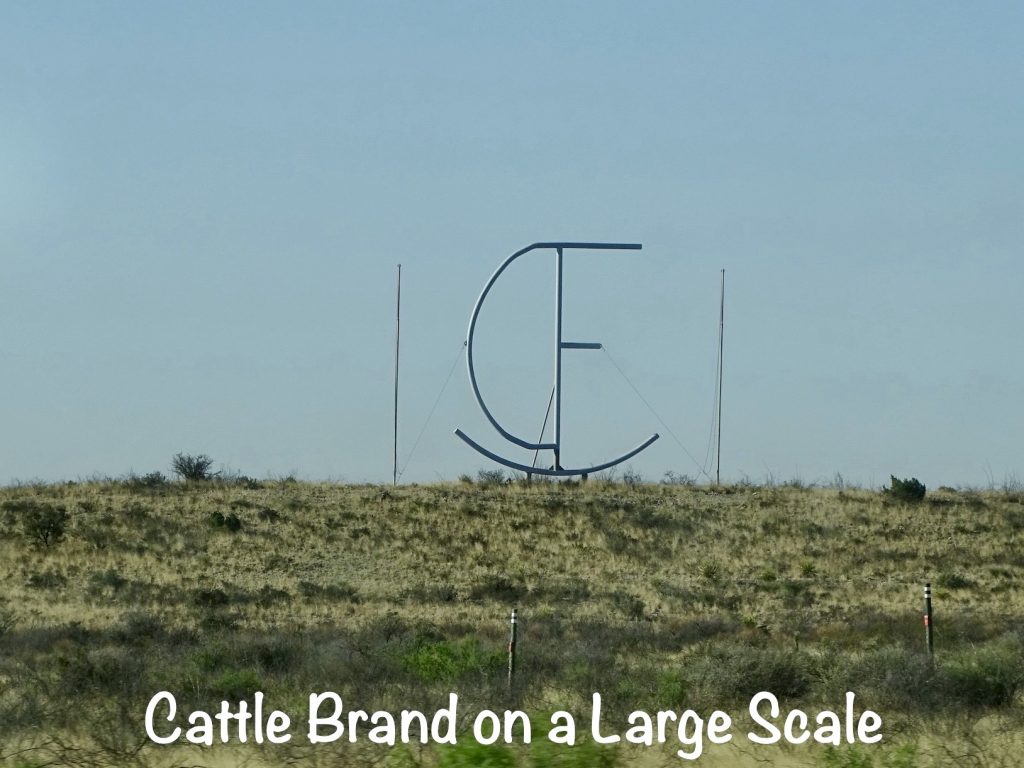
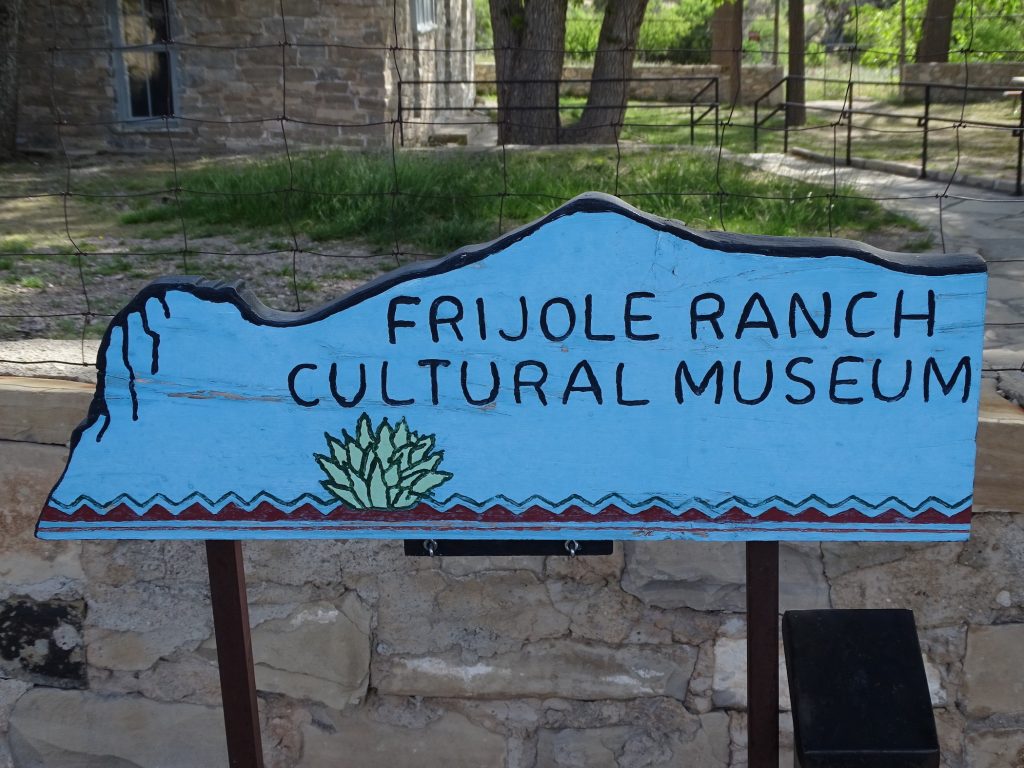
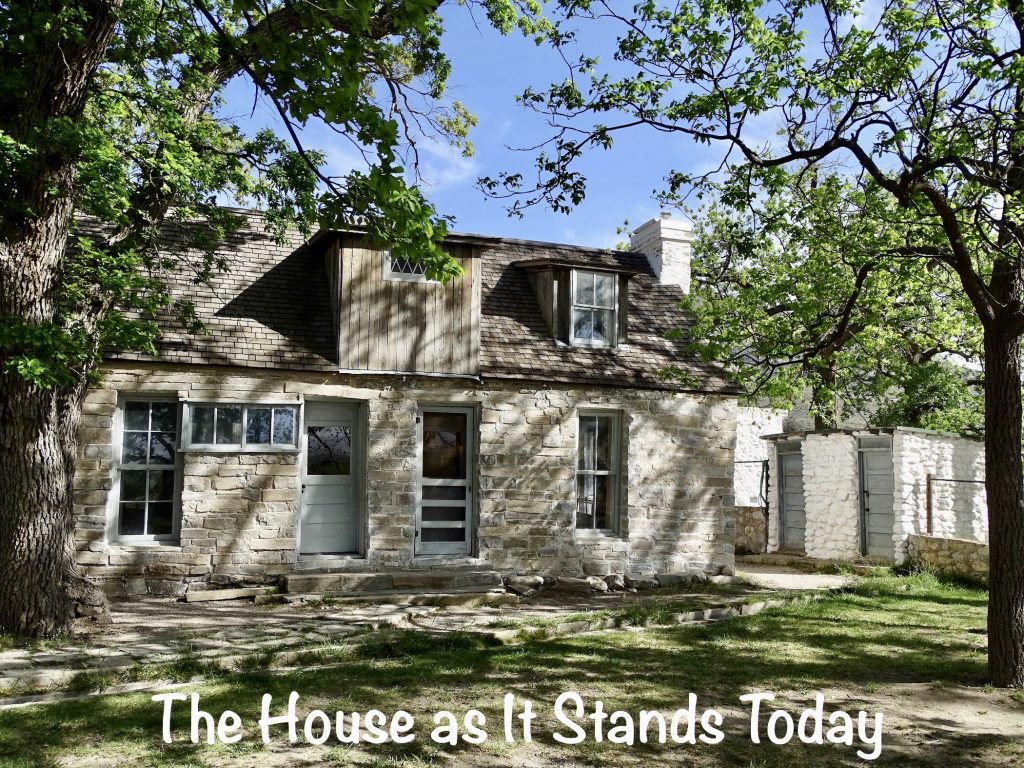
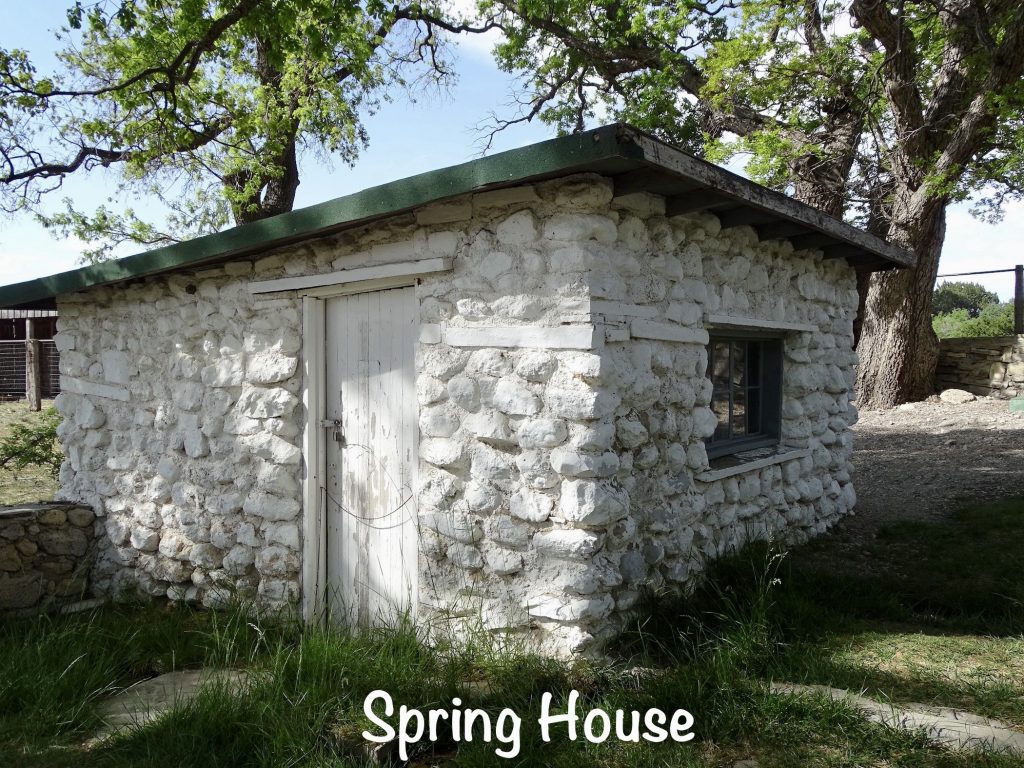
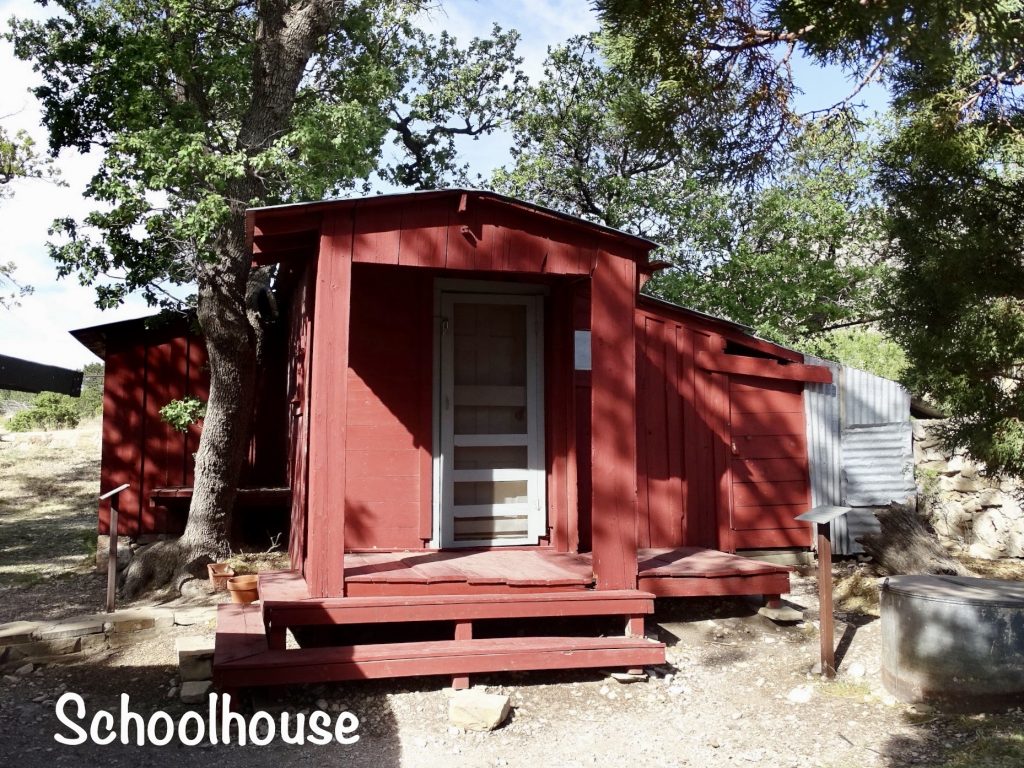
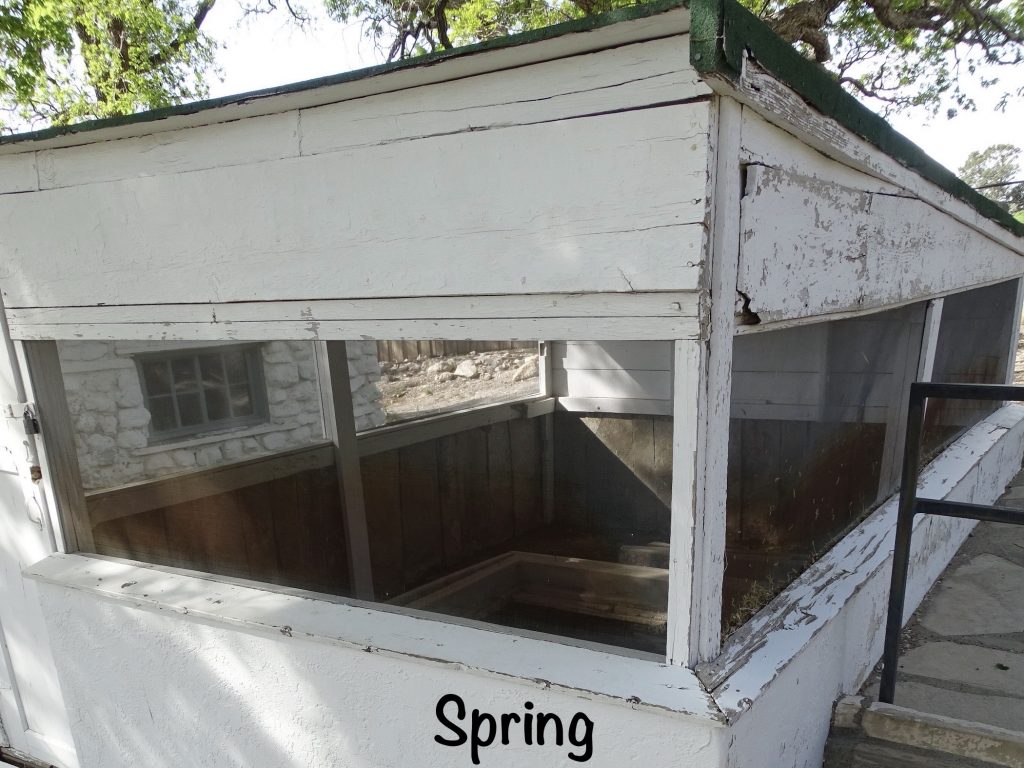
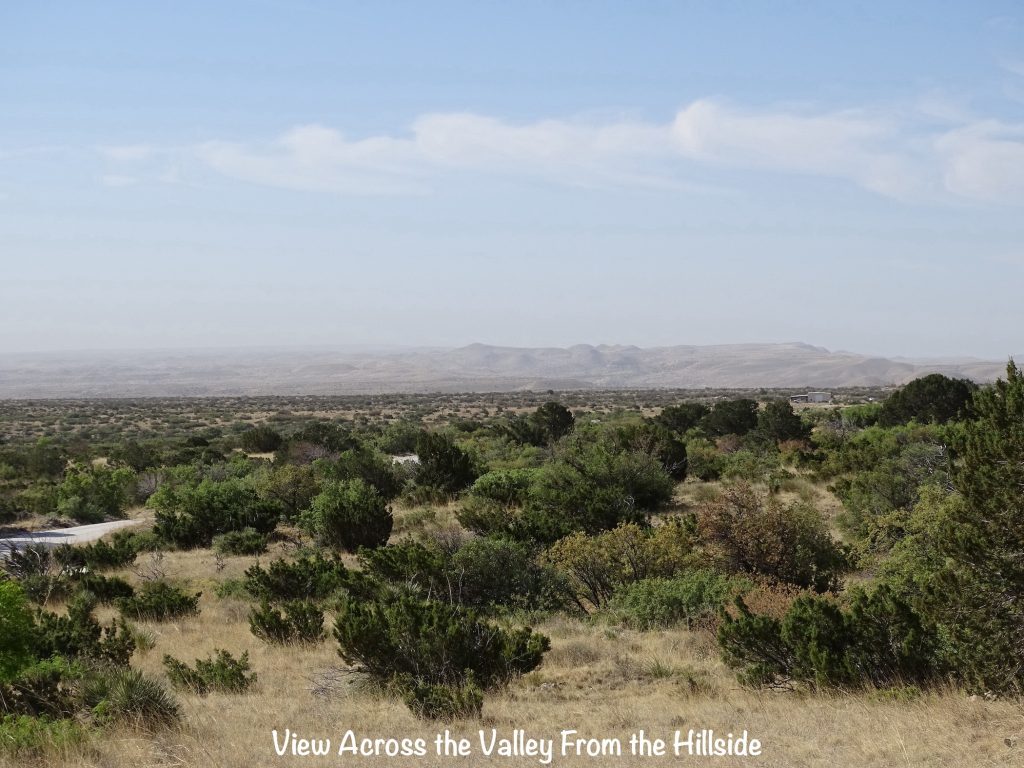
Our final stop in the park was to check out the trails in McKittrick Canyon. Although it would be pretty darned hot later, the morning was very cool and perfect for walking. We headed out on the Pratt Cabin trail, but only went a 1/2 mile or so before turning back. Hiking here is not like hiking in the east. The dry air sucks every bit of moisture out of you in a relatively short time. You do not want to hike too far without bringing water. Of course, sunblock, hats, etc., are important, too. In the event you go far into the backcountry and get lost, the lack of water will kill you quickly. Back to the cabin…In 1921 Wallace Pratt worked for Humble Oil and Refining Company and came to Pecos, Texas, to purchase oil leases. While in town, he was invited by a local attorney to ride out and see “the most beautiful spot in Texas”. The trip took several hours of driving through the desert with no roads in a Ford Model T, but they finally entered what is now known as McKittrick Canyon. Pratt fell in love immediately. On the return trip Pratt learned that the McCombs Ranch, which included part of the canyon, was for sale. Pratt bought a quarter interest with partners who wanted it for hunting, then bought them out when the stock market crashed in 1929. The stone and wood cabin was built during the depression and, except for a brief period in 1945, was always a summer cabin. When health issues took the Pratts to Tucson, Arizona, they donated their 5,000 acres in the canyon to the National Park Service. Wallace Pratt died in 1981 and, until that day, shared his love of the most beautiful canyon with anyone who was interested.
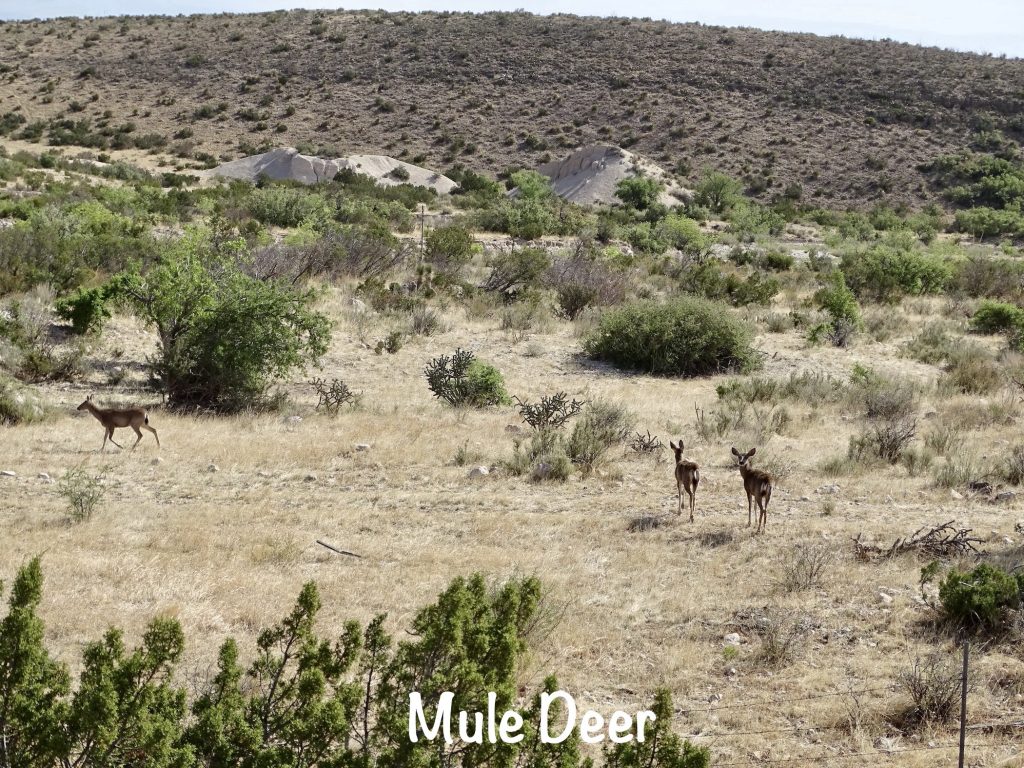
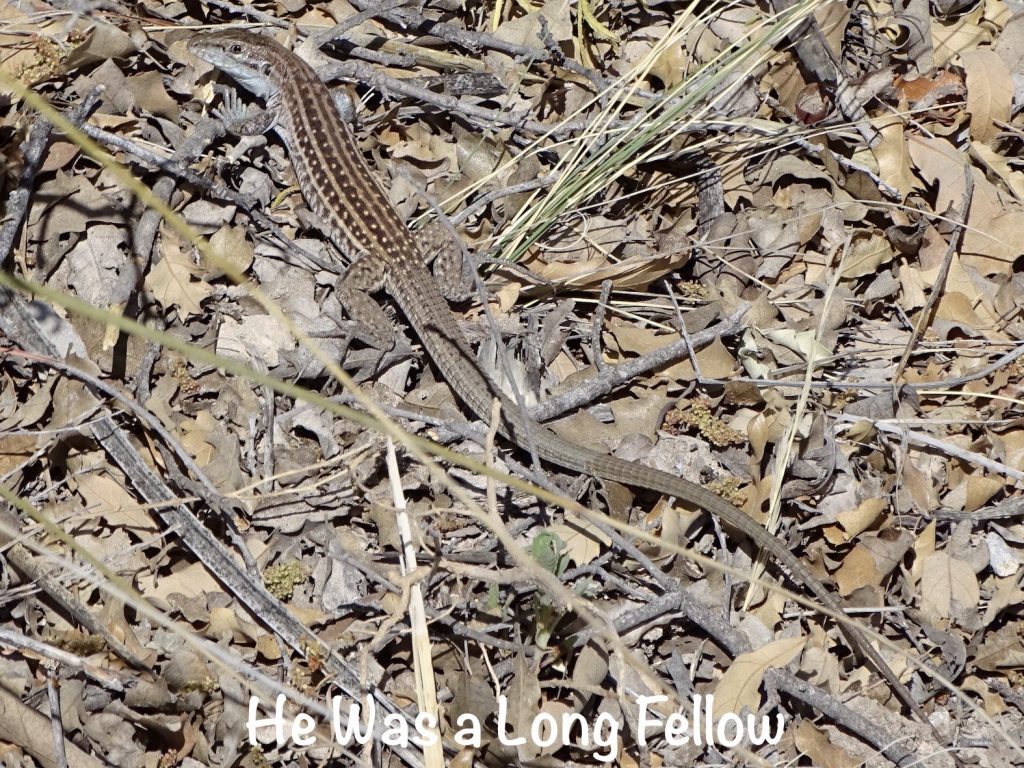
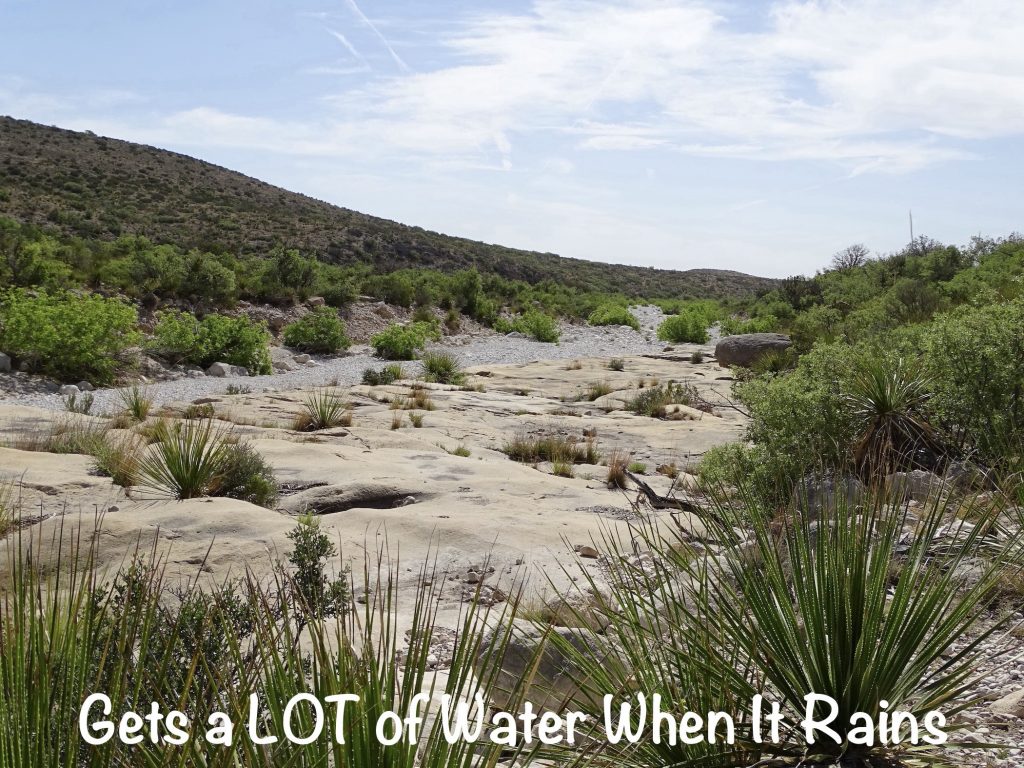
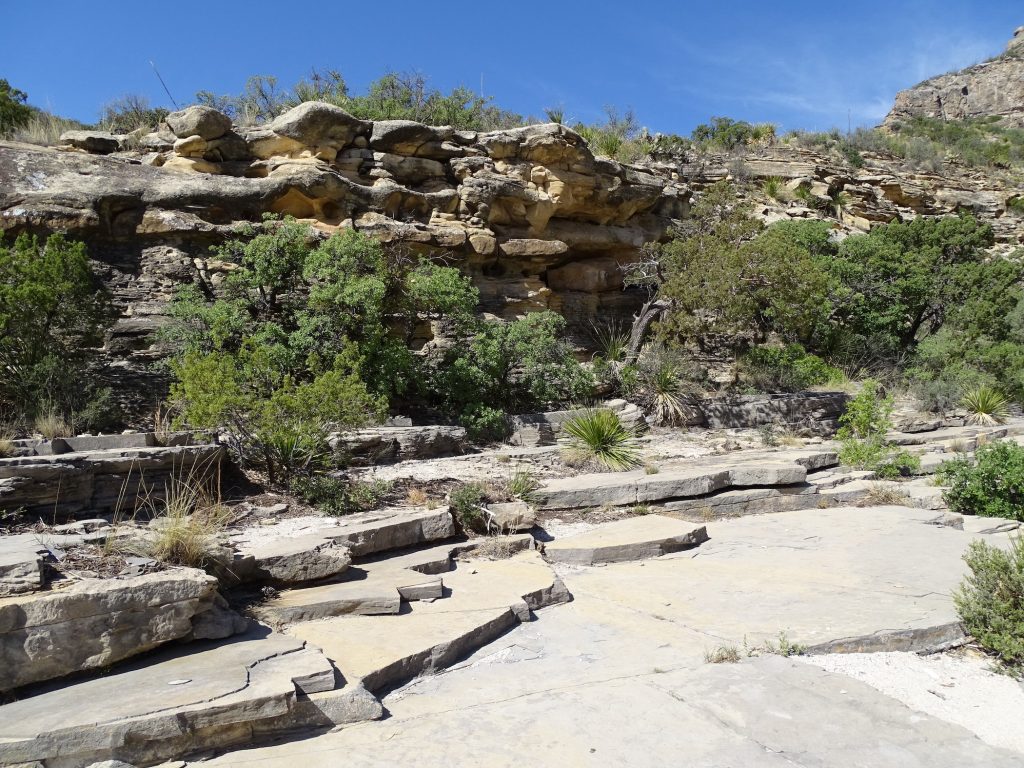
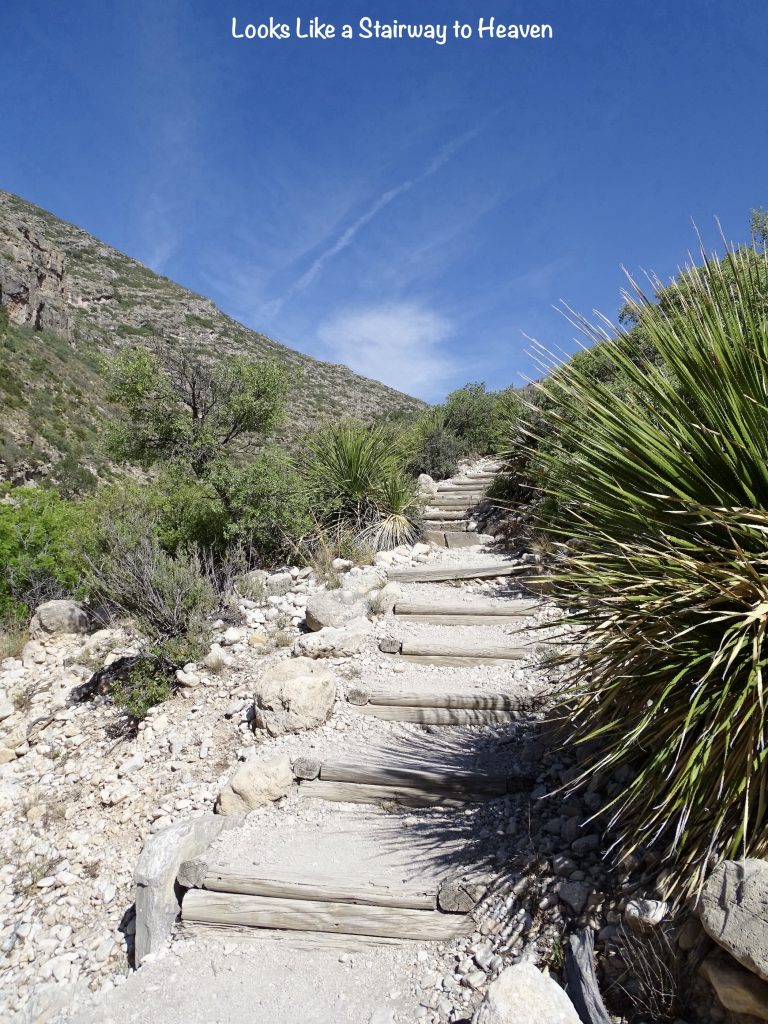
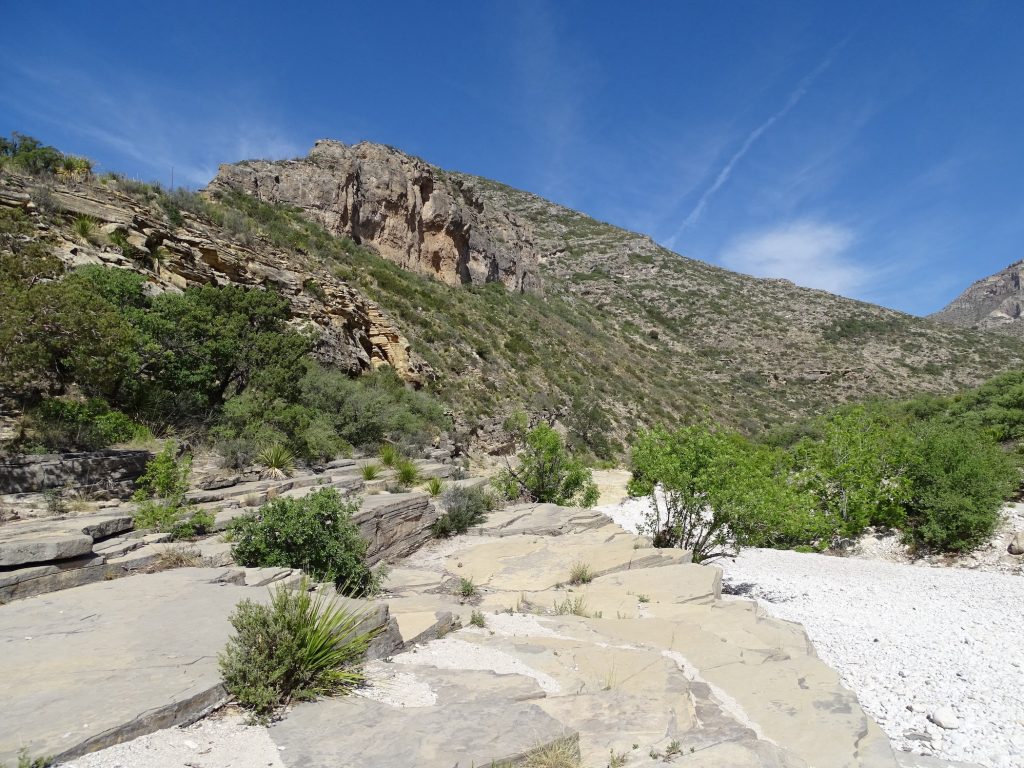
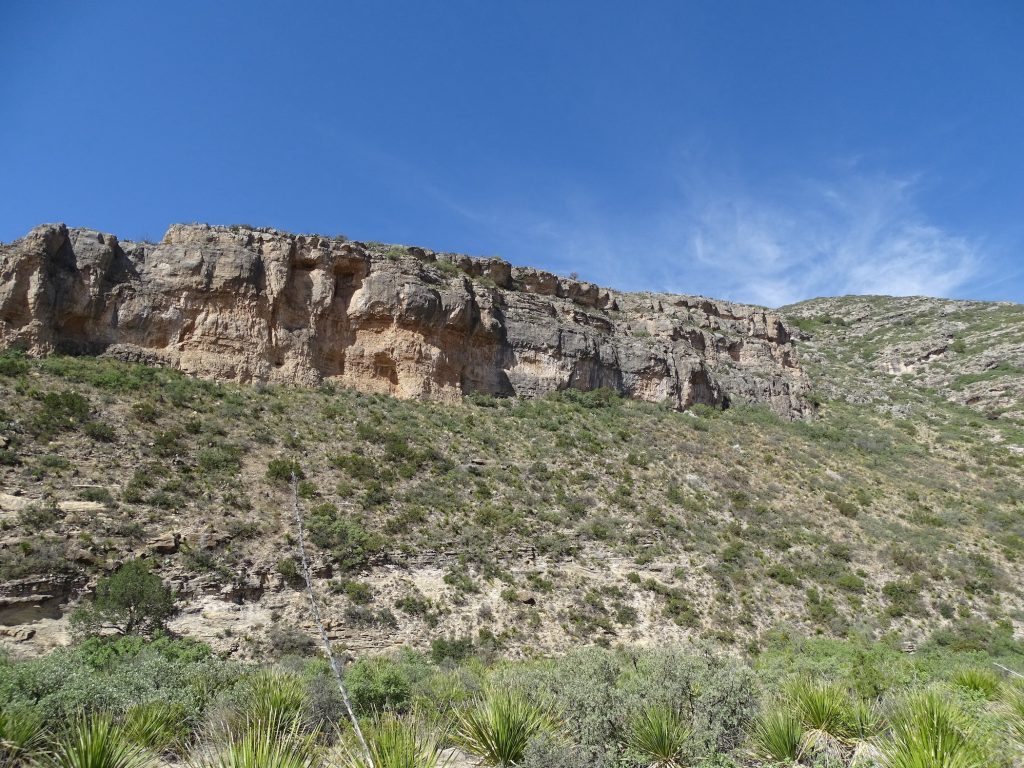
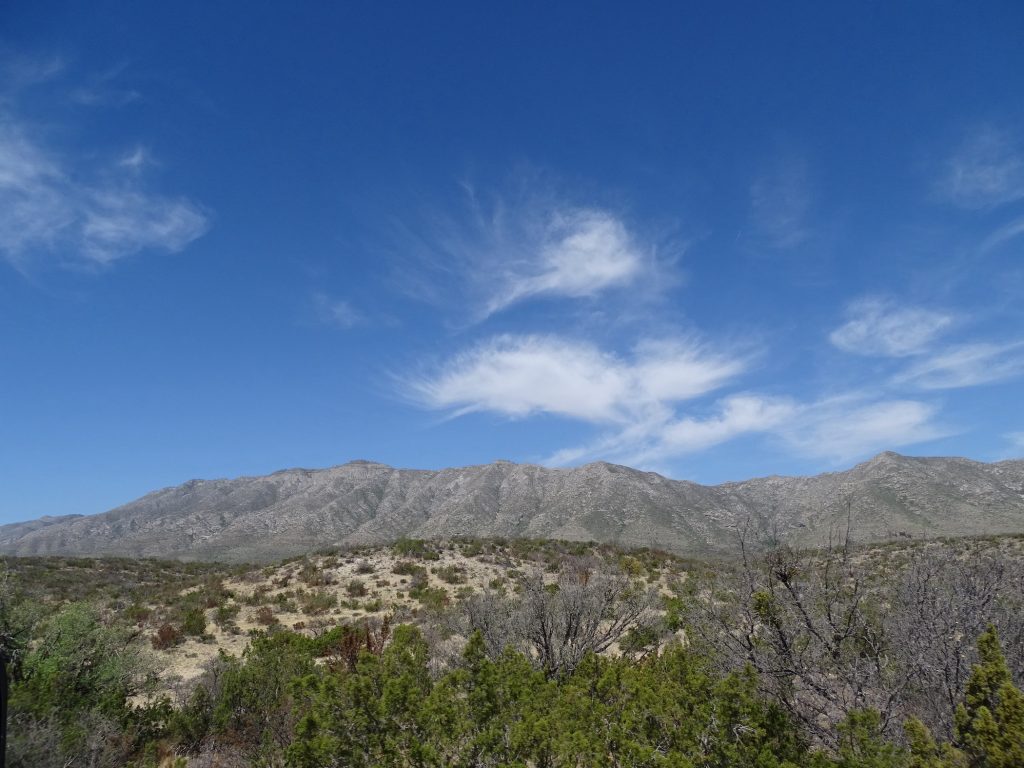
Back in the truck we headed back to Carlsbad and found the Lucky Bull Grill for lunch. I wasn’t too impressed with this one. They cooked your burgers to order, and when I asked for medium-rare, the waitress said “We don’t cook half temperatures. Do you want medium or rare?” That is the strangest response I’ve ever heard. Lots of restaurants only cook burgers one way, but if you are willing to make it rare, you should be able to do medium rare. Unless your cook just sucks. Turns out that was the case…my medium burger was well done. *Sigh*. Back at Petunia, I got a little work done, and then we kicked back.
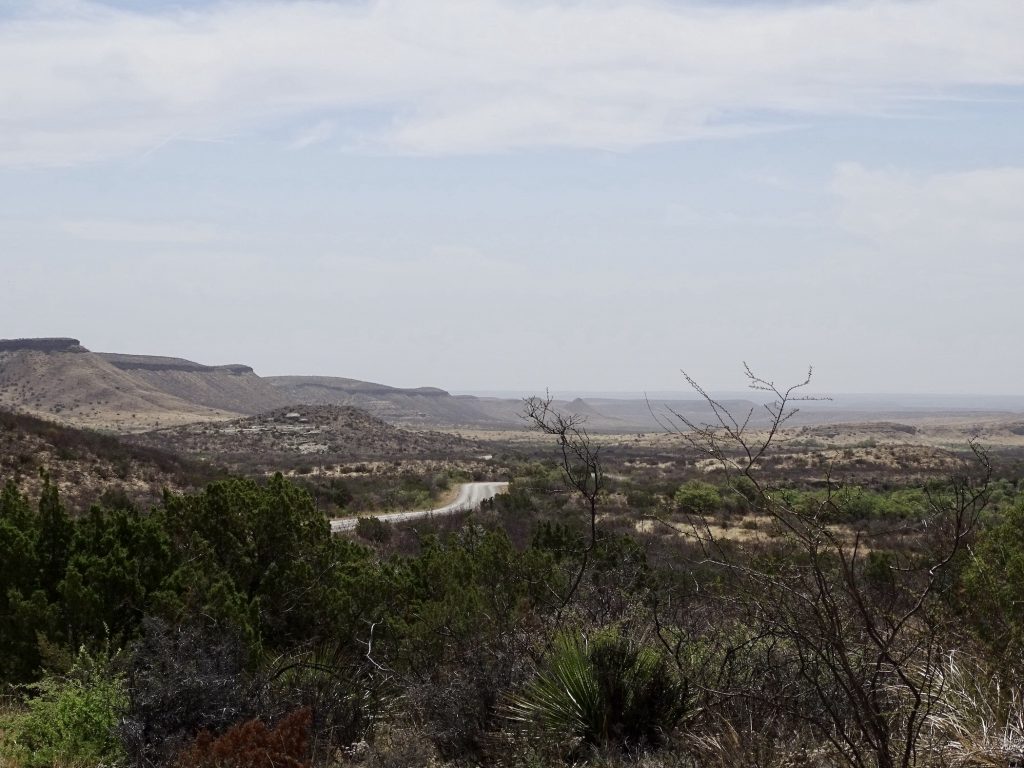
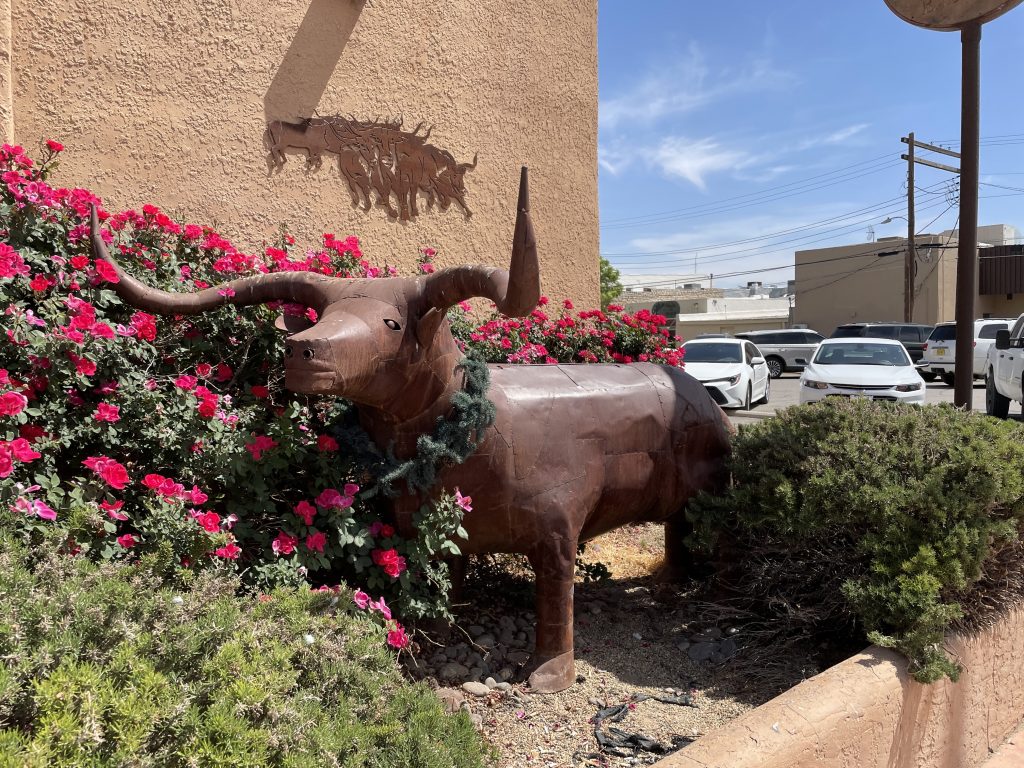
Wednesday morning I took a nice walk around the RV park, taking a few pics along the way. Then it was time to head in to Carlsbad to get the laundry chore completed. I went to The Laundry Basket, which was clean enough and had plenty of machines. Unfortunately, it also had a young girl working behind the counter who was rude. I don’t know what her job description is, but while the other ladies in the back were working their tails off, she was sitting on her butt looking at her phone. I asked a couple of questions, and she acted like I was interrupting something important. Then I pointed out that one of the dryers was not adding time when you added coins, and she basically said I didn’t know how to add coins. Hmmmmm…I seem to have done okay adding coins to the other THREE dryers. Not to mention, you guys know how many laundromats I go to, right?! Little twit. I finished as quickly as I could and left her to her important phone work. I headed over to KFC to use their wifi, but it didn’t work, so it was on to McDonald’s to get some blog work done. (They are really the only consistent place for free wifi nationwide. Culver’s offers it, too, but they are not as widespread. Other places say they have it, but it is hit or miss on whether it actually works. I have a decent amount of internet access available between my AT&T and Verizon phones, but the huge number of pics I upload uses that up fast.) I finally headed back to Petunia around 4 PM, where we relaxed for the evening.
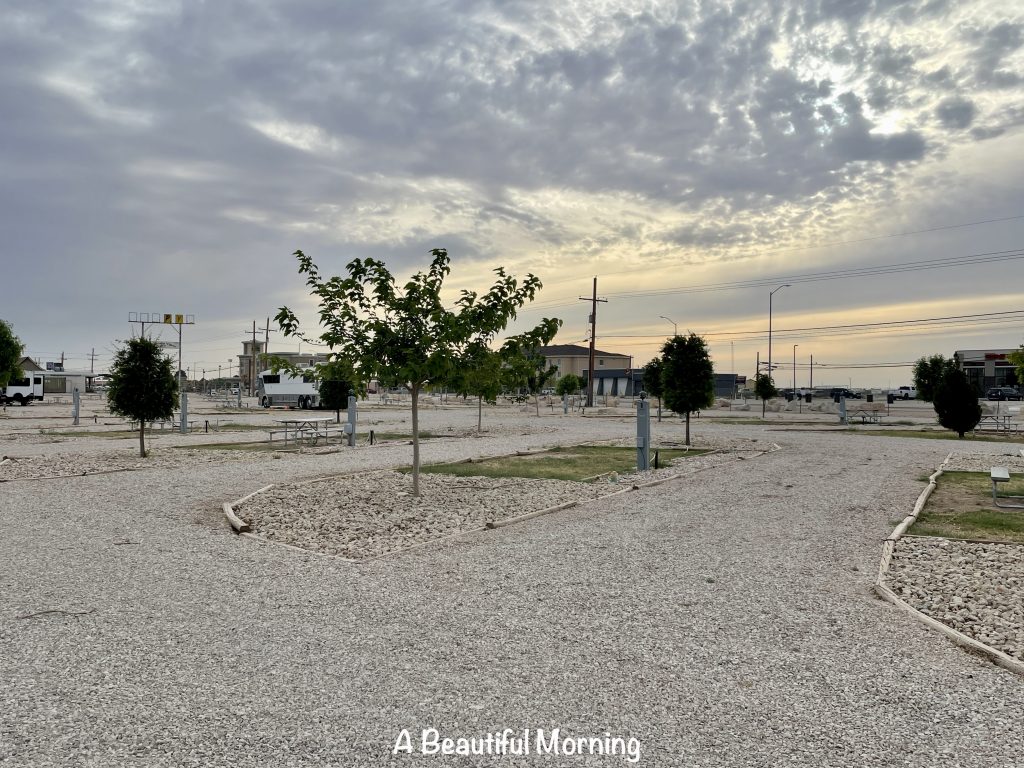
INTERESTING SIDE NOTE: There is a sign just south of Carlsbad that says “US 285 South Subject to Sinkhole 1000 Feet Ahead”. That’s it…just a yellow, caution sign informing us that we could drop into a giant hole at any minute. Wouldn’t you think they’d route people around something like that? Well, I’m happy to report that we drove through several times and didn’t feel anything crack. Whew!
Carlsbad RV Park & Campground is a private place south of the town of Carlsbad, New Mexico. It is clean and well-kept, with very conscientious owners. Amenities include a heated, indoor swimming pool; community room; laundry; store with groceries, gifts, souvenirs, and RV supplies; community fire pit; game area with corn hole, horse shoes, and a tire swing; picnic tables; and four off-leash pet areas. There are two heated and cooled cabins and more than 200 campsites. Each site includes full hook-up with 30- or 50-amp electric. There are both pull-through and back-in sites, and a few are shaded. The park is right off of the main road, so there is bit of road noise, but overall it was a nice place to stay. Oh, and an RV sales and service place is located right next door. How’s that for convenience?! For this visit in May 2022, we paid $157.50 for three nights.
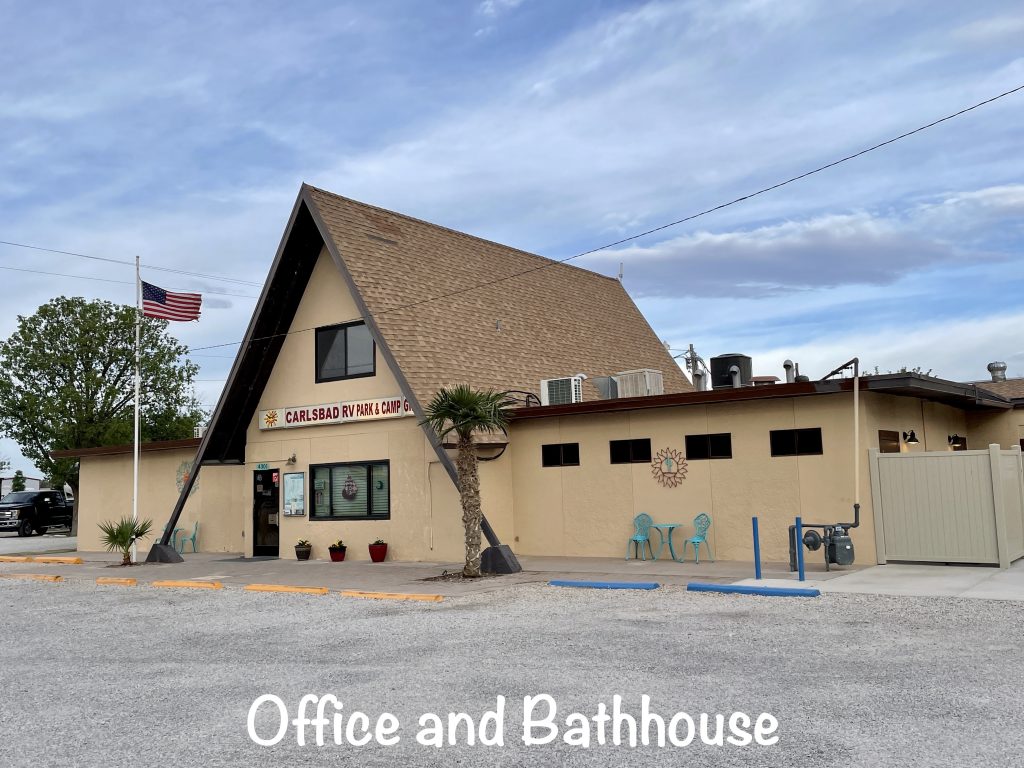
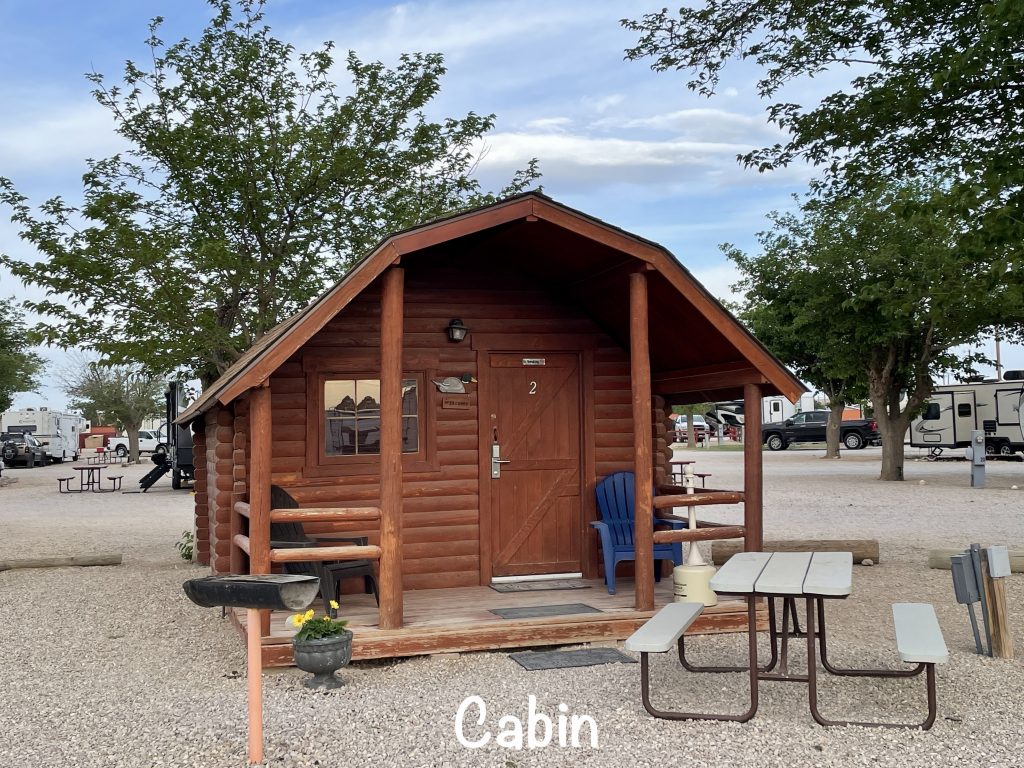
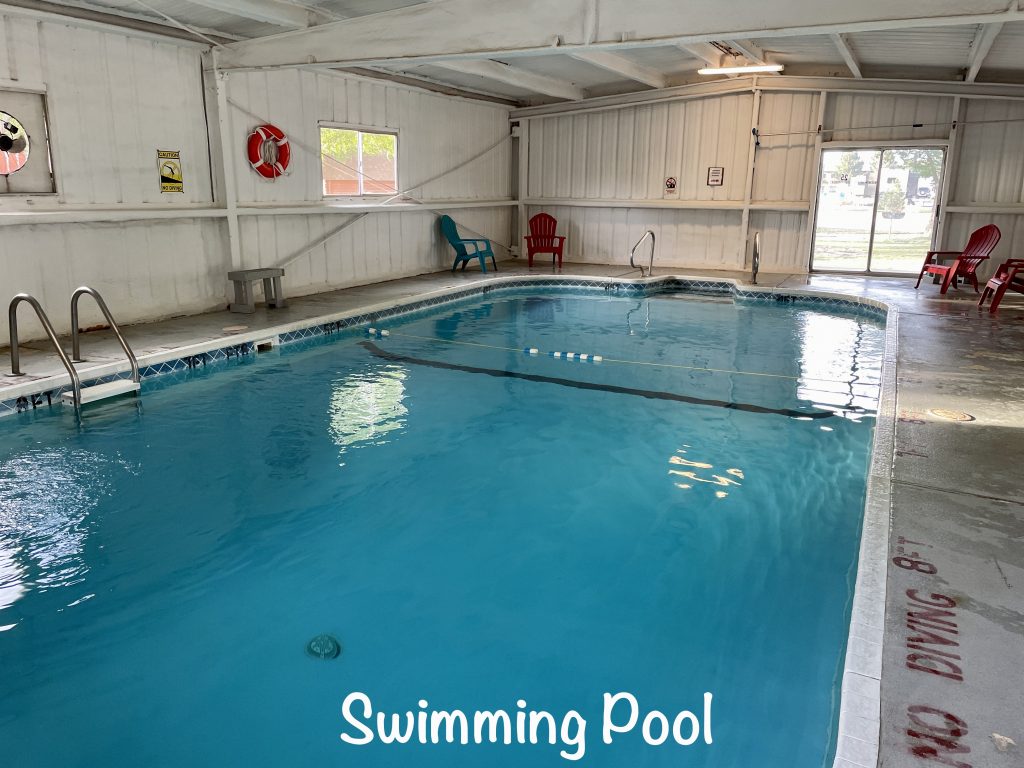
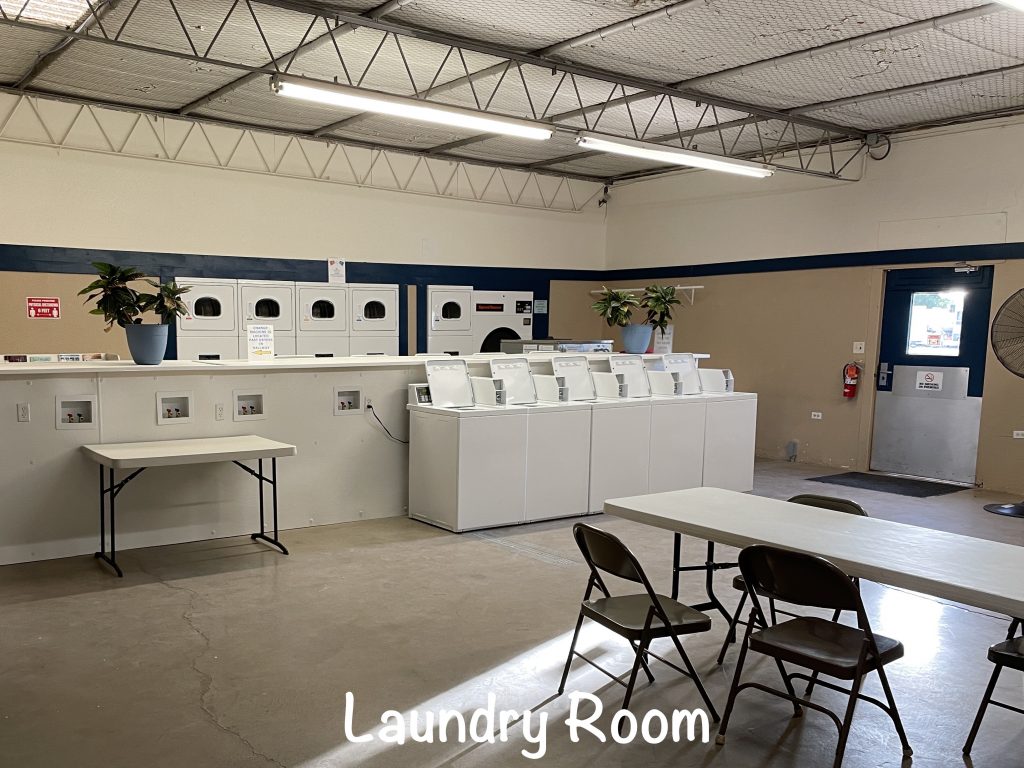
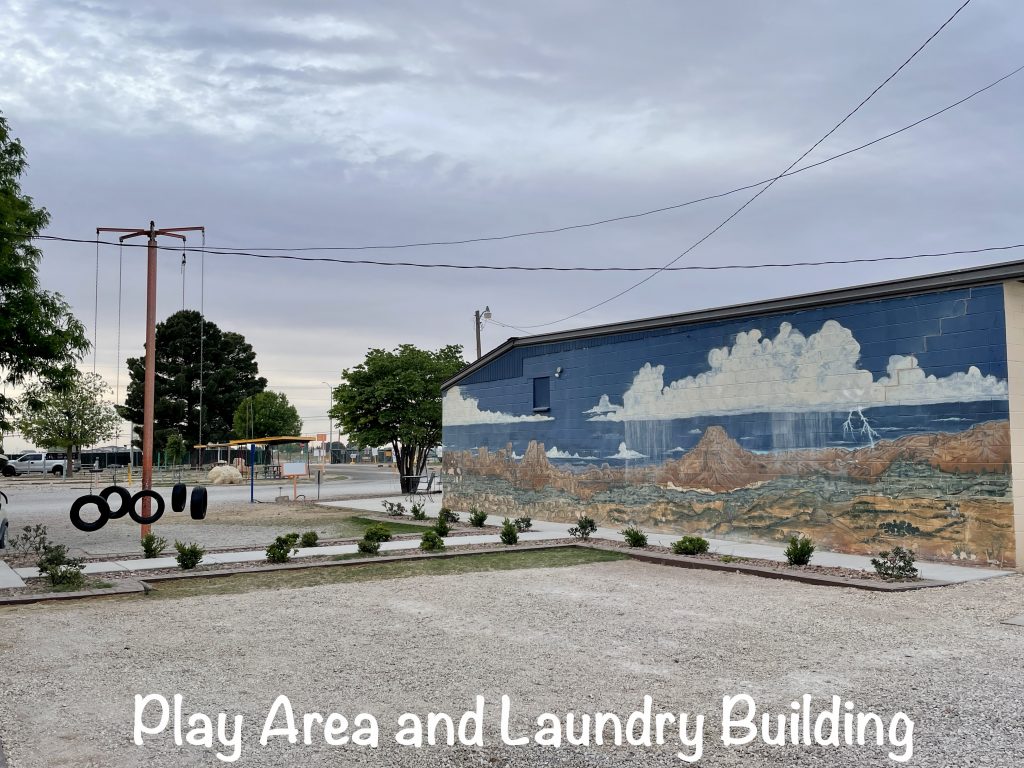
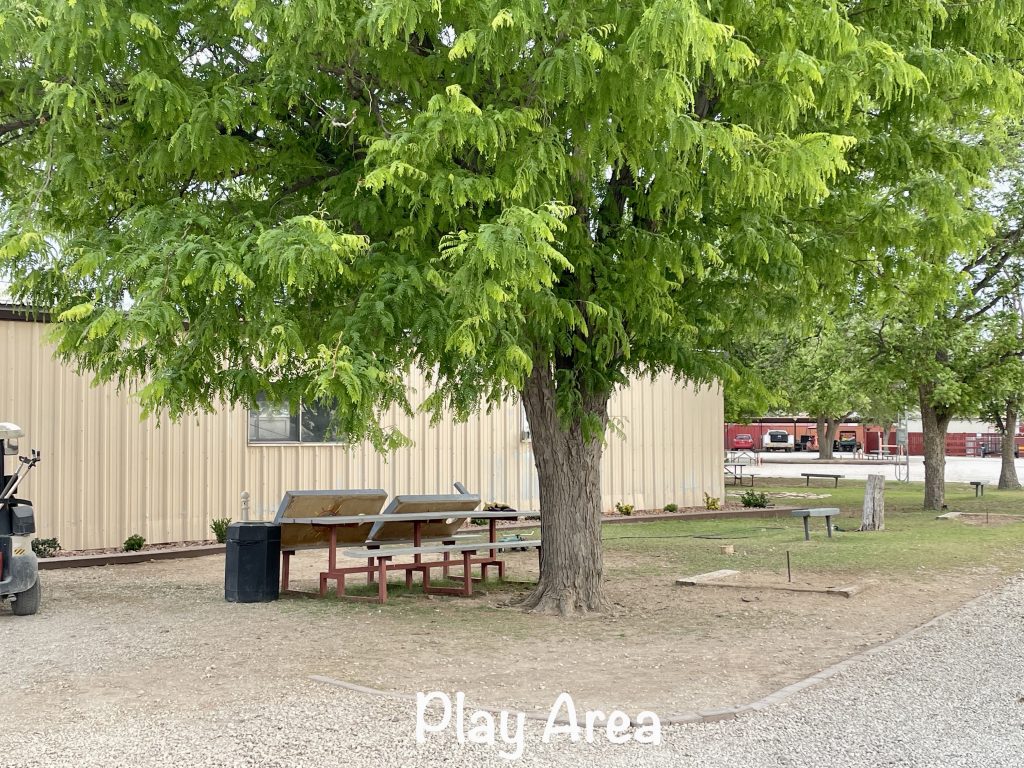
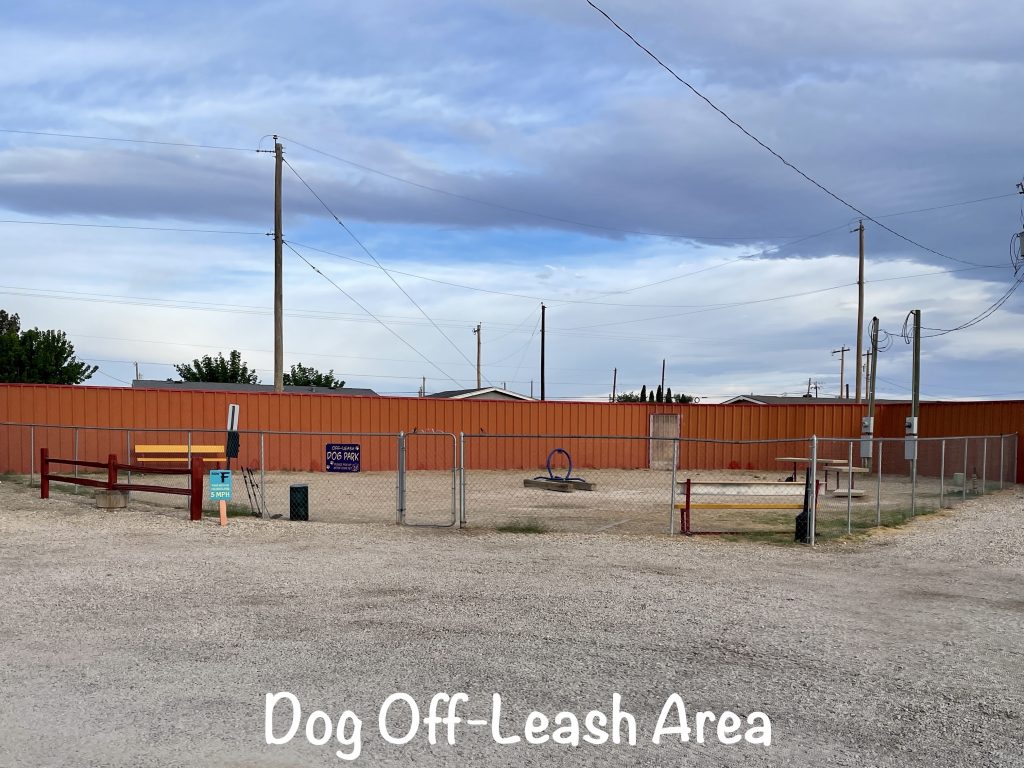
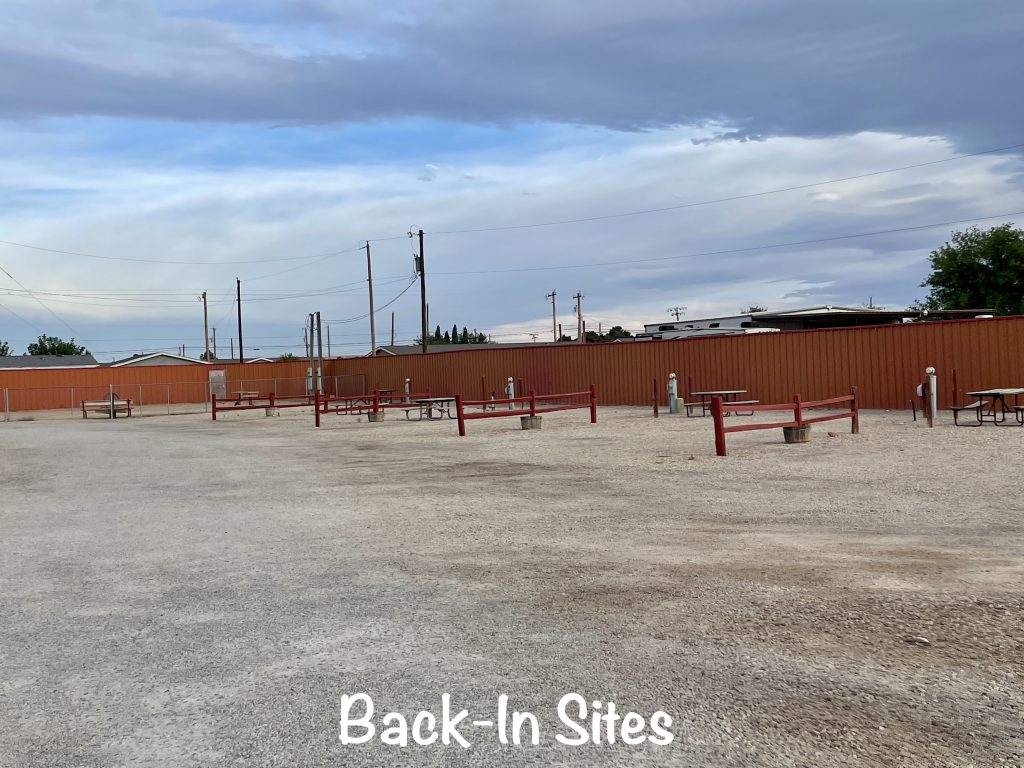
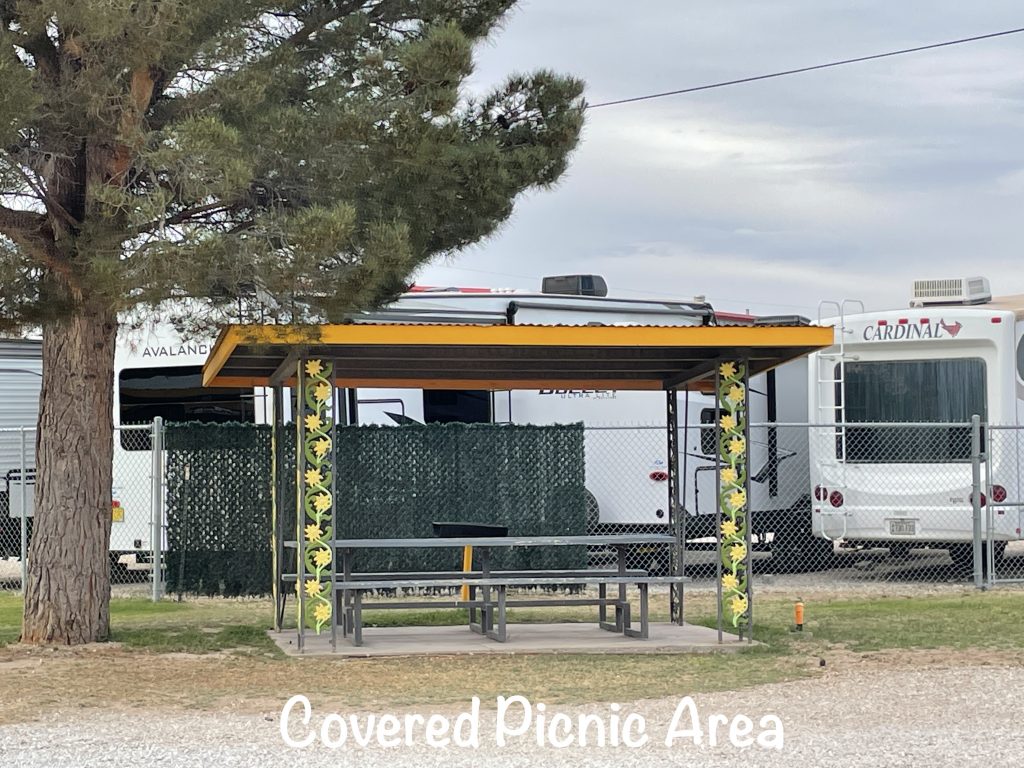
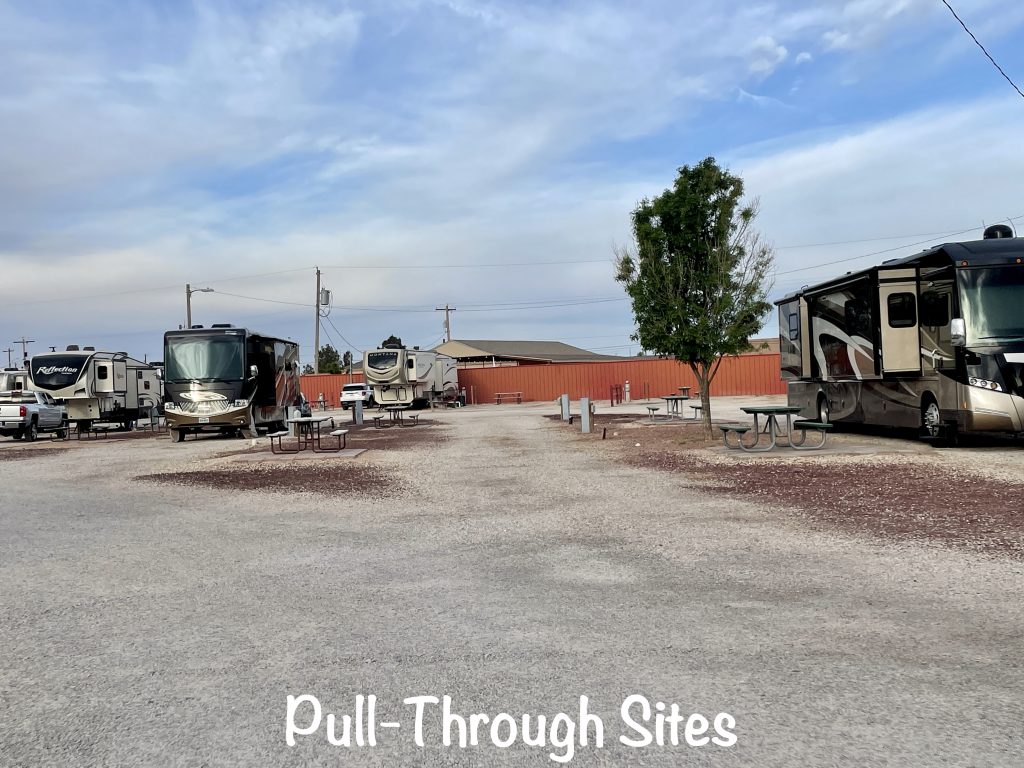
Thursday started with a nice, early walk, then we were on the road by 8 AM to give us time for a museum stop. We retraced our previous route on US-180 thru Guadalupe Mountains National Park, then continued west. We passed through the salt flats over which an ownership dispute started a war in the late 1800s. Just a little east of El Paso, we saw the first pronghorns in quite a while, a fairly large herd.
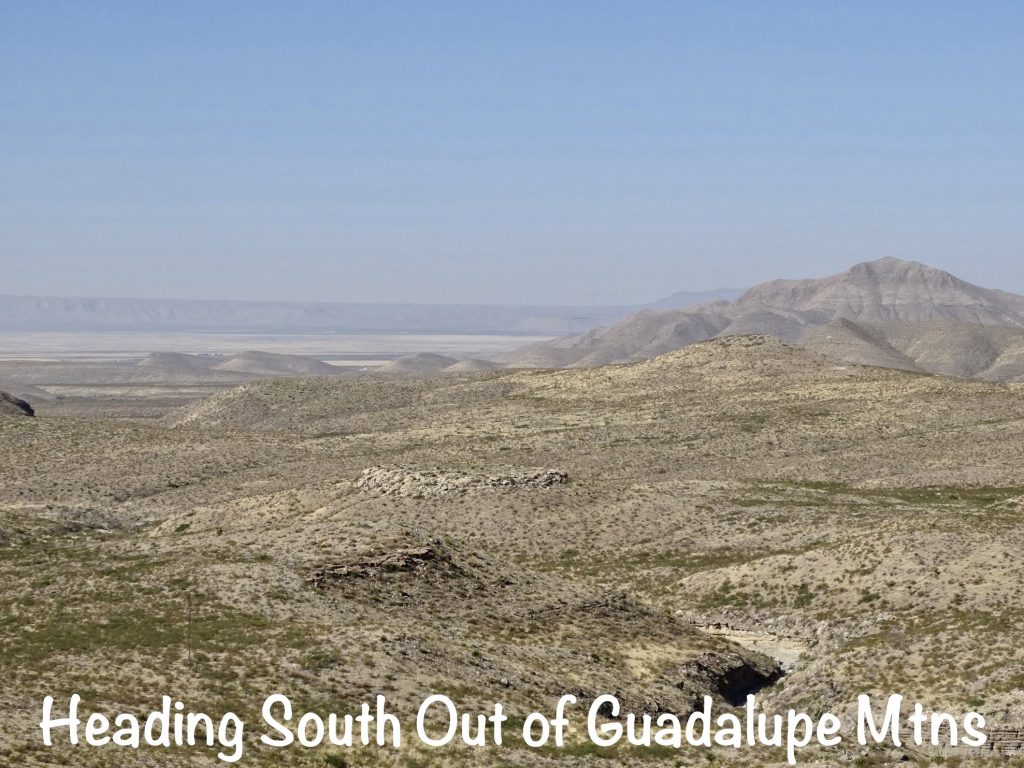
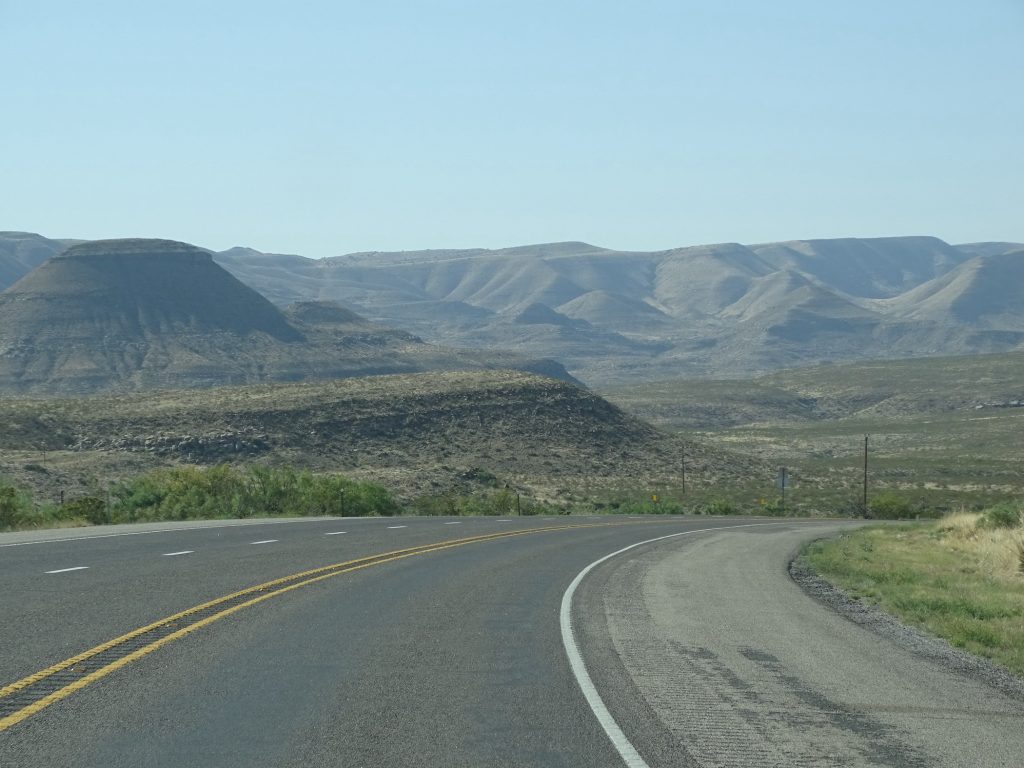
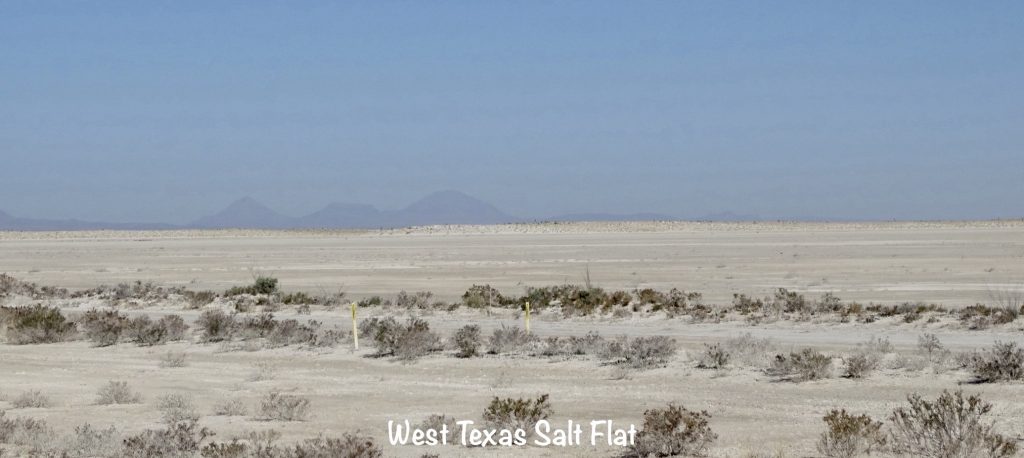
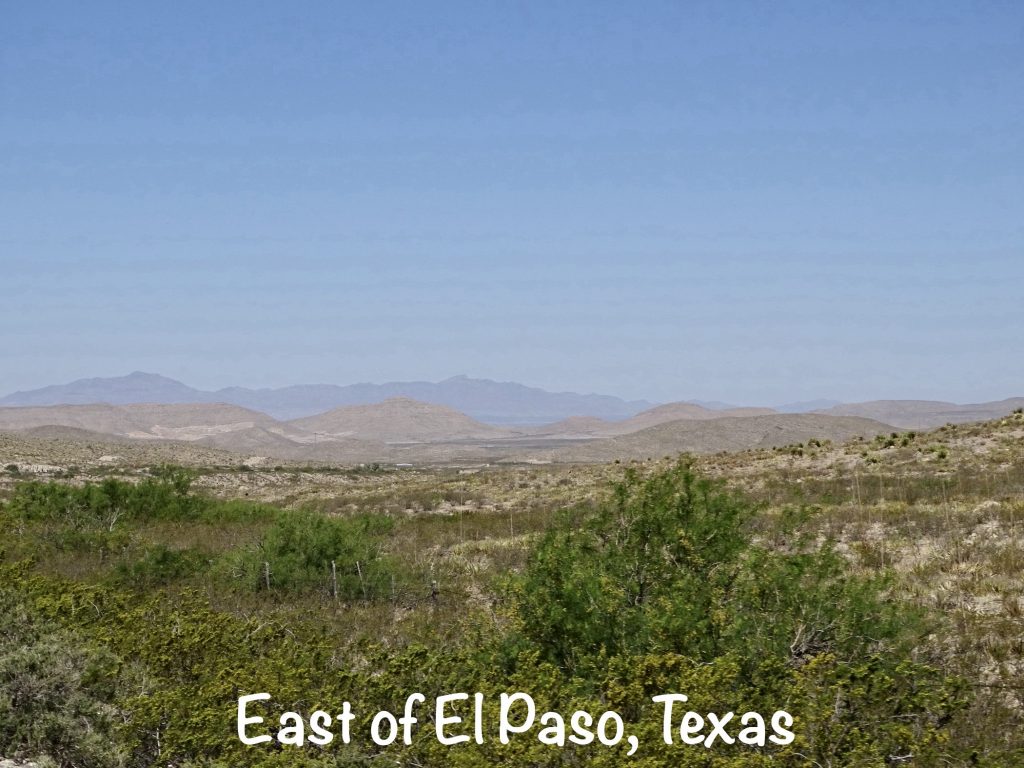
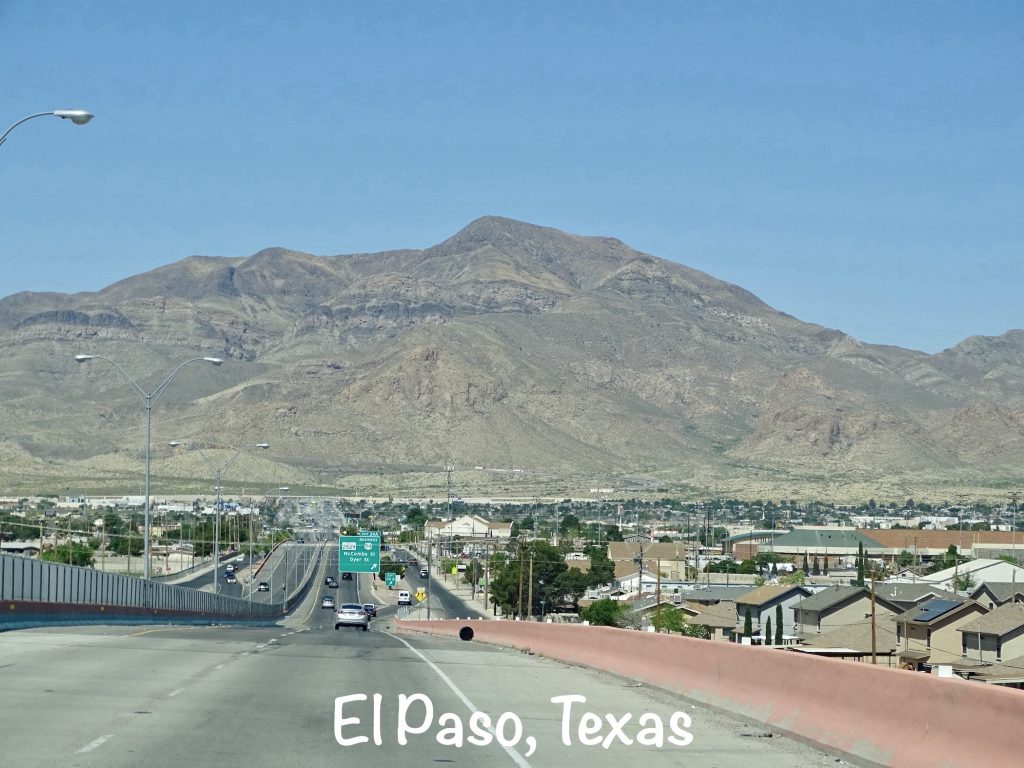
In El Paso we took TX-375 and stopped in at the National Border Patrol Museum. It is a pretty cool place that talks about how the job of Border Patrol Agents has evolved over time. As early as 1904, mounted watchmen patrolled the border to prevent illegal crossings. Although a part of the U.S. Immigration Services, they only rode when resources permitted, which made for an irregular schedule. In 1915, the Mounted Guards were made into a separate group by Congress, mainly to catch Chinese immigrants avoiding the Chinese exclusion laws. (From 1882 to 1943, Chinese nationals with few exceptions were not allowed to immigrate to the United States.) Patrols were still sporadic at best. Although there were always illegals walking across the border, a raise in the head tax and a literacy requirement for entry increased that number. It was clear that more enforcement was needed in the land between the established border crossings, so an act was passed in 1924 that officially created the Border Patrol for that purpose. Although they began using motorized vehicles with radios by 1935, because of their quick, quiet approach, horses have remained a staple. I found it interesting that, when originally established, there were more agents assigned to the Canadian border because of liquor smuggling. By the early 1950s, they were fortifying the Mexican border, though. Sending illegals back to Mexico was the policy, but many of them simply turned right around and came back across. By the early 1960s, another front opened up during the Cuban missile crisis. Cubans by the boatload started hitting the shores of south Florida. With the advent of aircraft hijacking attempts, President Kennedy ordered agents on certain domestic flights, the precursor to today’s Federal Air Marshals. Those agents were trained at the U.S. Border Patrol facility in Port Isabel, Texas. Today, in addition to vetting the thousands of people passing through our legitimate border crossings, the Border Patrol is working hard to stem the constant barrage of illegals crossing elsewhere. Things I learned at the museum: 1) Border Patrol officers drag tires along the dirt roads in the area to smooth them out. Then they go back and look for footprints. 2) Illegals often wear things on their feet to disguise their footprints. 3) In a given year, 1/2 to 1 million people are apprehended trying to cross the southern border illegally. 4) For many years, the Border Patrol used a robot called “R.A.D” or “Robot Against Drugs”. Used as part of the D. A. R. E. program, it was part of a push to reduce the demand for drugs by children. 5) There are some pretty cool Border Patrol vehicles.
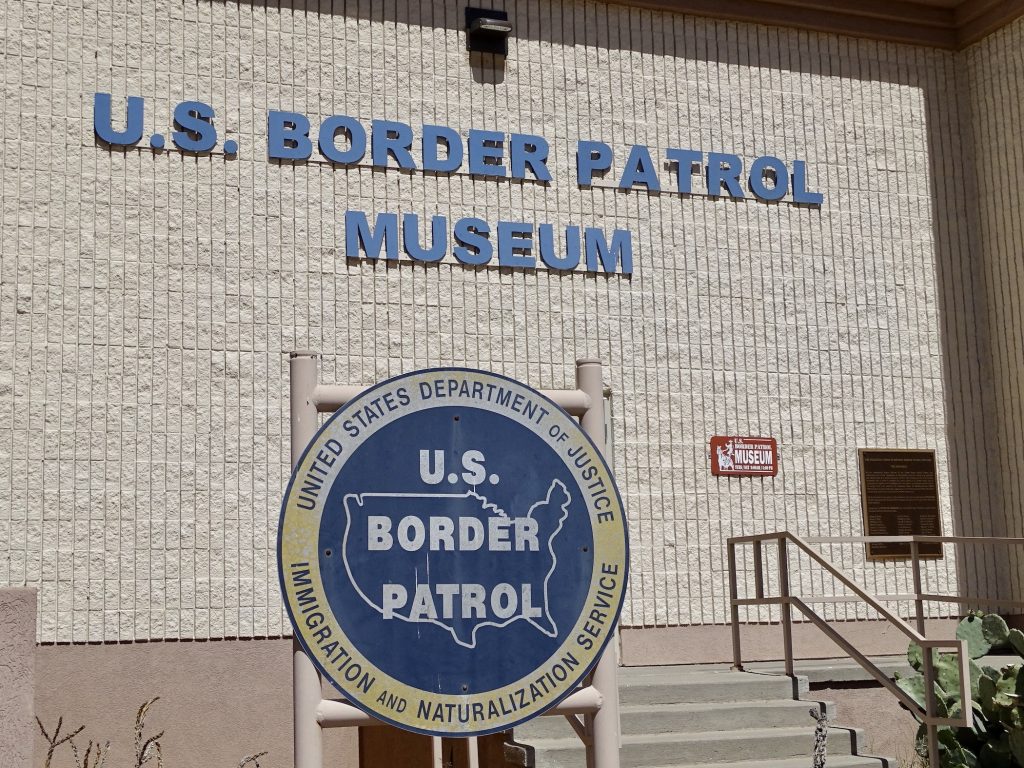
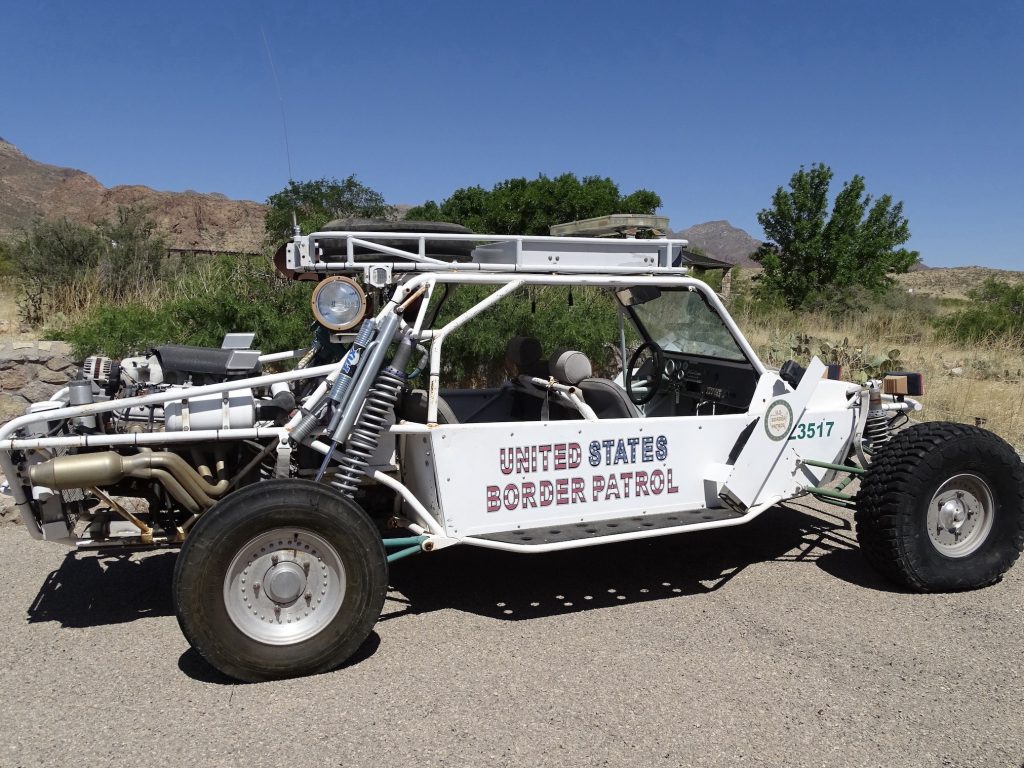
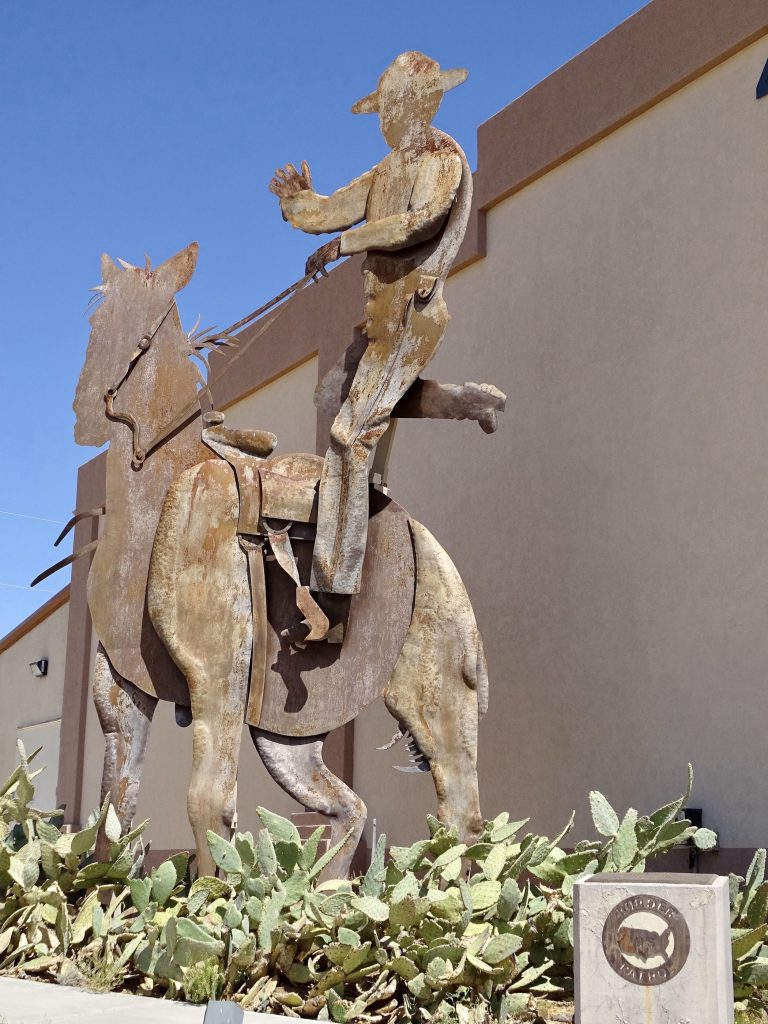
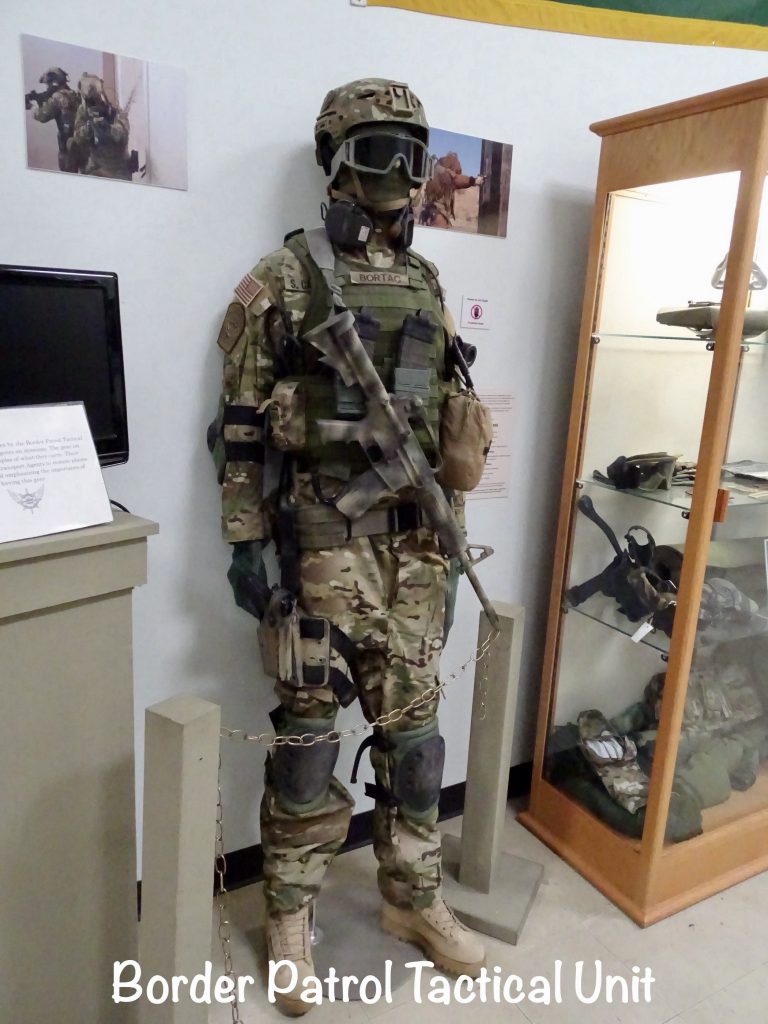
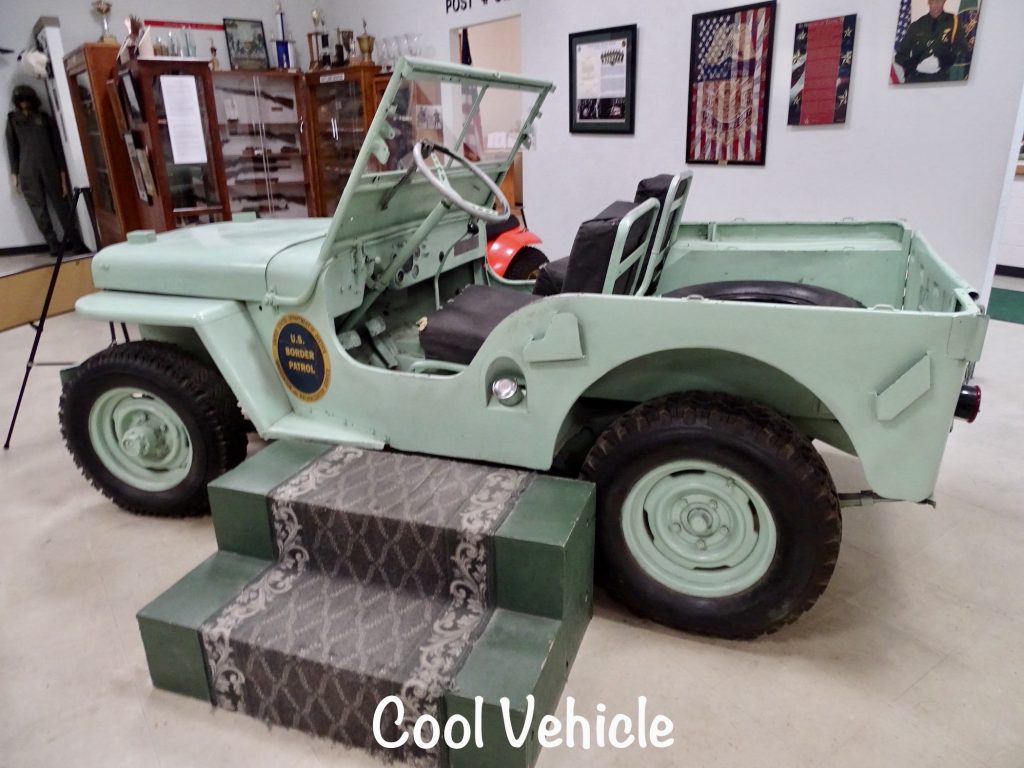
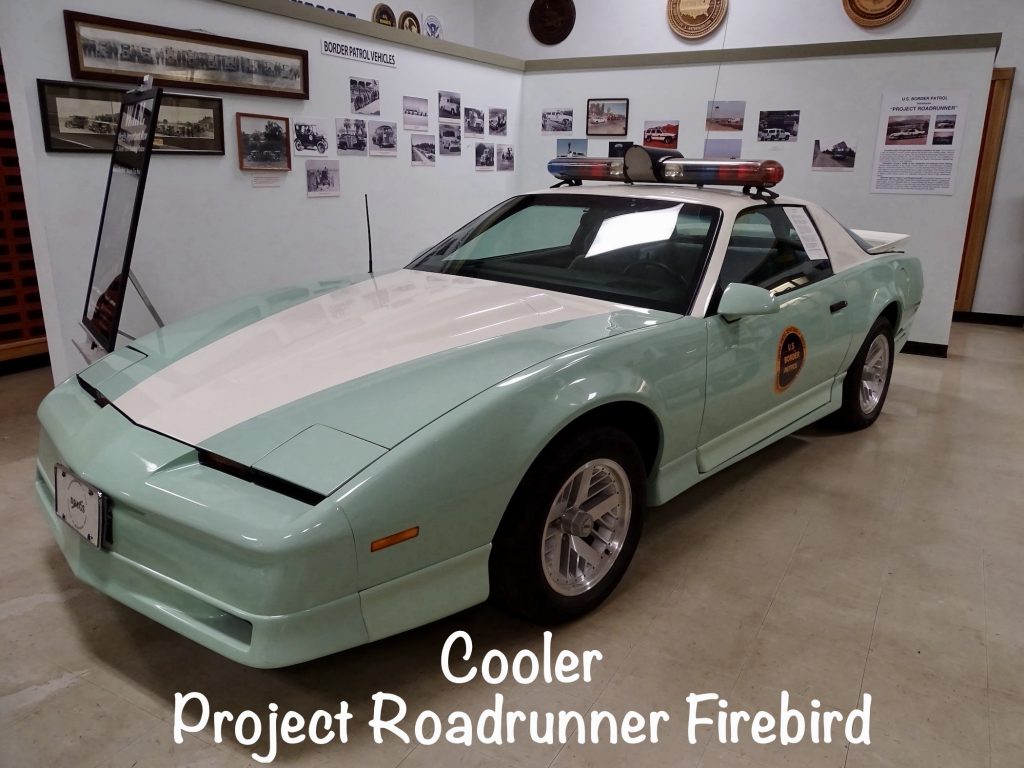
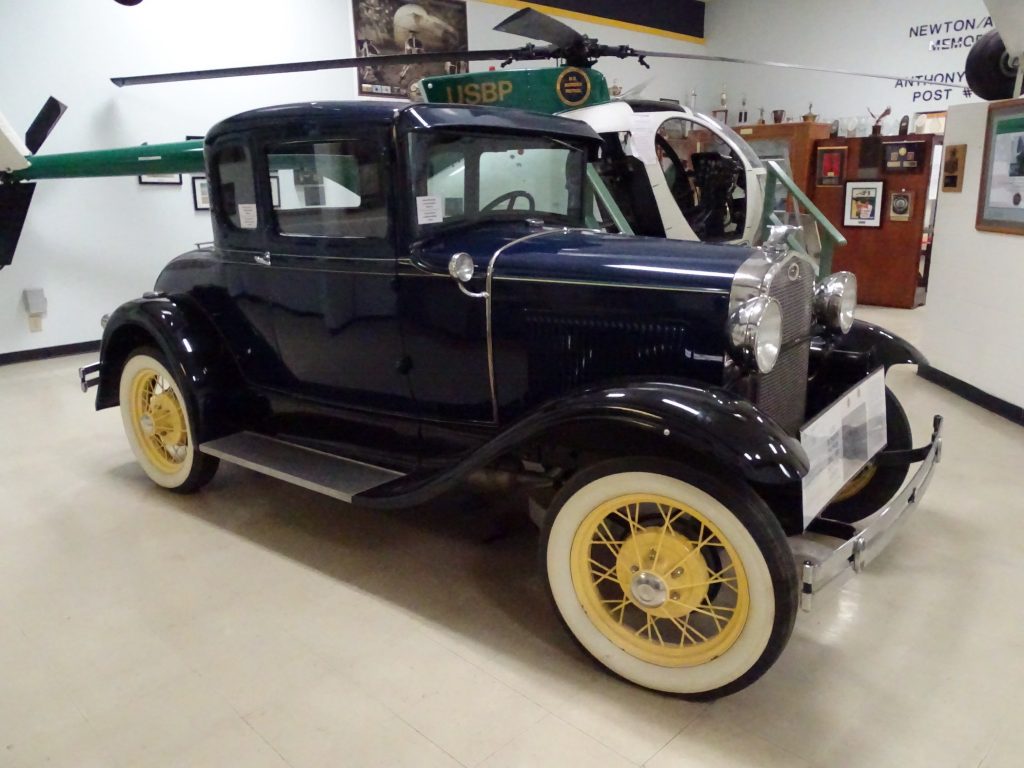
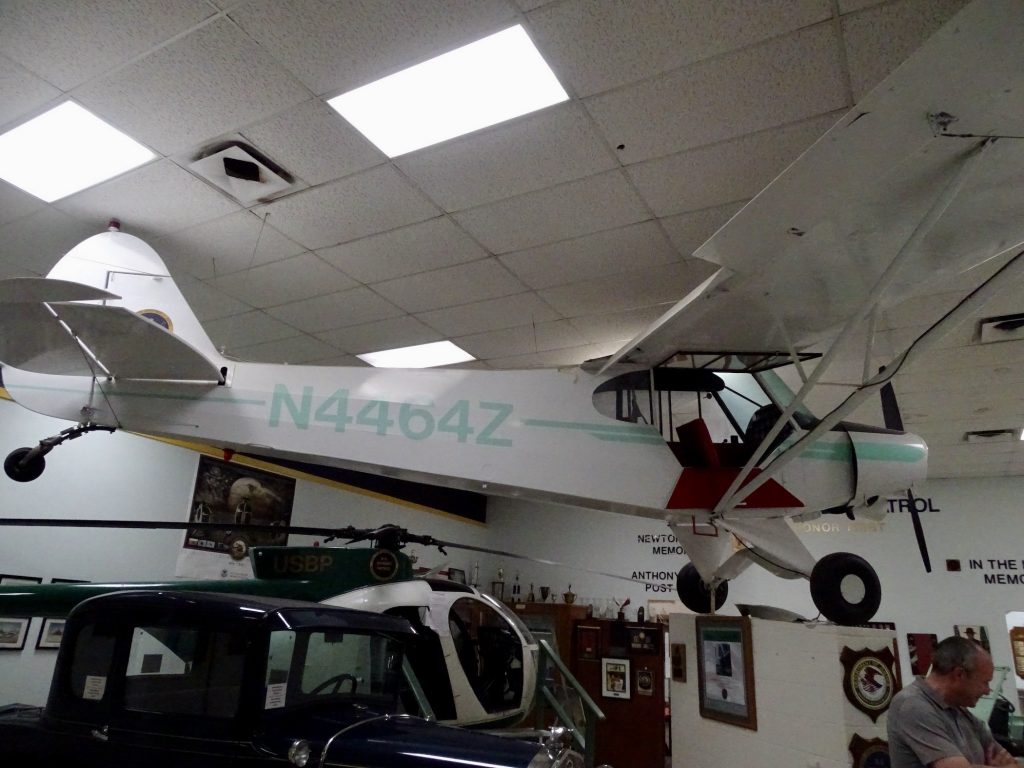
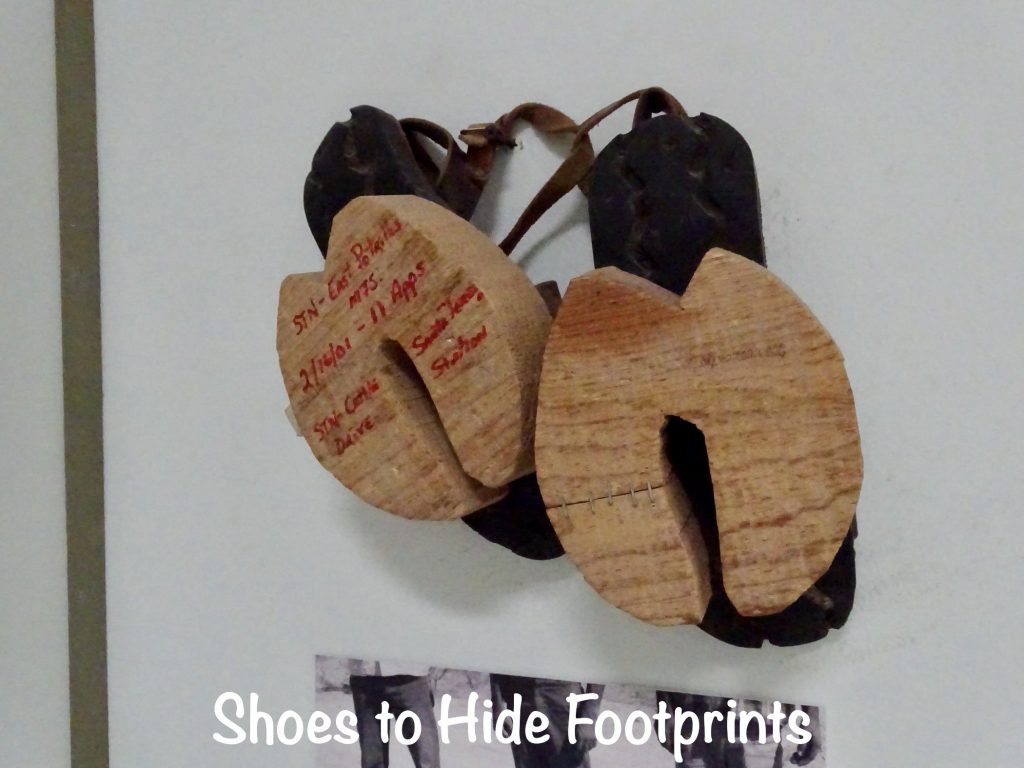
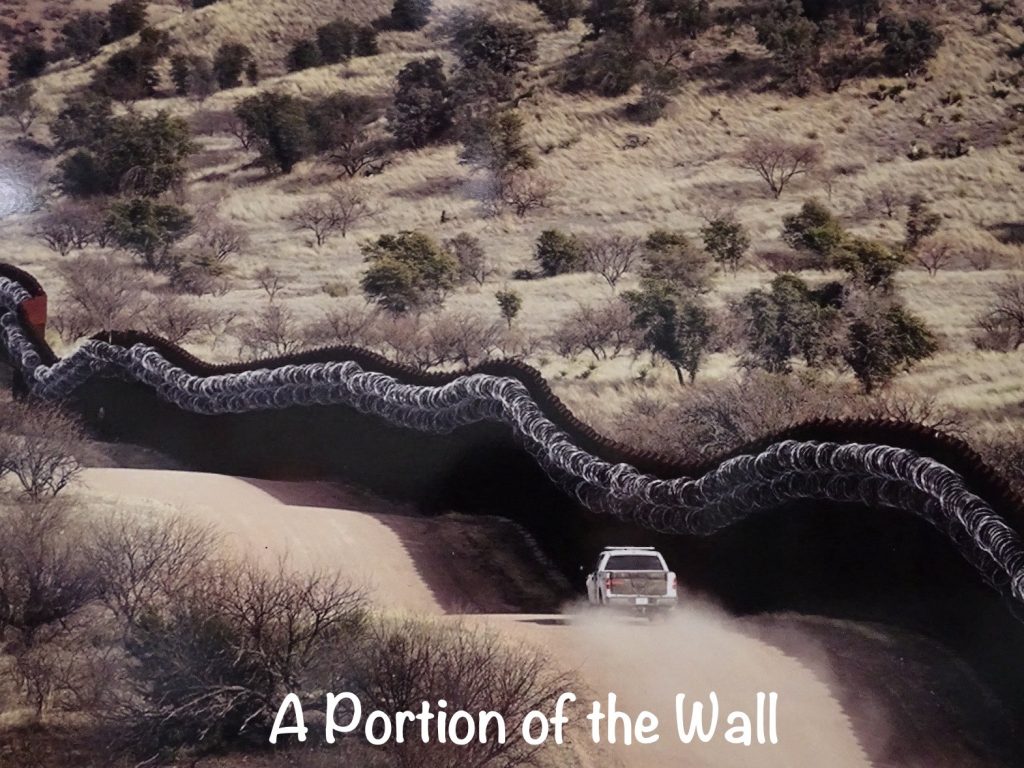
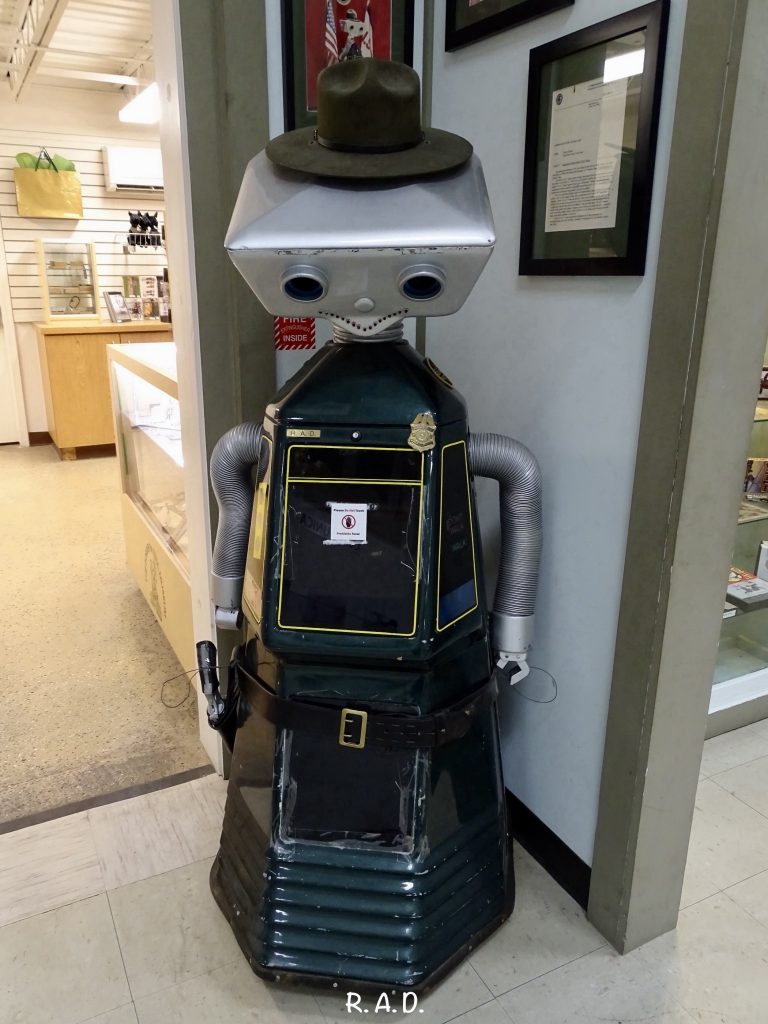
When finishing up at the museum, I overheard a gentleman say he was retired Border Patrol. I caught up with him later, and it was fascinating. Retired Chief Ronald Colburn, the former National Deputy Chief of the U.S. Border Patrol at U.S. Customs and Border Protection, is on the board of the museum and the Border Patrol Foundation, which provides support and resources to the families of fallen agents. He is the third of four generations in his family to serve: His grandfather patrolled with the “Mounted Guard” in the early 1900s; his father retired after 30 years in the 1980s, and his son is currently a Supervisory Agent. Suffice to say, he knows a few things about border security and our particular problems. We ended up talking for quite a while. Some of the things we talked about: 1) Even with the advanced technologies currently used, the tide of illegals crossing the border is relentless. They are NOT happy about the stop in construction of the wall. 2) When he was a young agent, the people crossing the border were coming here mostly for work. They were polite and respectful when picked up and posed no threat to Americans on the border or agents, for the most part. Today, although the media reports that most of the illegals coming across are families with children looking for a better life or asylum, that’s only a small percentage. The majority are thugs from gangs or drug organizations who are exceptionally dangerous. 3) There are also people involved in human trafficking sneaking in. Wow. 4) I related what the Stuards from Texas told us a few weeks ago. He said that is the norm, rather than the exception, for anyone living along the border. They must guard themselves and their property at all times. Americans should not have to live like this in their own country. 5) No one talks about what the illegals are bringing across with them. Immigrants who come through the regular crossings are required to have proof of a host of vaccines including Hepatitis, Meningitis, Polio, MMR, a variety of flus, and others. Some diseases that have been eradicated in this country are still common in others. It was a very enlightening conversation, and one that made me angry.
When we finished checking it all out, we continued west stopping at Whataburger in El Paso. After lunch, we checked out a couple of stores at the outlet mall across the street. Then it was back on the road, taking TX-178 back into New Mexico and south to NM-9 along the border. It took us a few minutes to realize that the black line paralleling us to the south was the border wall. It is interesting looking. Made of square, vertical, steel beams spaced slightly apart, you can see through it. In fact, Border Patrol agents in some areas have to sit behind barriers to keep from being pelted with rocks from the other side. We finally made it to Columbus, New Mexico, and Pancho Villa State Park. After setting up, I worked on a little bookkeeping in the afternoon.
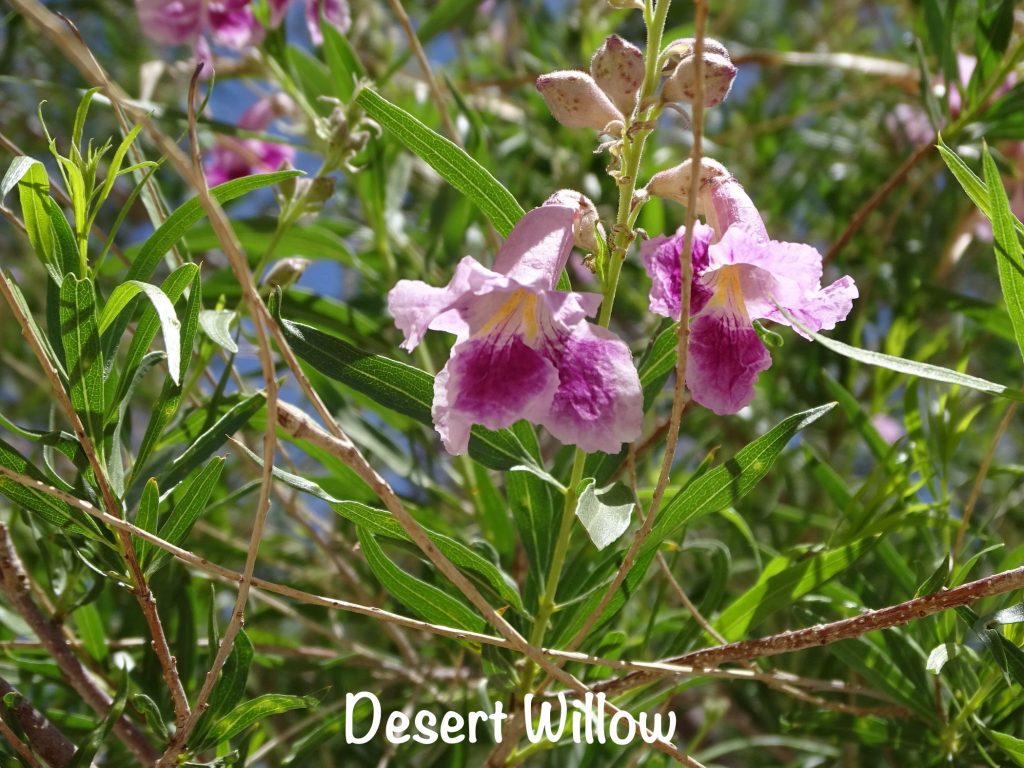
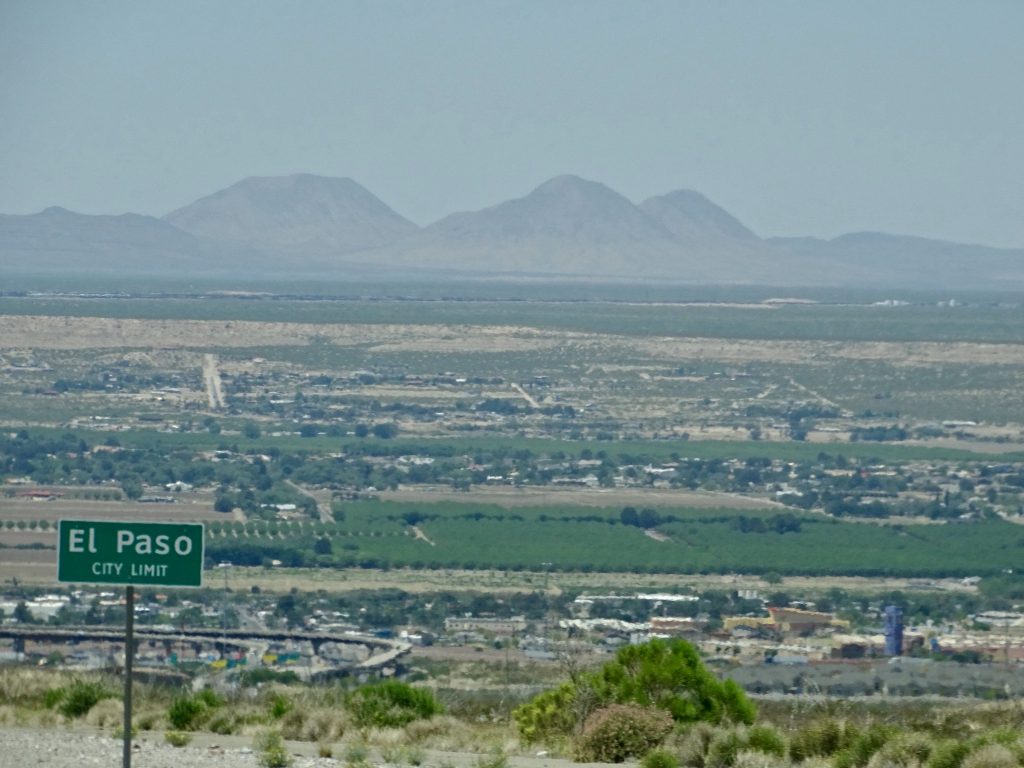
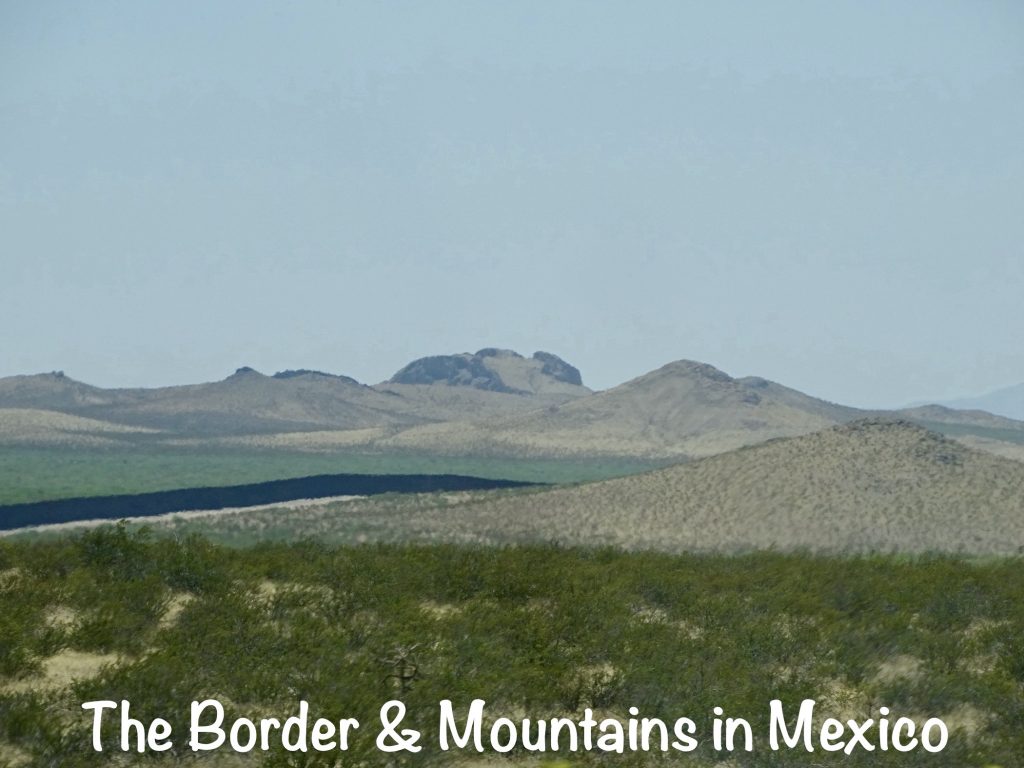
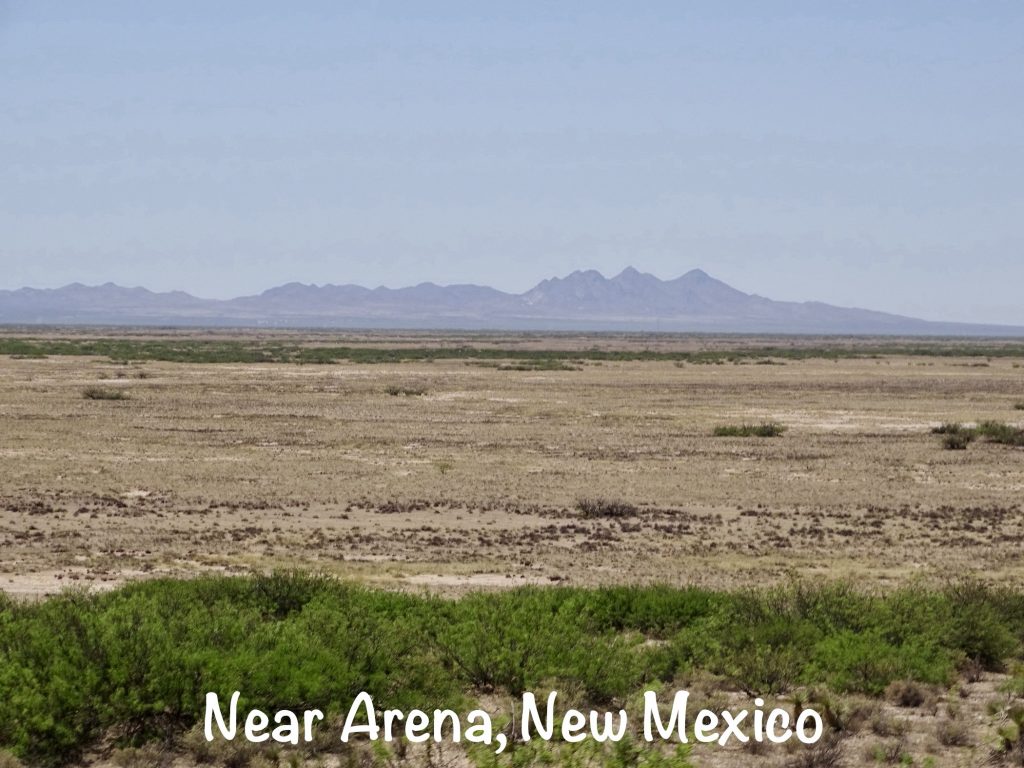
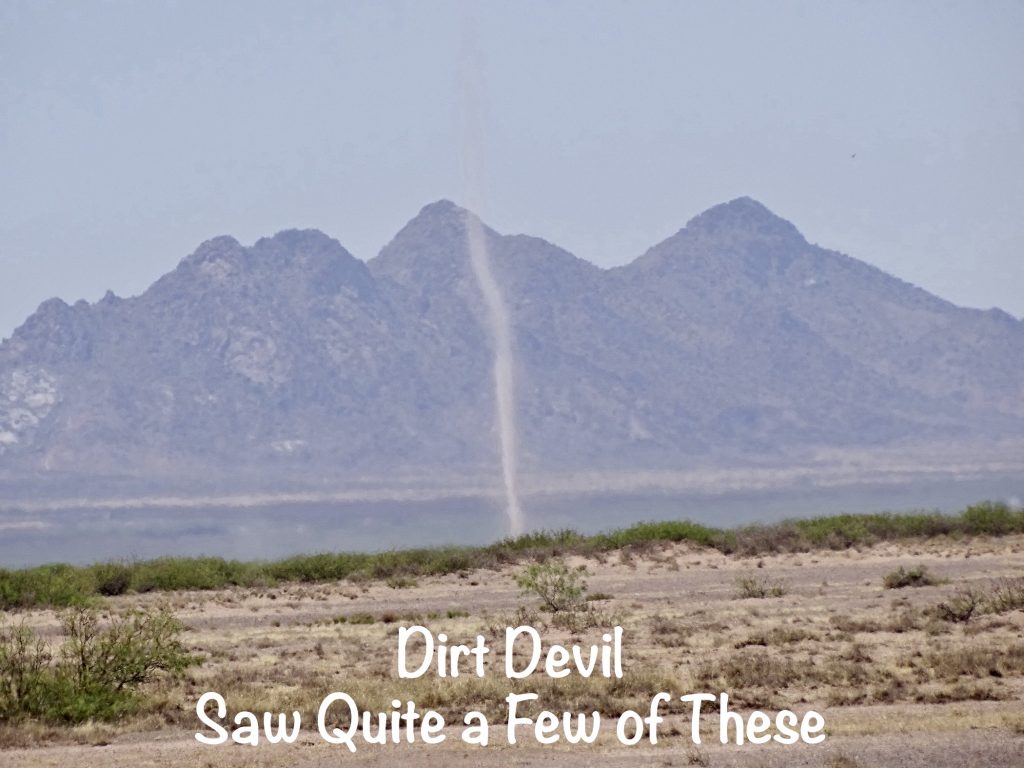
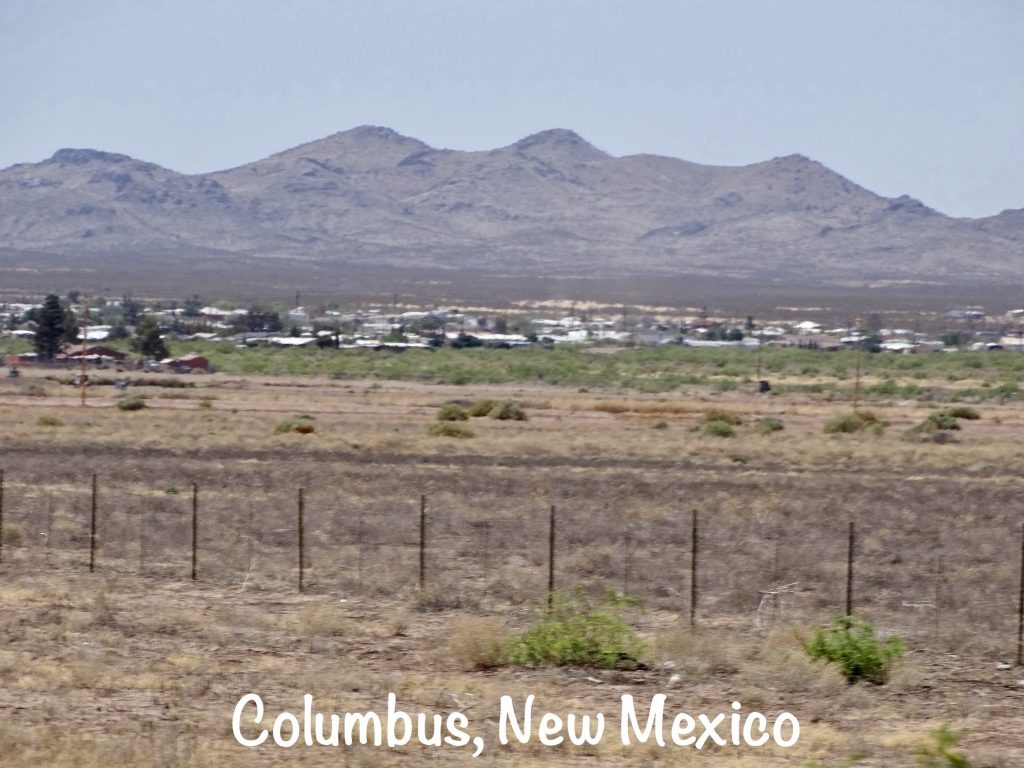
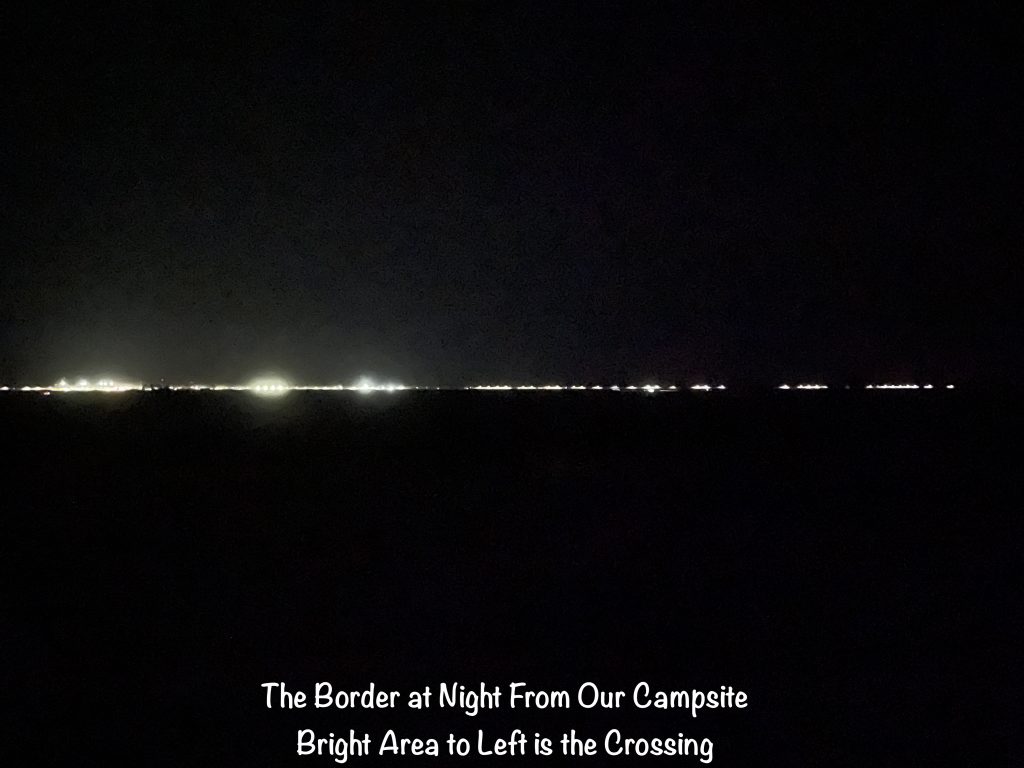
On Friday we took a nice walk around the park. It is in a beautiful, desert setting, and is very well landscaped. After cleaning up, I took care of some work before heading north to Deming, New Mexico. I had a much-needed appointment to get my hair done at Hair We Are. The owner, Rosa, worked me in and stayed open later than she normally does. How is that for terrific service?! She did a great job on my hair (body wave and cut), and I will definitely put her on my list of great hair places. (Now I have three…the other two are in Greensboro, North Carolina and Ogallala, Nebraska! I know…it’s a long way to go for a hair appointment. LOL) While I was doing that, MW ran some errands and found a bookstore (no surprise there). Shortly after arriving, I found that Rosa only took cash. I texted MW (he had the house phone) to run by an ATM on his way back. Nothing. She finished up much faster than expected, and MW wasn’t back. Rosa needed to go, so I suggested she run me to the nearest ATM, which she kindly did. I called and texted MW to let him know about the location change. Nothing. Thinking something might have happened to the phone, I walked back to the shop where he would expect to find me. Not there. My original estimate was 1-1/2 to 2 hours, so as the latter approached, I was starting to get worried. (I spend a lot of time in unfamiliar towns alone, and am fine as long as I have transportation. Without that, I feel vulnerable, which I DO NOT like. I also start thinking about all of the “what ifs”.) He finally pulled up, and I was both relieved and ticked. Turns out that he didn’t take the phone in with him, and later when he checked for texts, he used the iPad and not the phone. The problem with that is, in order to make it show up on the iPad, I have to text myself. In all fairness, he didn’t realize that until he actually received a text on the iPad, my last effort. After I unclenched my jaw, we went for lunch at Marie’s Italian Grill (pretty good stuff). The downtown district has been plagued by someone breaking the large, plate glass windows (no, it wasn’t Ernest T. Bass), so many of the businesses are boarded up and look closed. One lawyer replaced his broken windows only to have the new ones broken again that night. Wow. They caught one guy, but believe there are several more. Before heading back, we picked up prescriptions at Walgreens and ran into Pepper’s Supermarket for groceries.
We took the long way back to Petunia to see new stuff, passing ranch land, some pecans, and the occasional crop fields. We finally figured out what the giant balloon we’d been seeing was, too, when we passed the Border Patrol TARS site. We were mostly in the middle of nowhere, though…no other cars, no people, NOTHING! That’s when I realized that I was going to have to pee. I held on for as long as I possibly could, but realized there was just no way we were going to pass a gas station or get to the park in time. Dang! Now, in most of the country, I could run into the woods and squat behind a tree. I’ve done that plenty of times when hiking or back in our tent camping days. No problem. Here, though, there is NOTHING TO HIDE BEHIND. No worries, though…remember…middle of nowhere. MW found a place to pull over and suggested that I open the front and back doors of the truck and squat between them. Okay, that sounded good. Except that, as I was squatting I realized that my butt was actually below the edges of the doors. It’s a tall truck. I was about half-way through the deed when he said “Here comes a truck.” REALLY! We hadn’t passed ANYONE or seen a living soul for 20 MILES, yet someone comes along in this little minute window!! I was rushing to get my pants on when the Border Patrol agent pulled up on MW’s side of the truck. “Is everything okay?” MW’s reply: “Yes. We are just taking a pee break.” I mean really, what else do you say? The agent looked totally embarrassed, apologized, and quickly went on his way. We laughed and said it must have been the radar balloon. Some guy watching a scope realized we stopped, and an agent was dispatched to see what we were up to. LOL (Not really. I think they are mostly tracking small aircraft.) A few miles down the road we passed “our” agent. I wonder if he sent a broadcast out about running up on the old lady peeing in the desert. Is there a code for that?
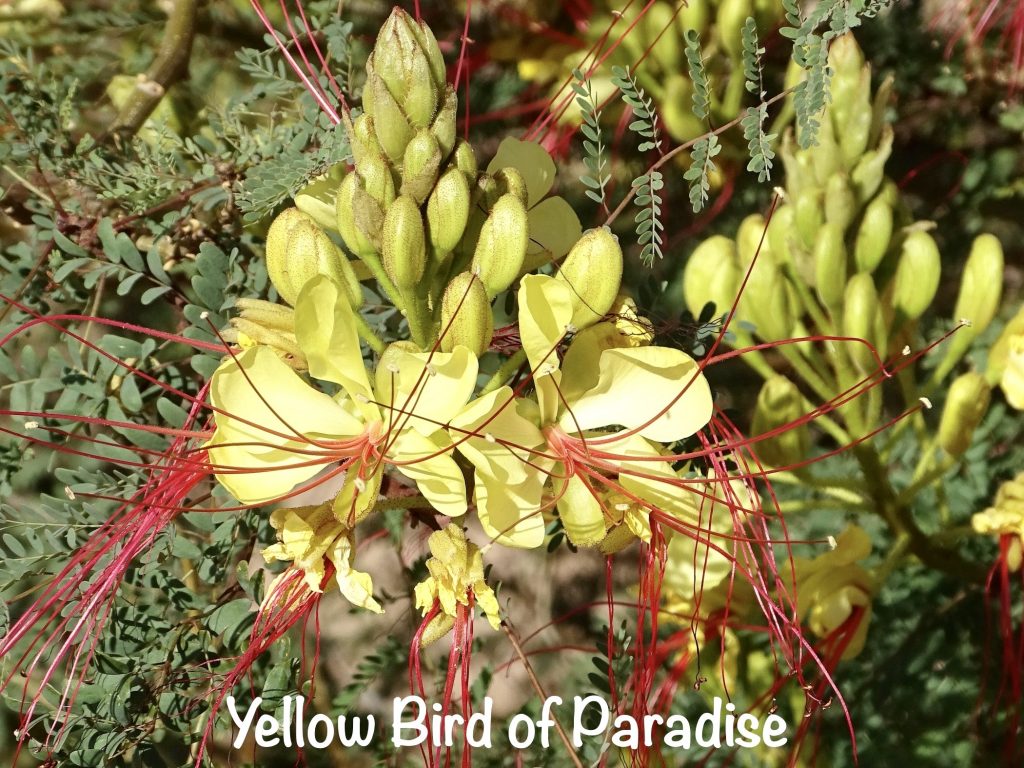
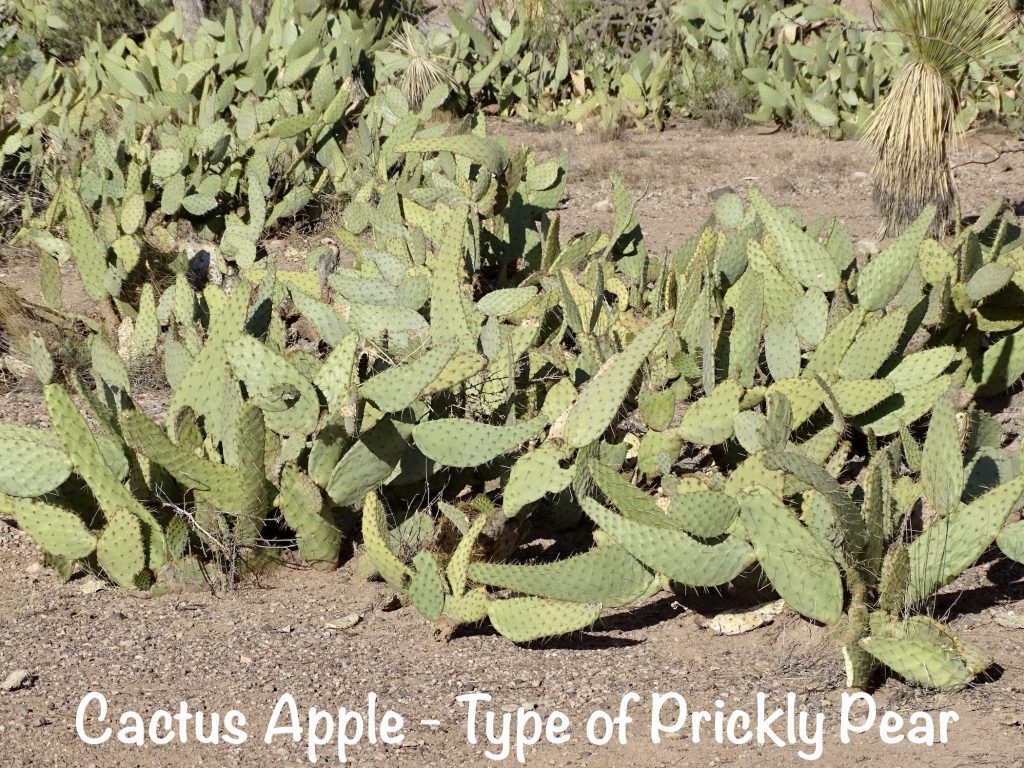
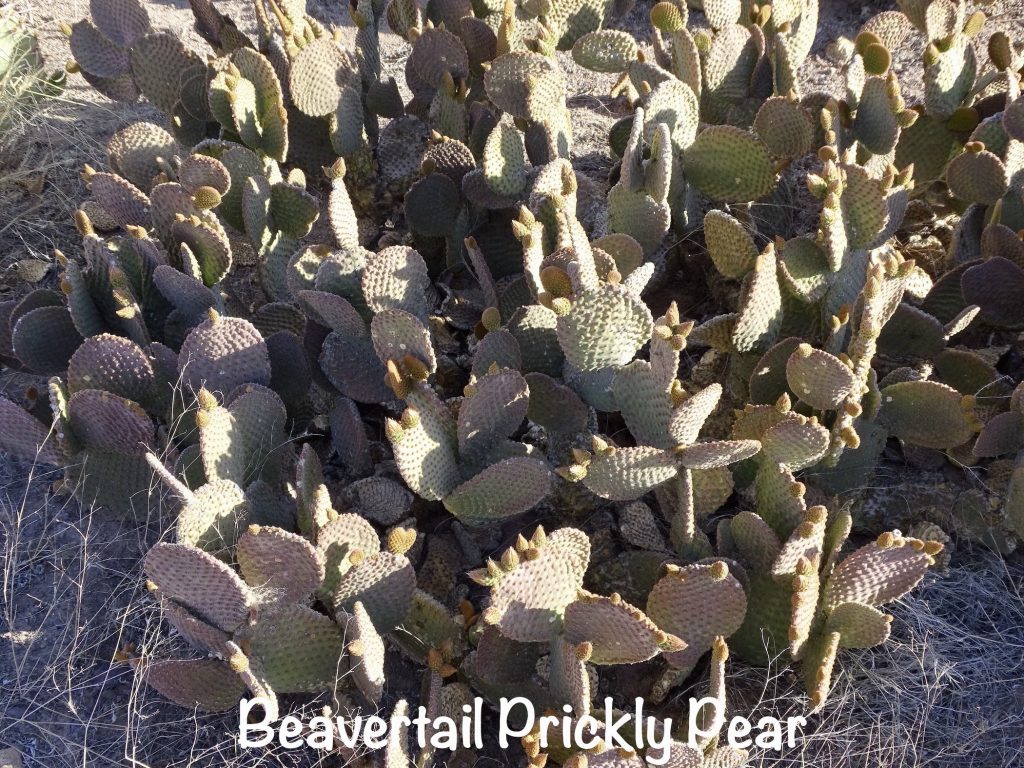


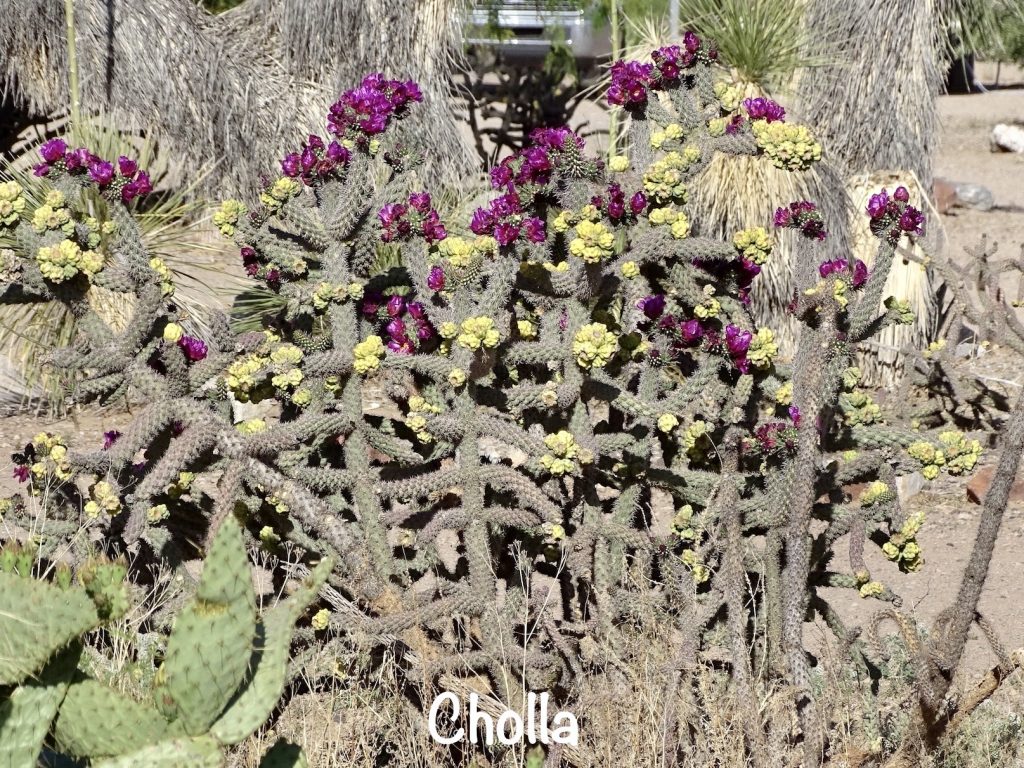
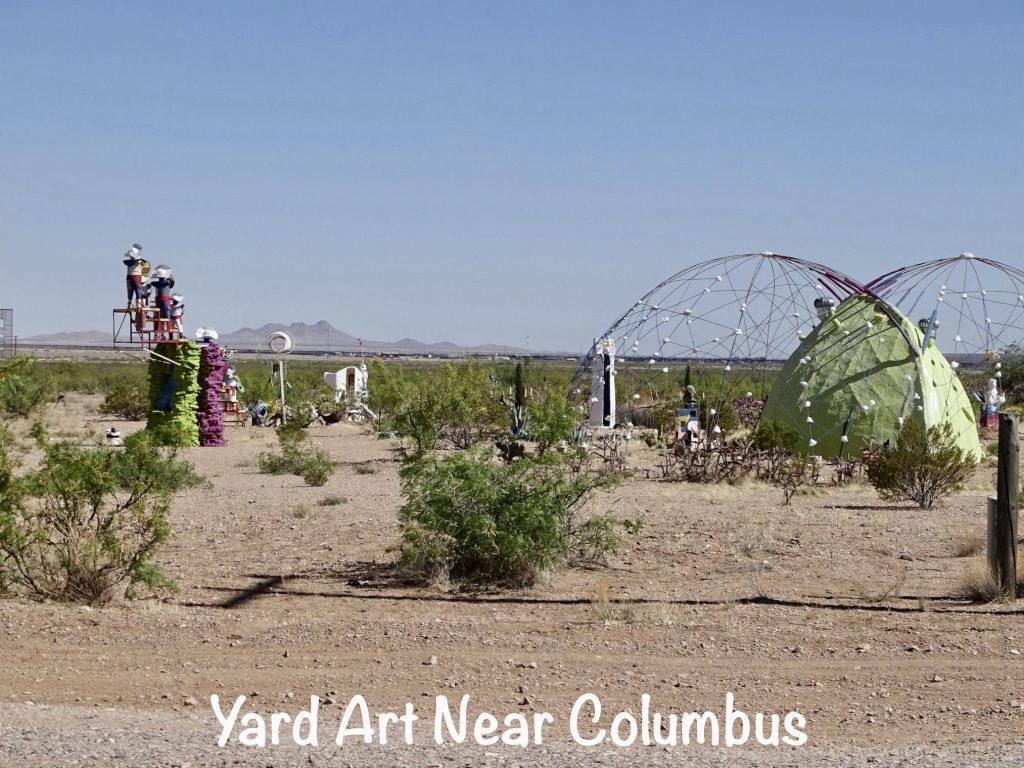

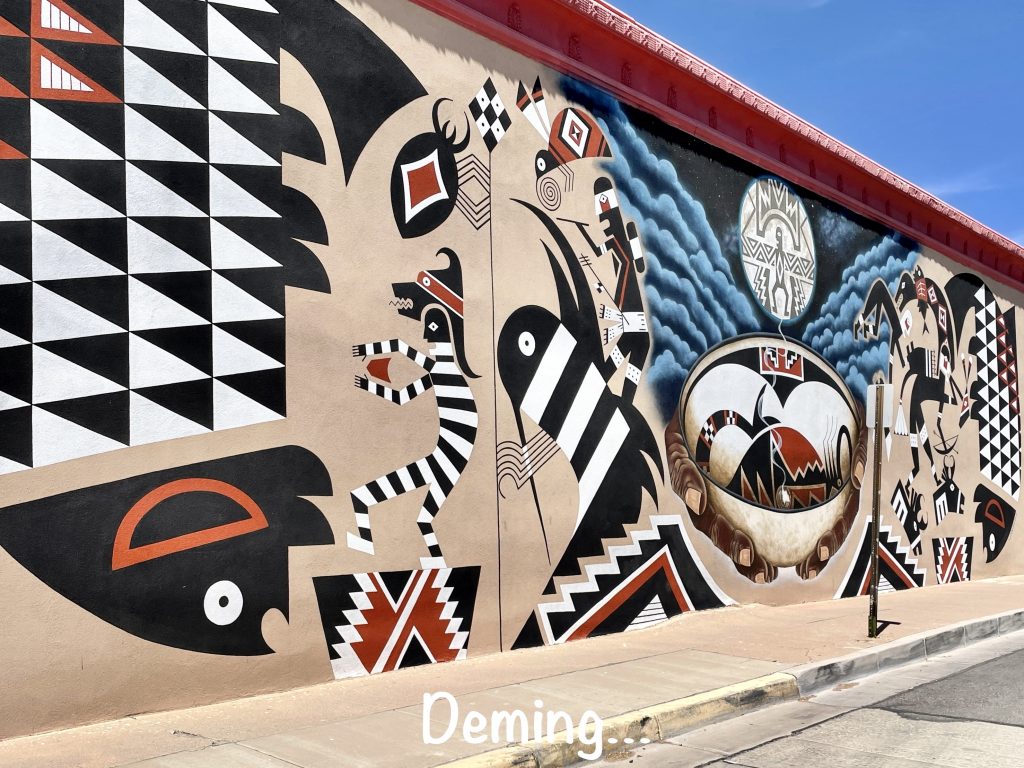
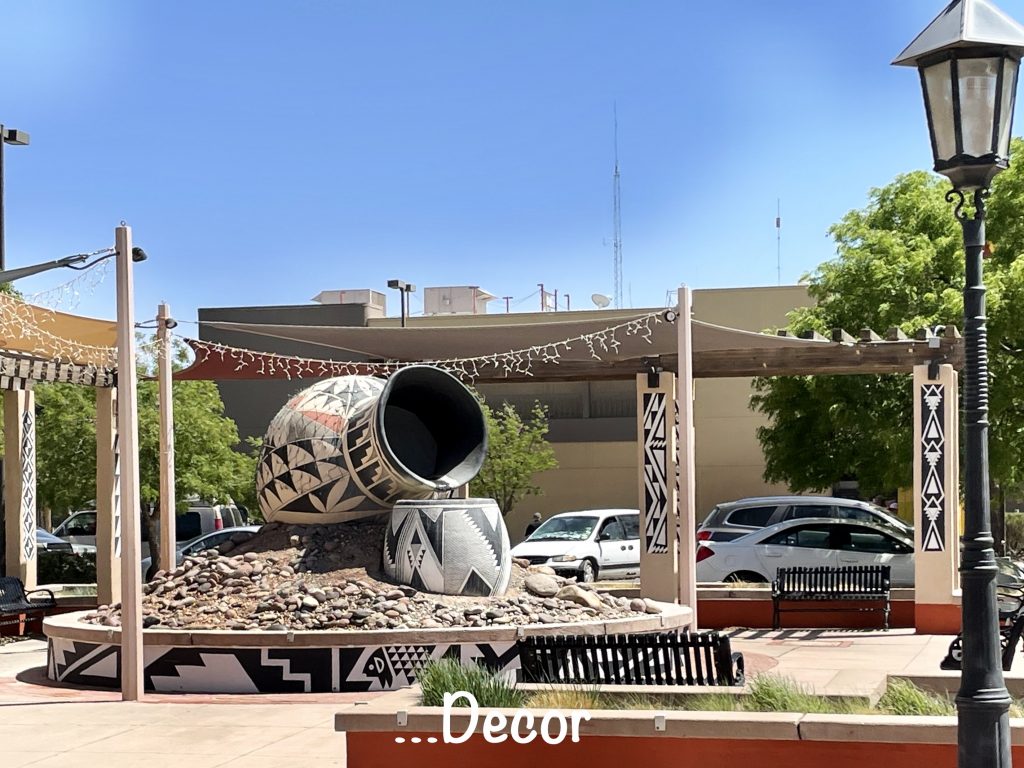
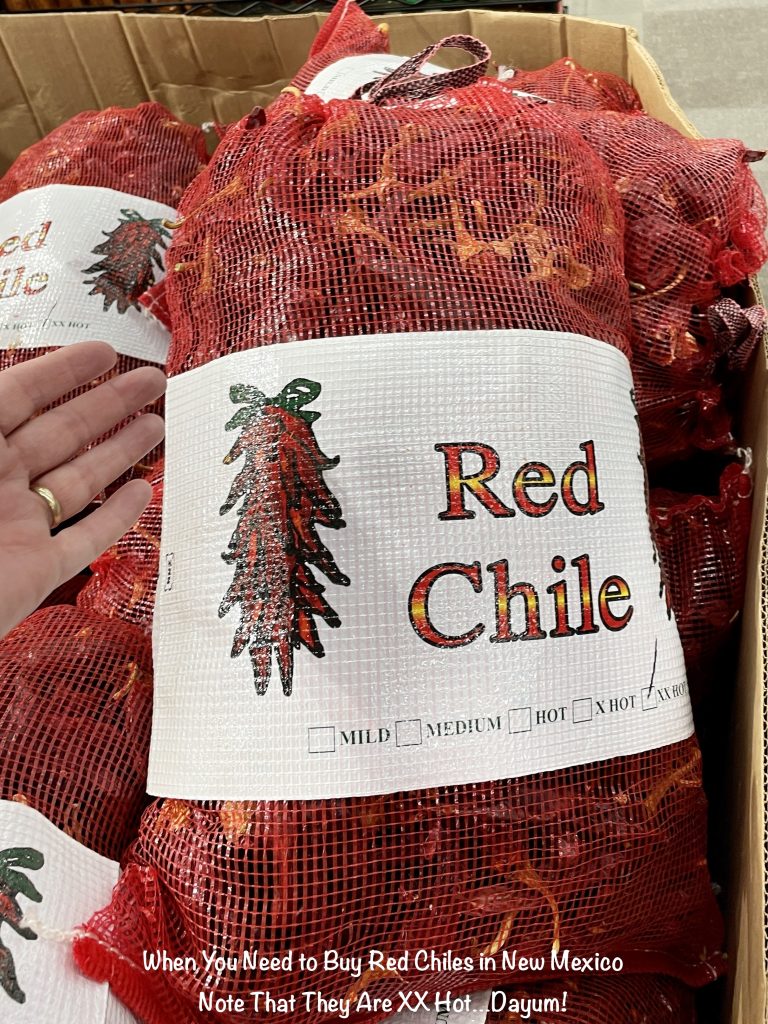
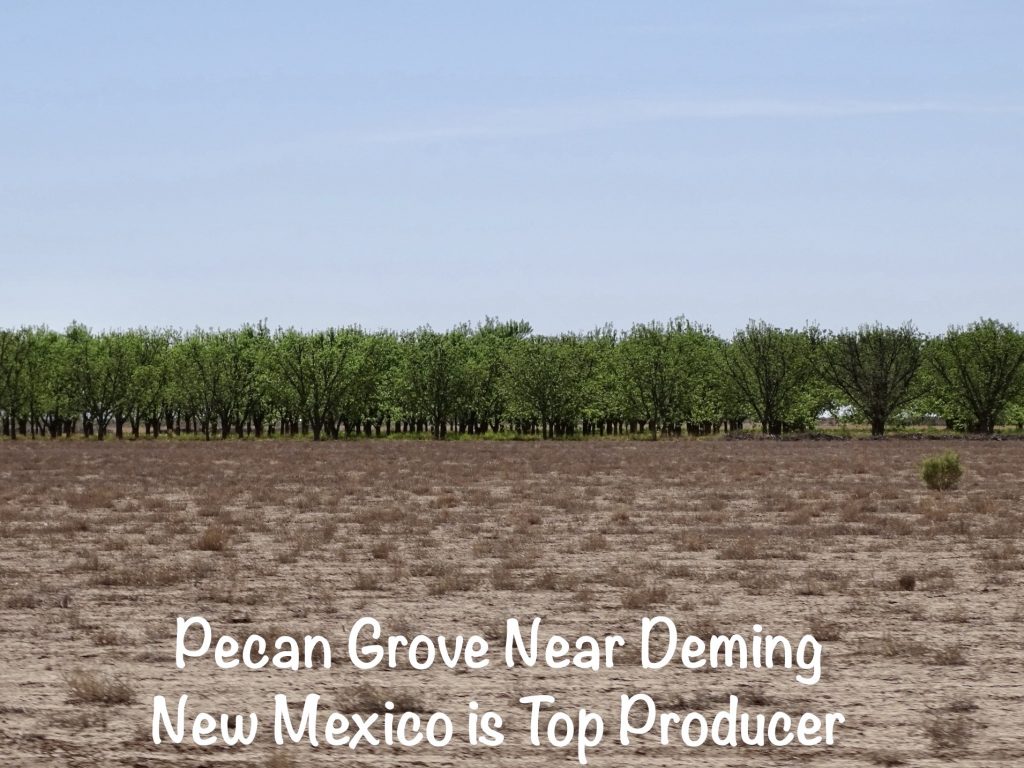
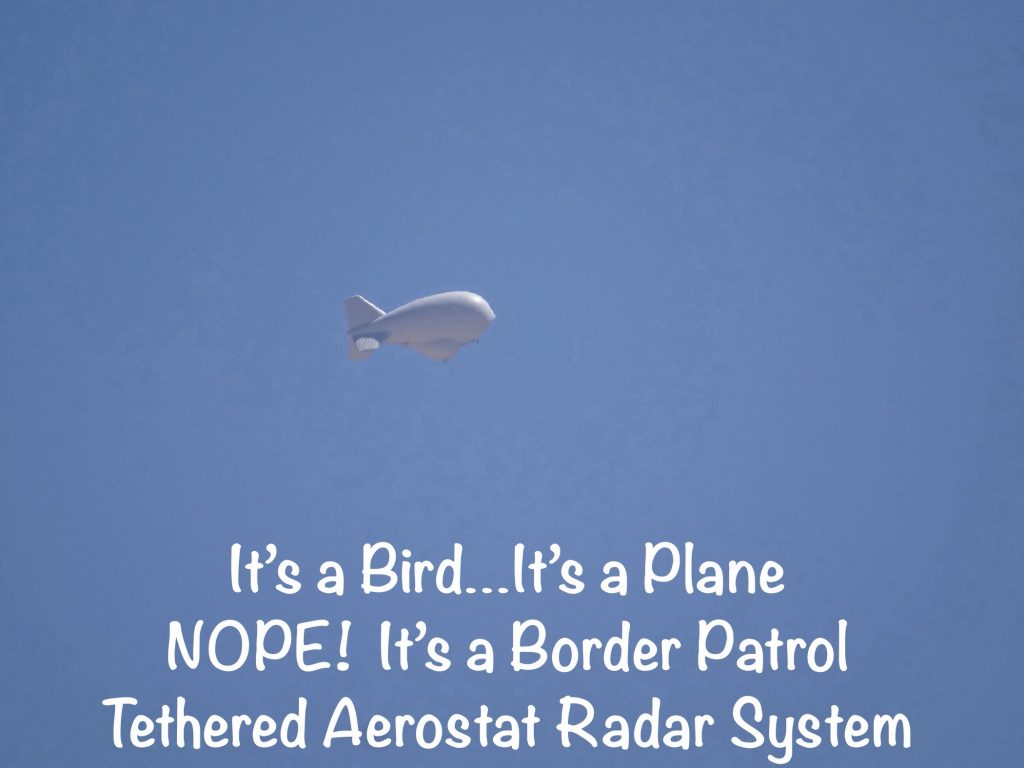
Saturday my printer gave up the ghost, so I had to do a little research and online shopping to replace it. That HP Officejet 250 did a terrific job for many years. It had been lugged around in my computer bag to tax sites, thrown into the seat of my car, and bounced all over the country in the back of Petunia. The only reason I didn’t replace it with the same one is that I only need a basic printer now and not an all-in-one. I found a Canon Pixma TR-150 that was about $200 cheaper. Hope it is as good as the old HP. I had it sent to an Amazon locker in Arizona. That is a great option when you are traveling, but you have to keep up with the timing. They send packages back to Amazon if they aren’t picked up within 3 days. (The Amazon Hub Counters will hold them for a little longer.) That taken care of, it was time for lunch. Our plan was to check out the Borderland Cafe just outside the park gates in Columbus for lunch. Despite this being a seriously TINY little town, we’d seen lots of cars in the parking lot the last couple of days. We were looking forward to checking it out. Unfortunately…DENIED! They were closed, although Yelp showed them open. Bummer! Back at Petunia, I took a little nap while MW went to scope out the Exhibit Hall. My afternoon focus was totally on writing. (I promise, I WILL get caught up!)
Pancho Villa State Park has an interesting distinction: It is the ONLY park in the United States that is named for a foreign invader. Crazy, huh?! Camp Furlong and Columbus, New Mexico, are designated as a National Historic Landmark District, too. Pancho Villa was a Mexican guerilla leader and a bit of a thug. When he was a young man, he was imprisoned for shooting a man who was harassing his sister. He escaped and became a fugitive, making his living as a bandit. When Francisco Madero led a successful uprising against the Mexican dictator Porfirio Diaz, he joined the fight and was made a colonel. In 1912, Madero’s luck turned, and he was ousted from power by Victoriano Huerta. Villa came close to being executed for his defense of Madero’s government, but he fled to the United States. Later he returned to Mexico, formed the Division del Norte, and joined forces with other revolutionaries to overthrow Victoriano Huerta. The strongest of these leaders was Jose Carranza de la Garza, and in September 1915, the U. S. government recognized him as the de facto president of Mexico. They began an embargo against all opposing factions, including Villa. He hatched a plan to attack the United States and force them to invade Mexico, thereby severing their relationship with Carranza and putting the revolutionaries back in a position to take over the government. They attacked the tiny town of Columbus, New Mexico, to get supplies from the mercantile and Camp Furlong, a small, border fort with a minimal detachment. The soldiers there managed to chase Villa’s men away, but not before several people (both civilian and military) were killed or wounded, and buildings and tents were burned. Within hours of the attack on Columbus, the 16th Infantry Regiment led by General John J. Pershing came in from El Paso by troop train. Six days later, they headed into Mexico on what is known as the Punitive Expedition to fight the remnants of Villa’s raiders. While they were not altogether successful, the trying conditions that would prepare them for the many challenges they would soon face as part of General Pershing’s “Big Red One“, among the first units to arrive in France in World War I, was the most important gain. Meanwhile, the small Camp Furlong had a great influx of soldiers and equipment. It became the first fort to use motorized transport and the first American Air Corps training ground. In 1959, when it came time to name the newly created state park, Sheriff Jack Green suggested the name “Pancho Villa State Park”. Breen claimed to have known Villa well and said that he was not in Columbus during the raid. Many others felt he was probably on a distant hillside watching his troops attack, but the name was put forth to the state legislature and passed unanimously. Part of the writeup said it was “in the interest of preservation of the memory of the unique, historical occasion of the last hostile action by foreign troops within the continental United States.” They called it a “gesture of peace and goodwill between the United States and Mexico”. Hmmmmm.
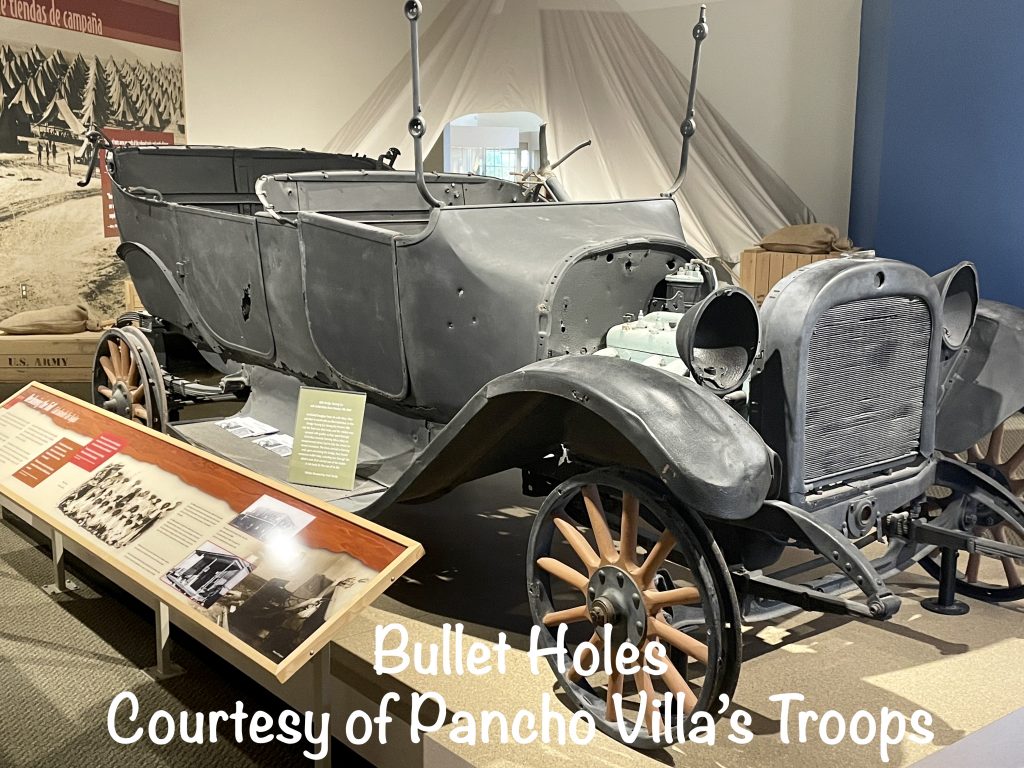
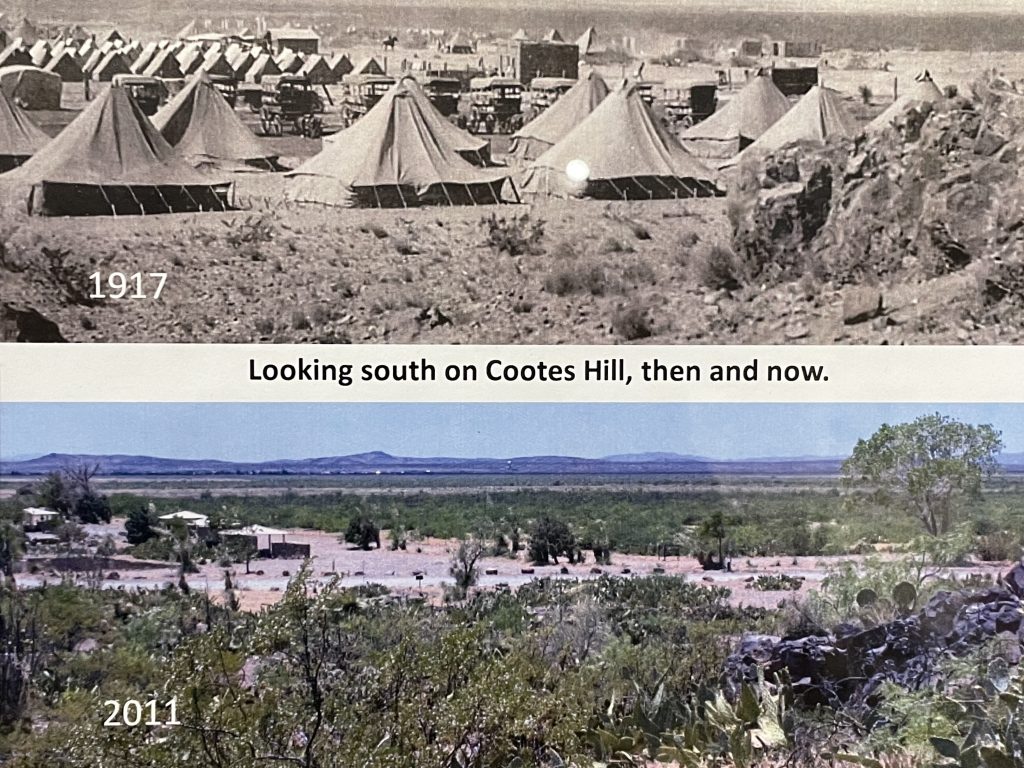
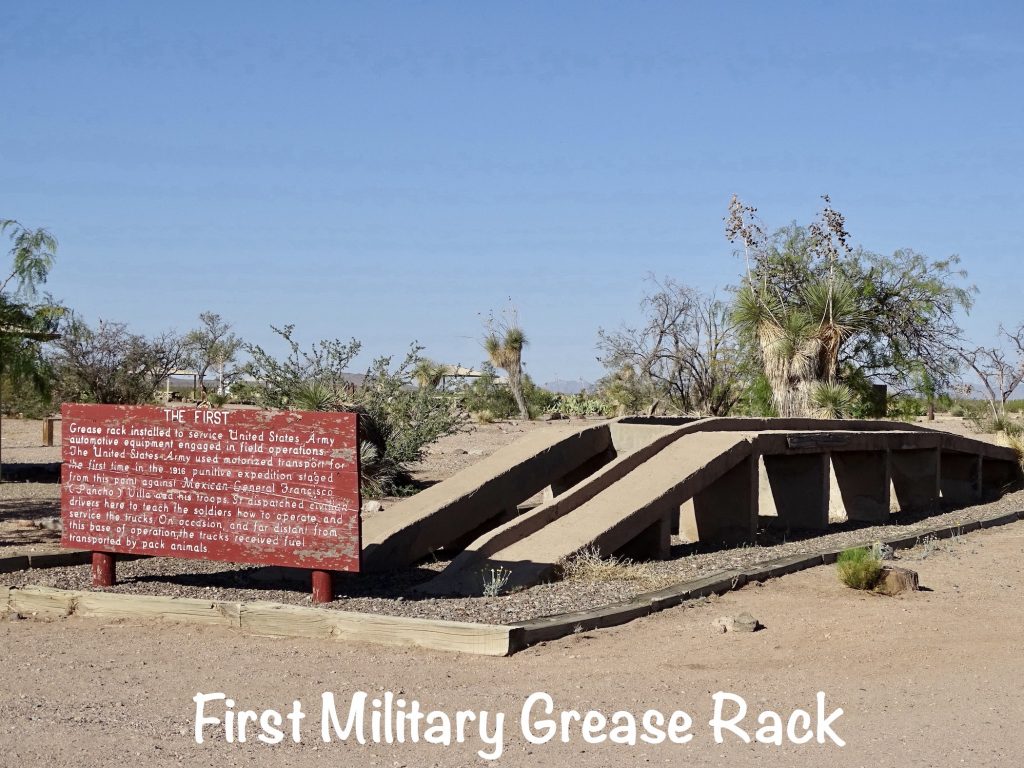
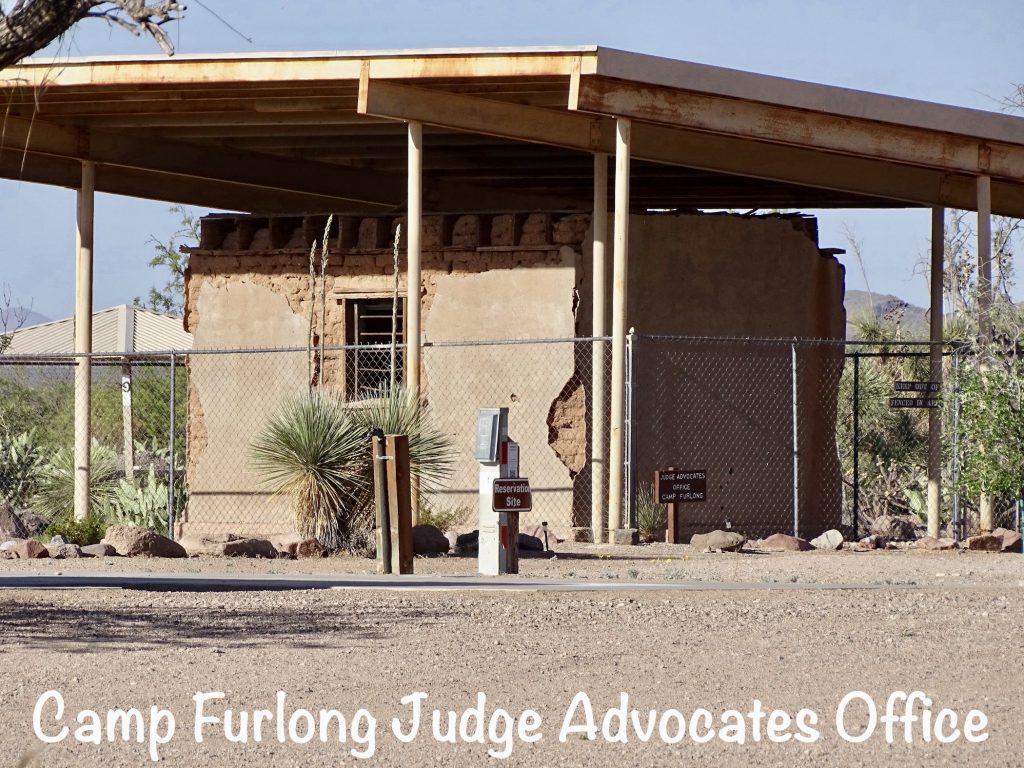
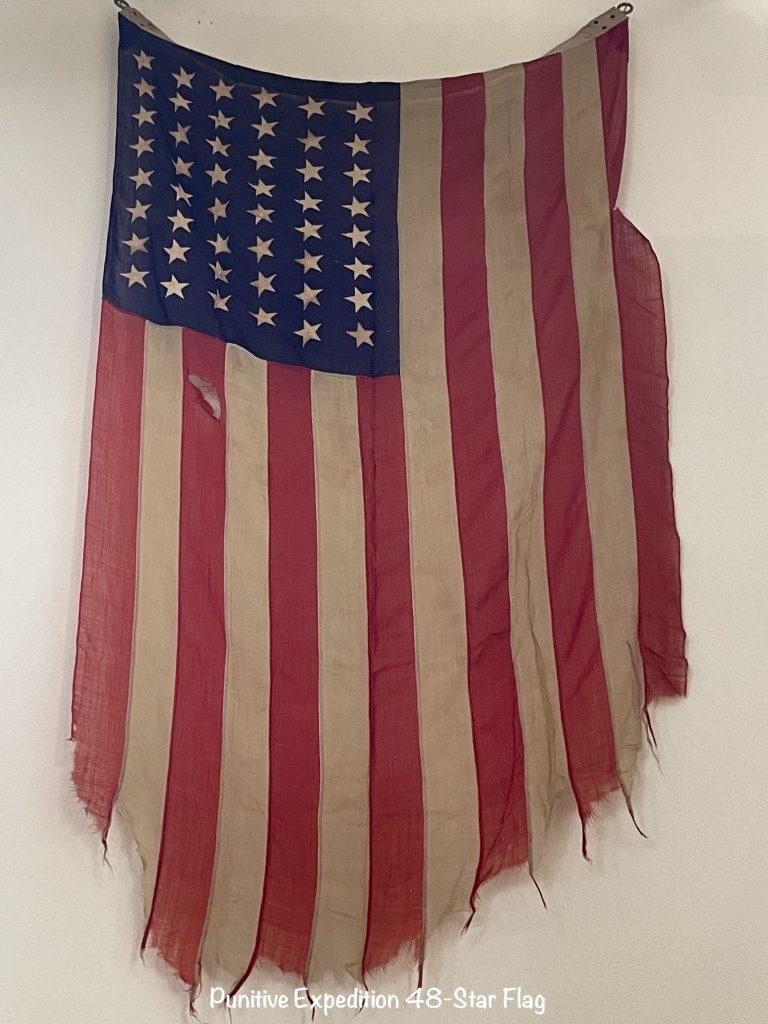
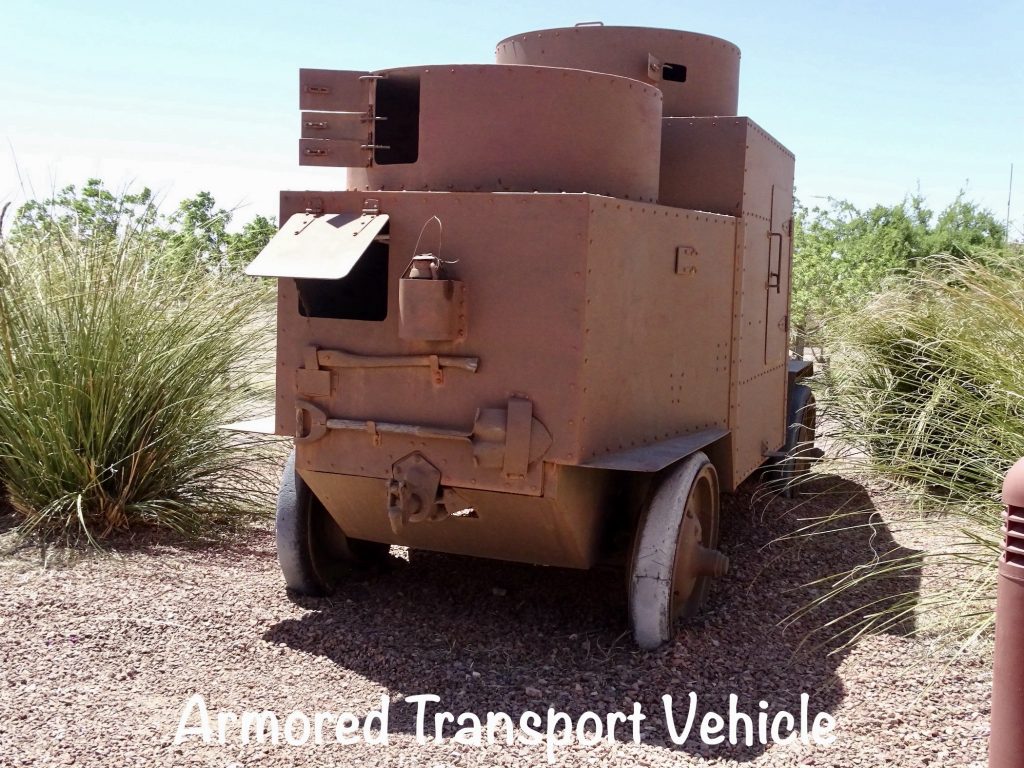
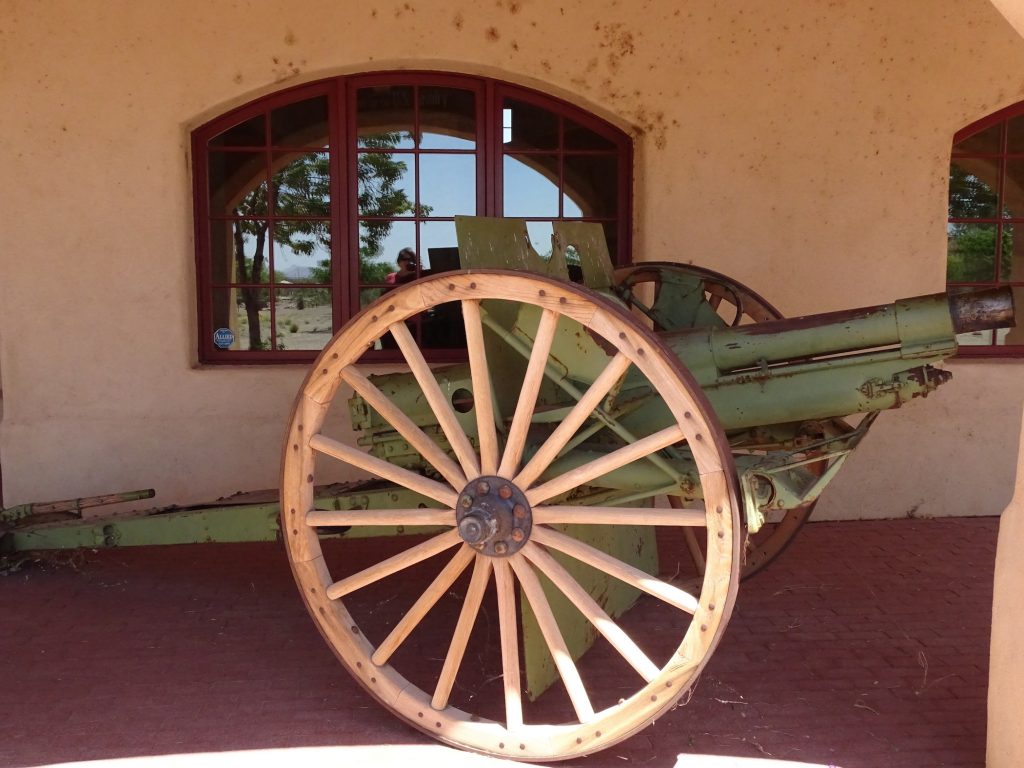
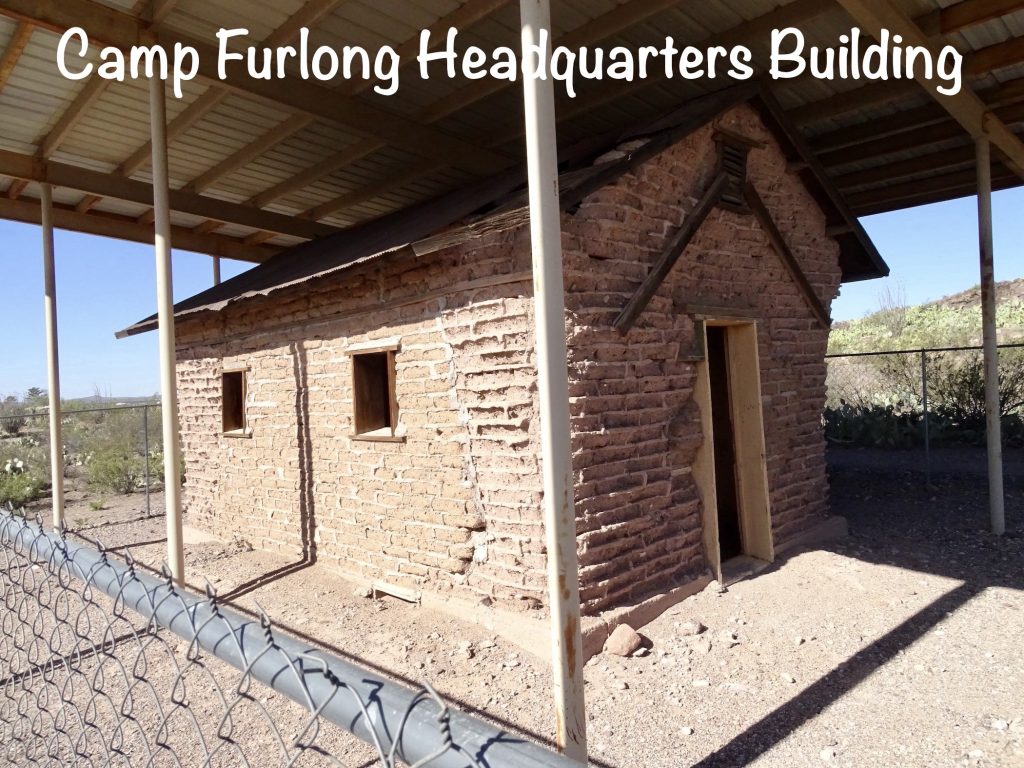
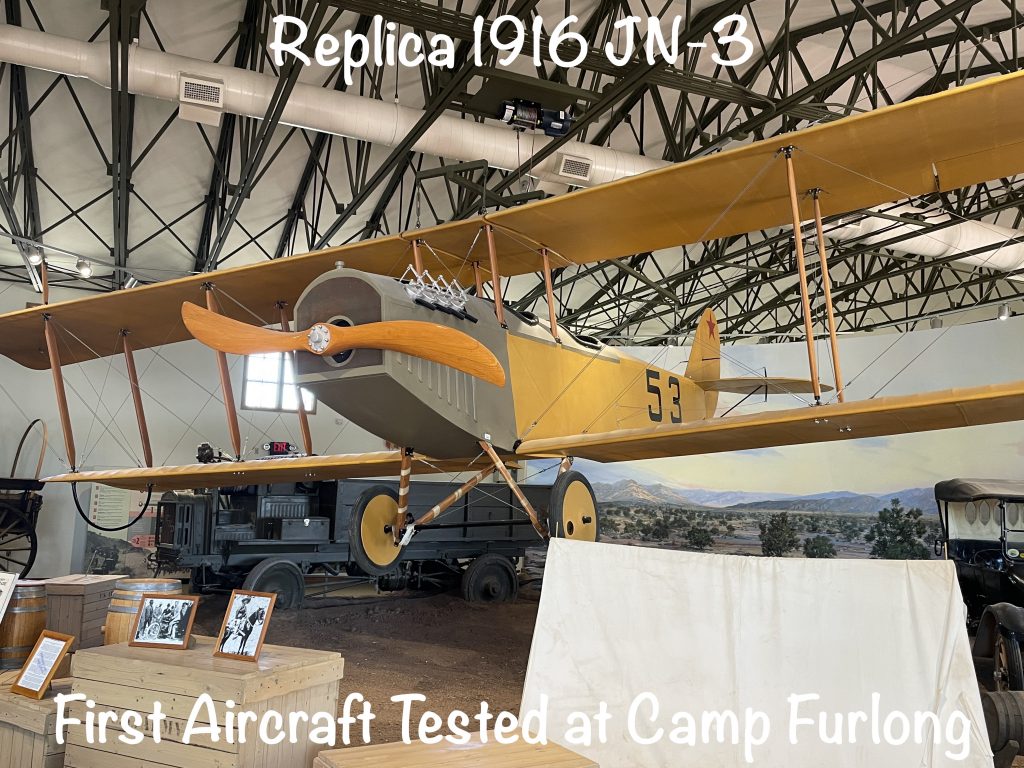
Sunday started with a walk around the park and into town. After getting cleaned up, we made our Mother’s Day calls, then watched the church service from Sneedville First Baptist. Neither of us felt like driving all the way to Deming, so Mother’s Day dinner was frozen food from the Dollar General in Columbus. (Pagoda pork egg rolls are really pretty good. No kidding.).
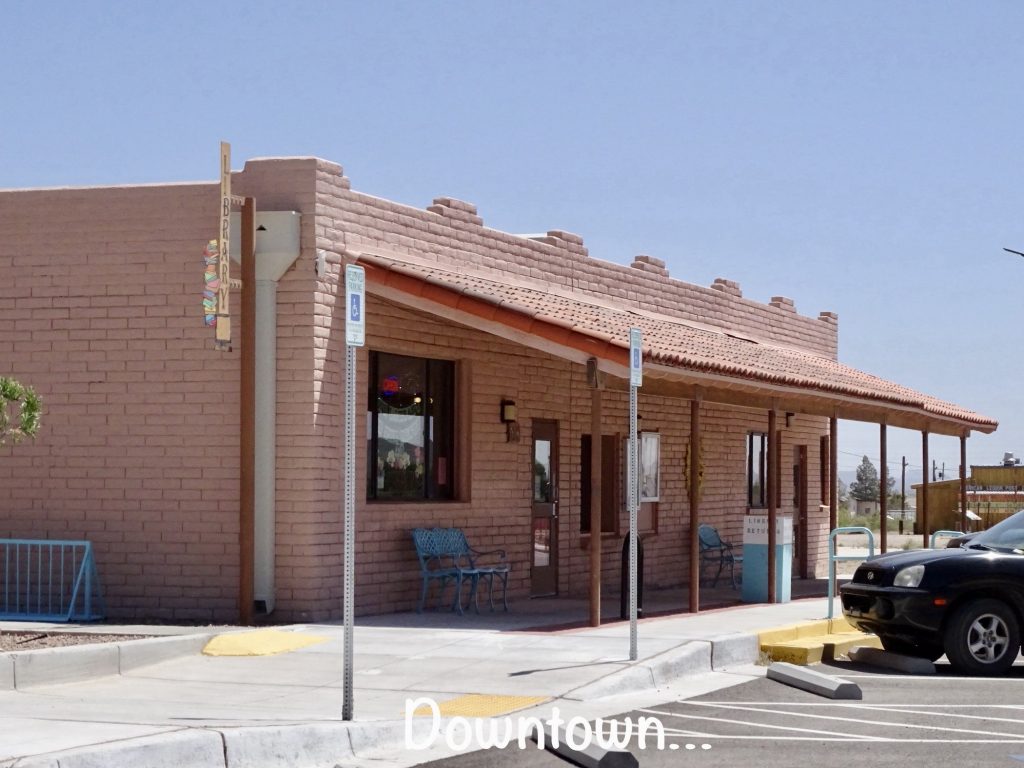
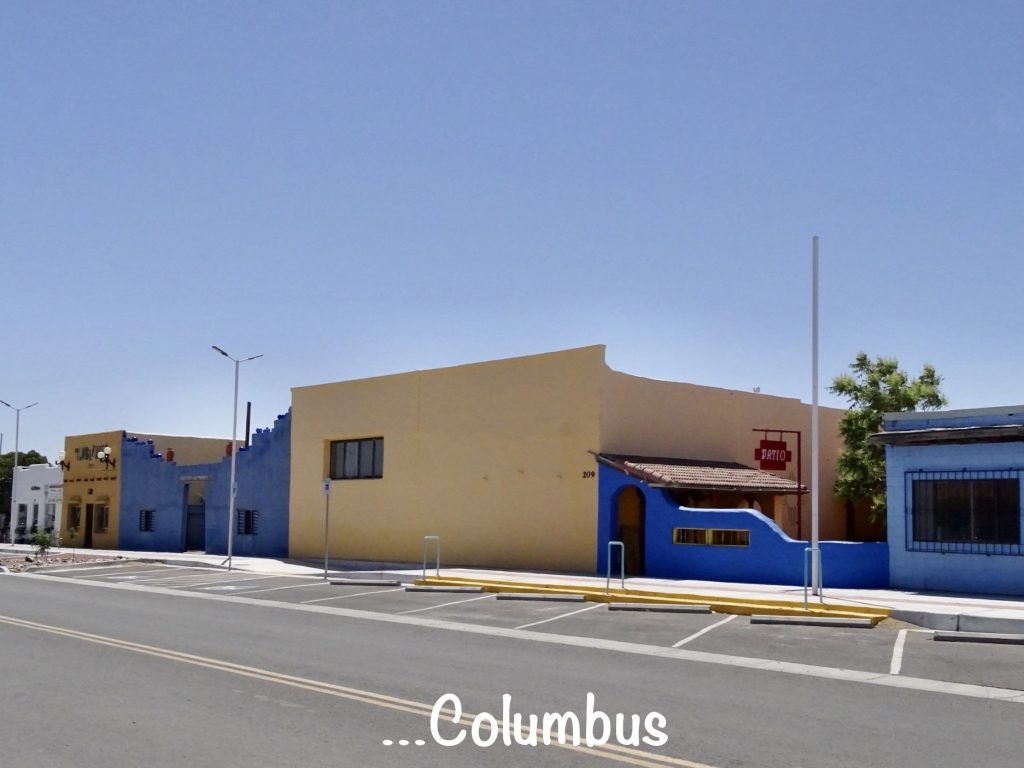
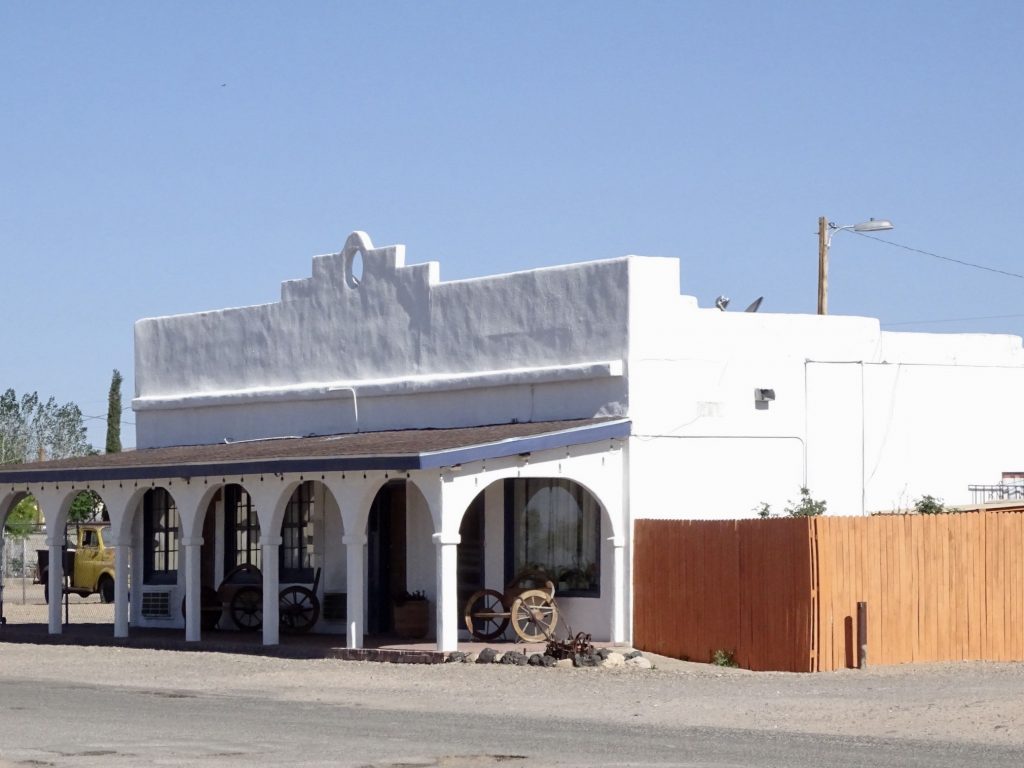
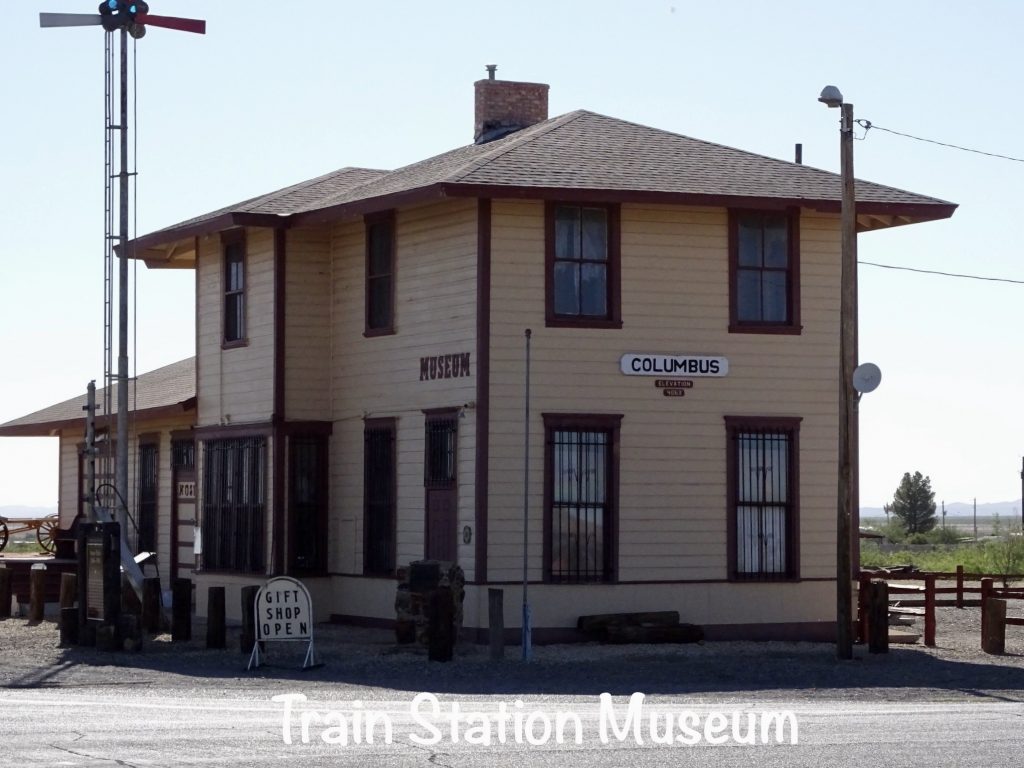
Pancho Villa State Park is just south of Columbus, New Mexico, and about 2.5 miles from the Mexican border. It is exceptionally well maintained, with cactus bed landscaping that is really beautiful. I’ve already talked about the history above, and the park includes historic relics, an exhibit hall, and several remaining Camp Furlong structures. The park also offers educational tours covering the raid. Other amenities include a playground, picnic areas, group pavilions, trails, a gift shop, and two bathhouses, which were very clean. There are 66 reservable sites and 7 first come, first serve, which include 67 electric (50- or 30-amp) with water and 6 non-electric sites with water available. They also offer boondocking sites, which we have not seen at any state park before. We happened to be there during blooming time, and the cactus gardens were very beautiful. They also have several special events in the park and town area during the year. For this visit in May 2022 we paid $108.00 for four nights.
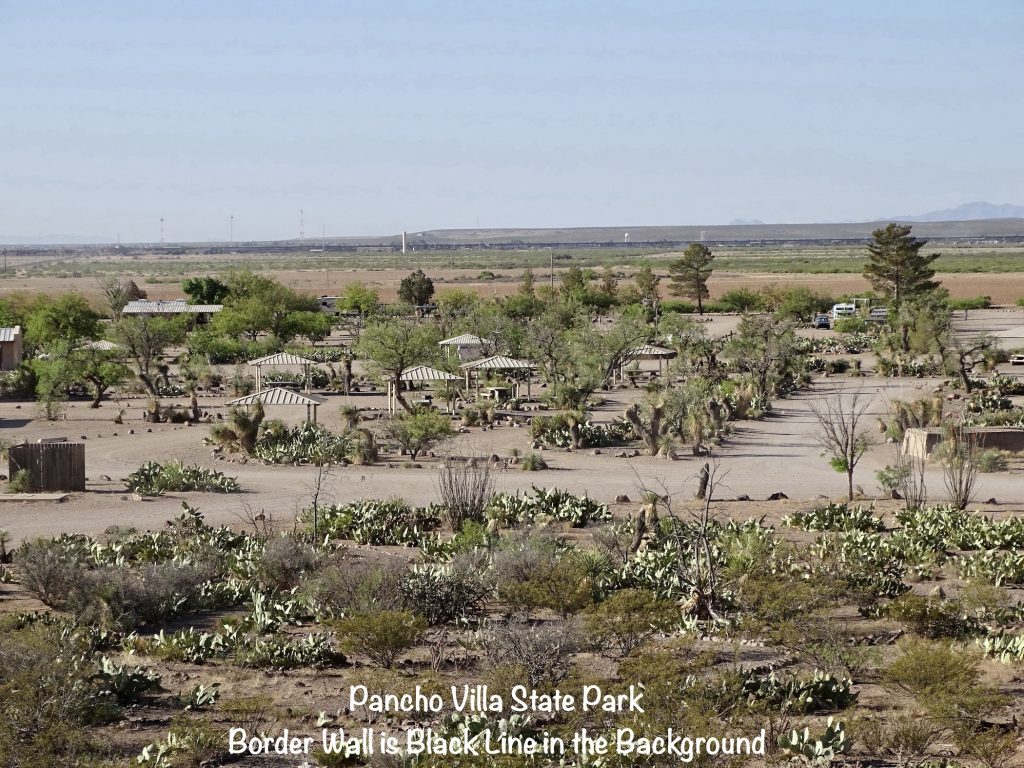
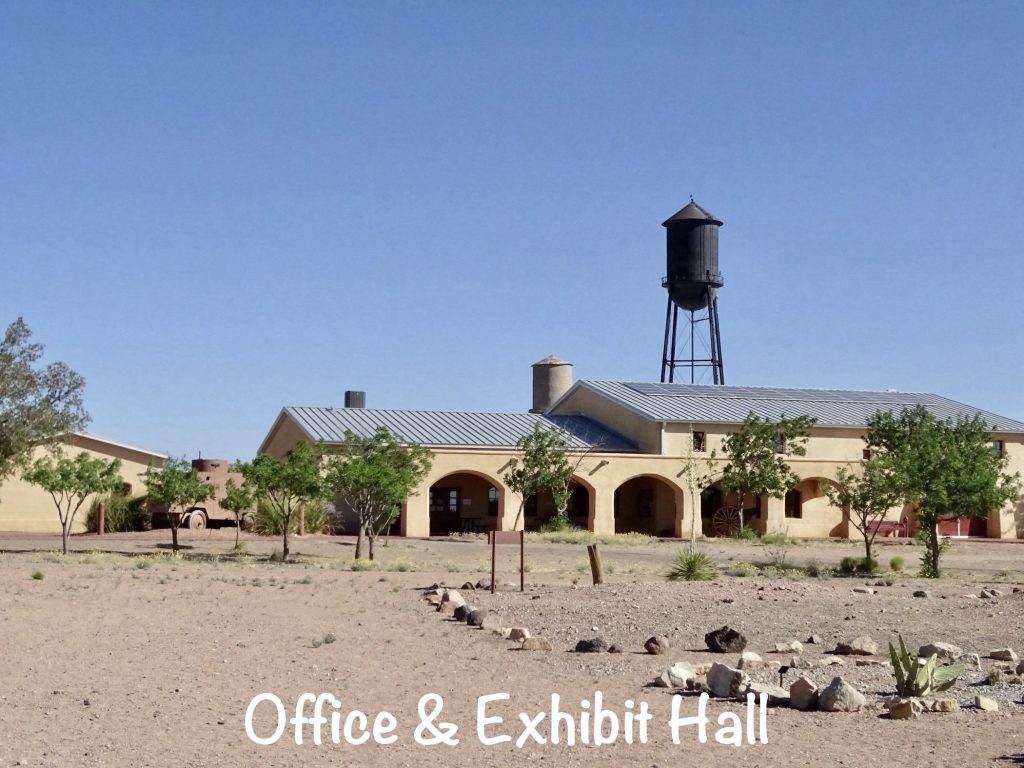
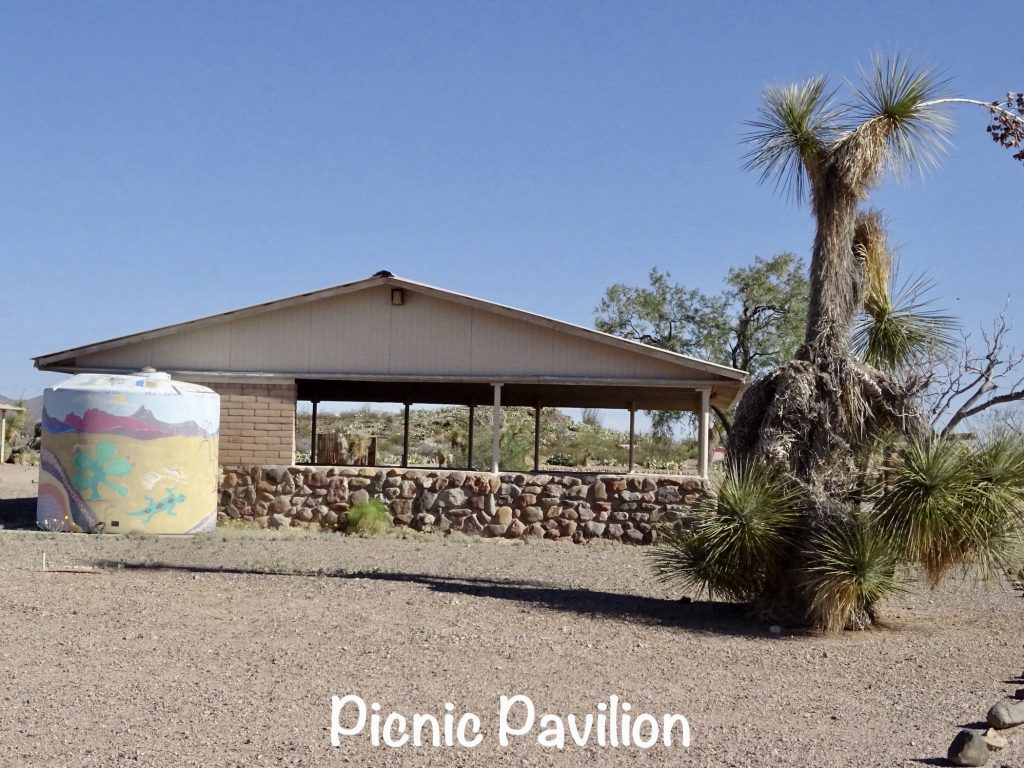
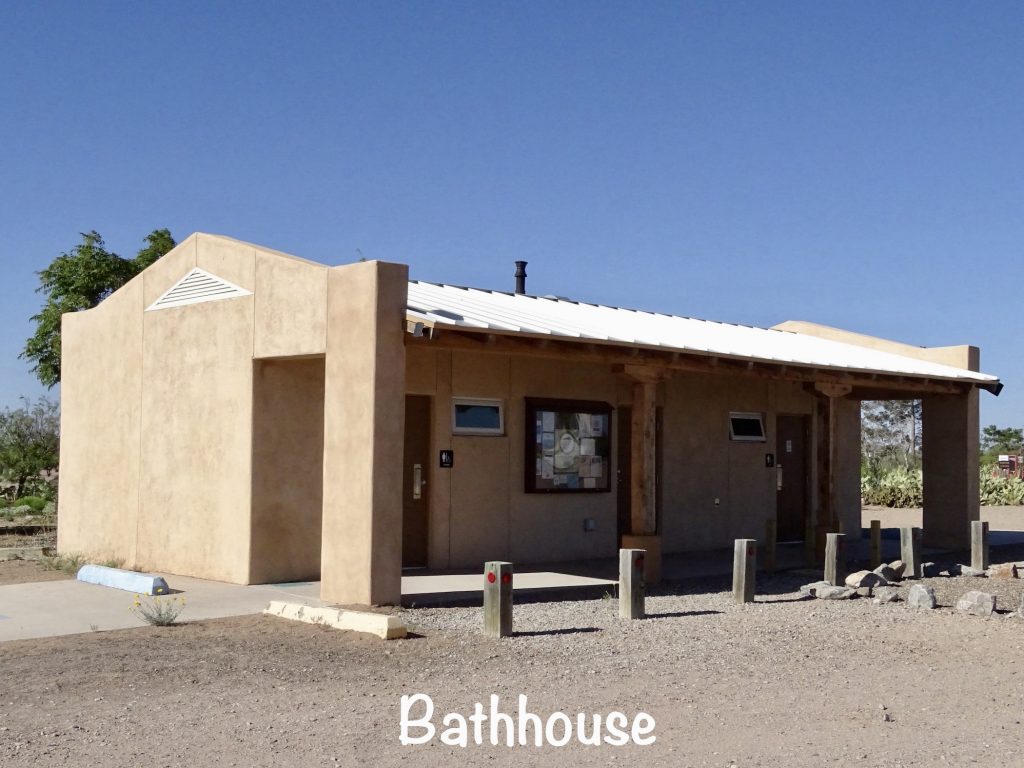
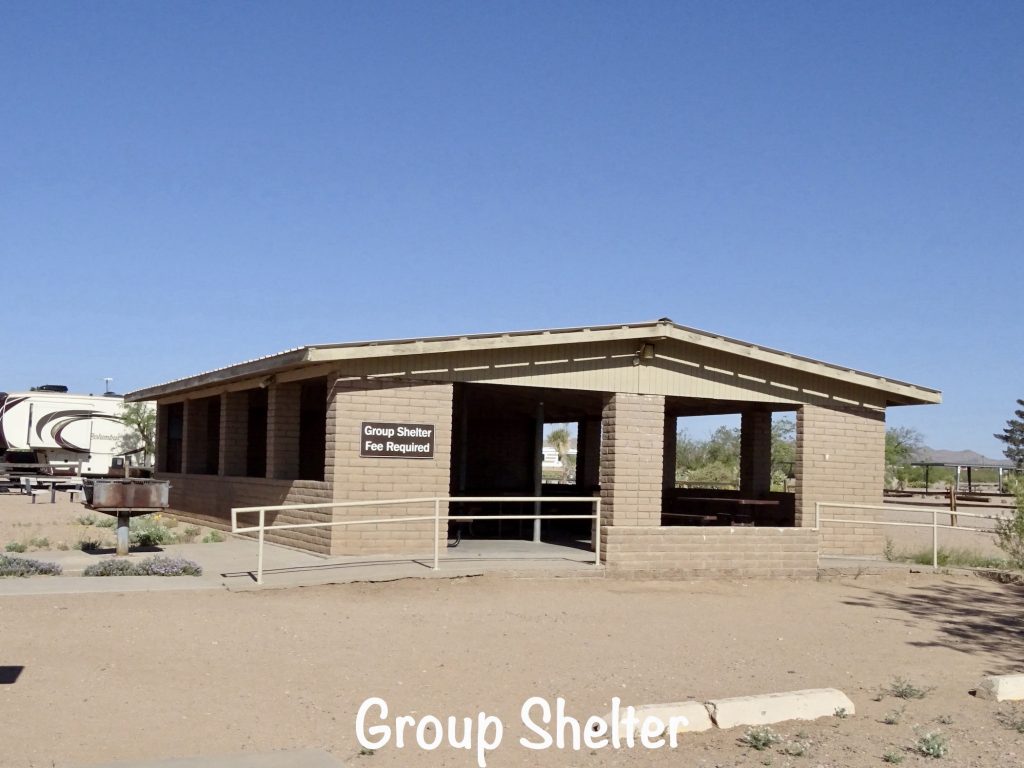
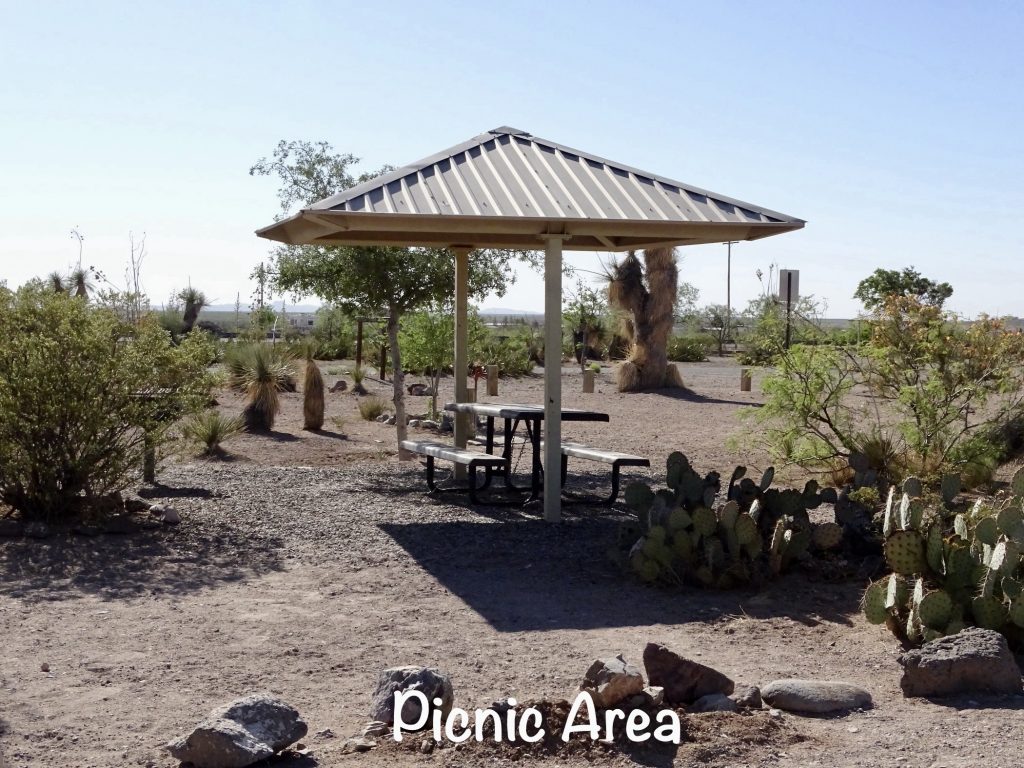
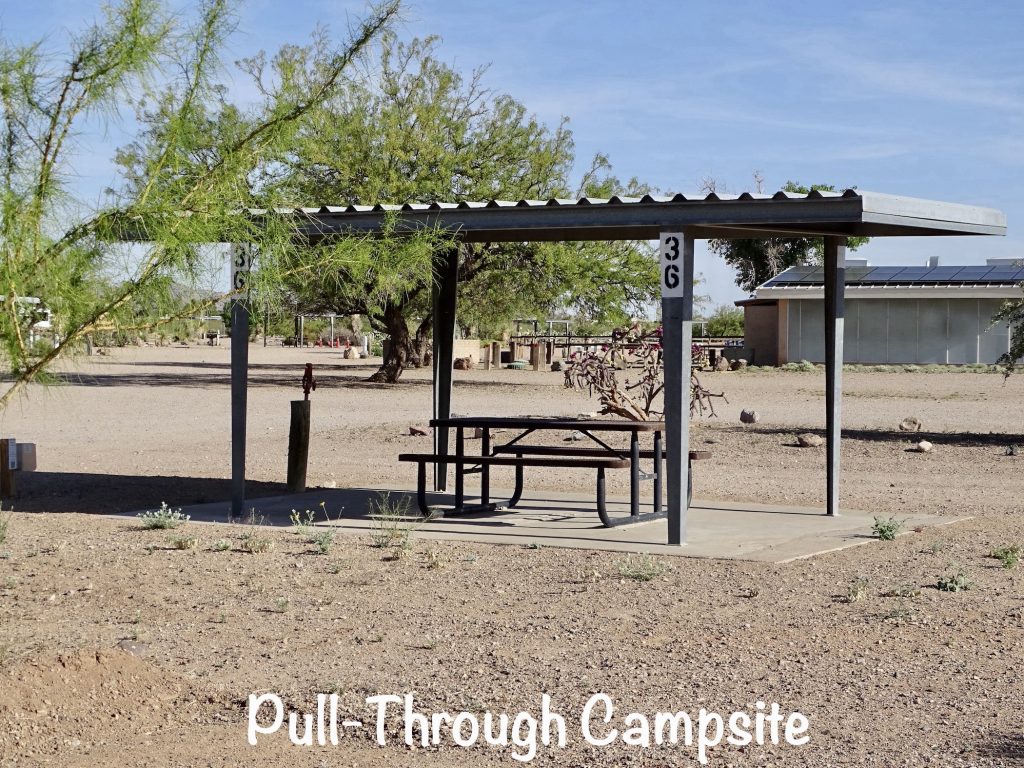
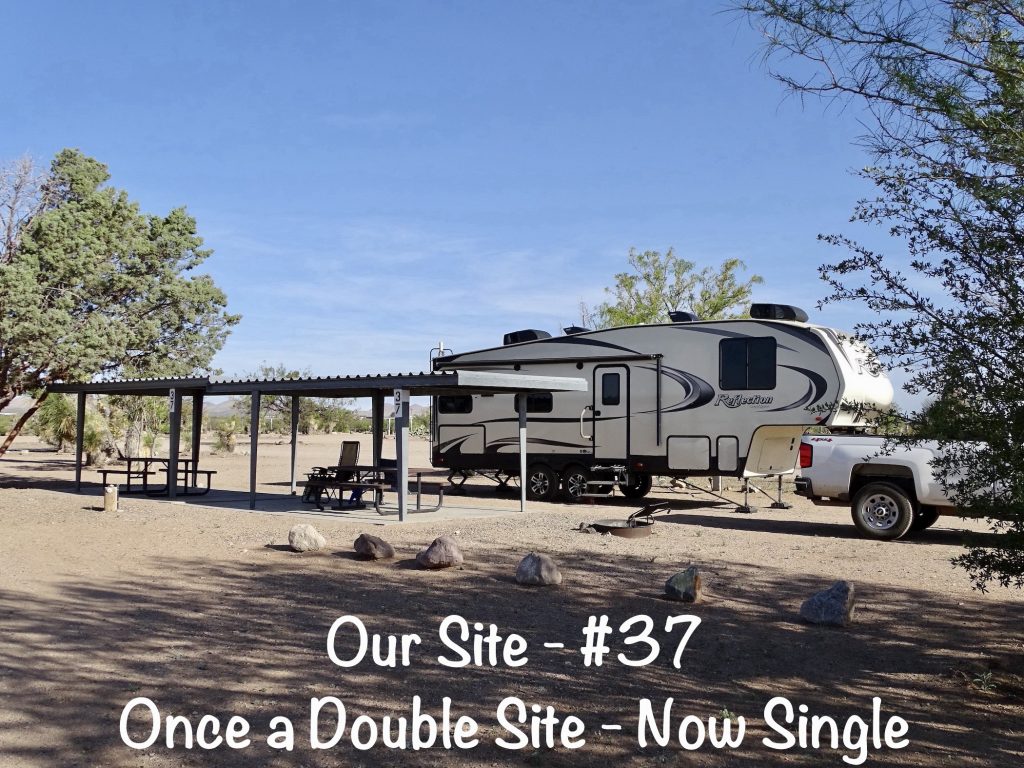
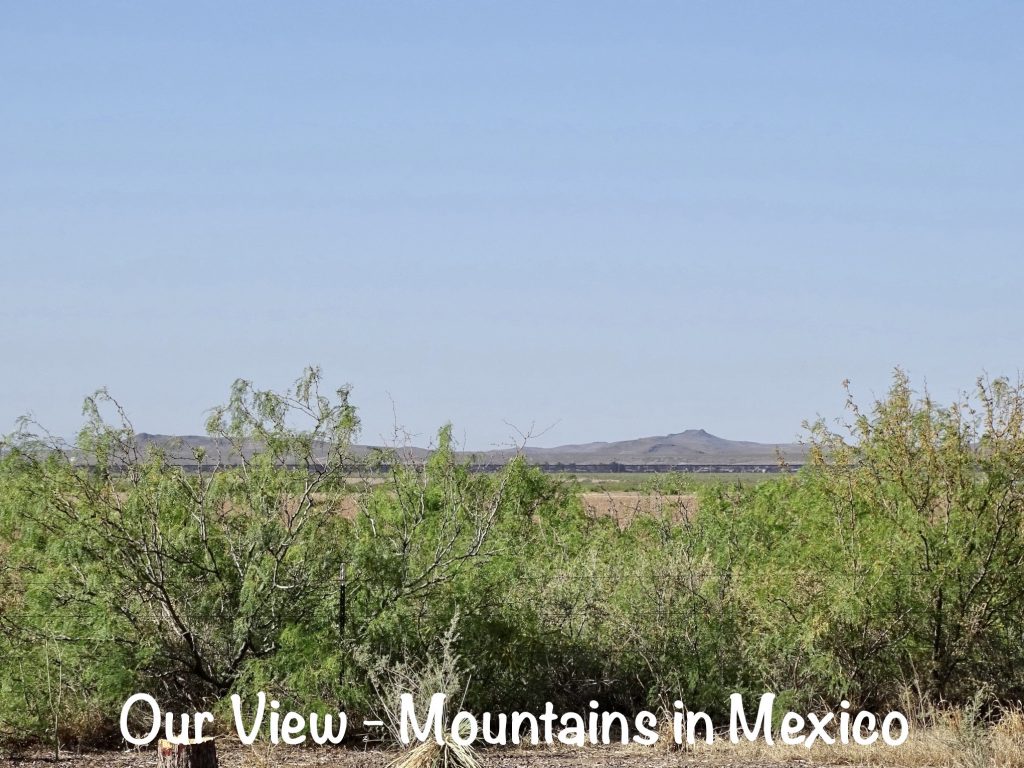
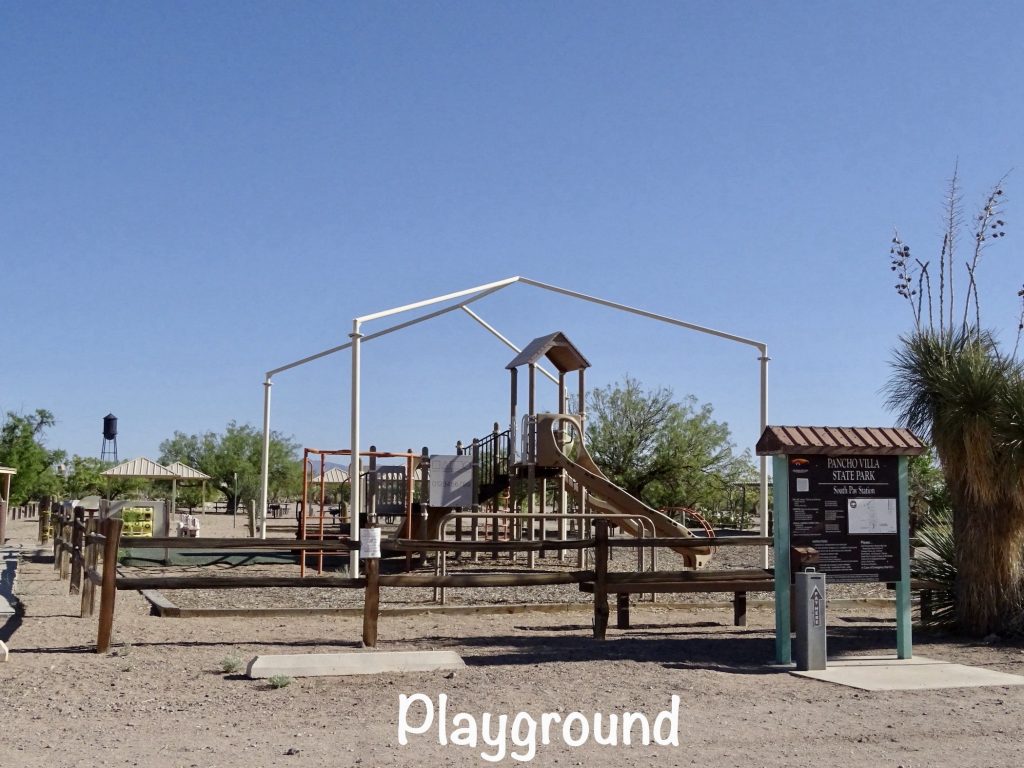
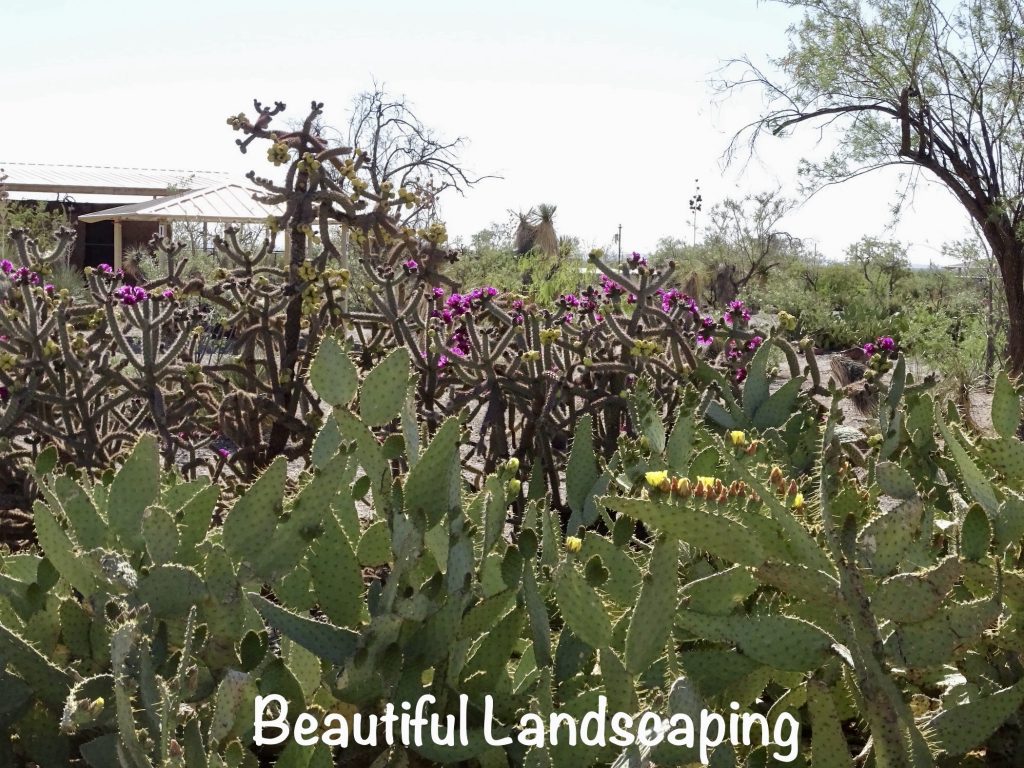
Well, there you go…another week on the road. Up next…Saguaros, Big Jets, and Gun Fights. See you on the path!
Talisa
P. S. Thanks for reading! Use the buttons at the top right or bottom to be notified of new posts and please SHARE, SHARE, SHARE on social media!
